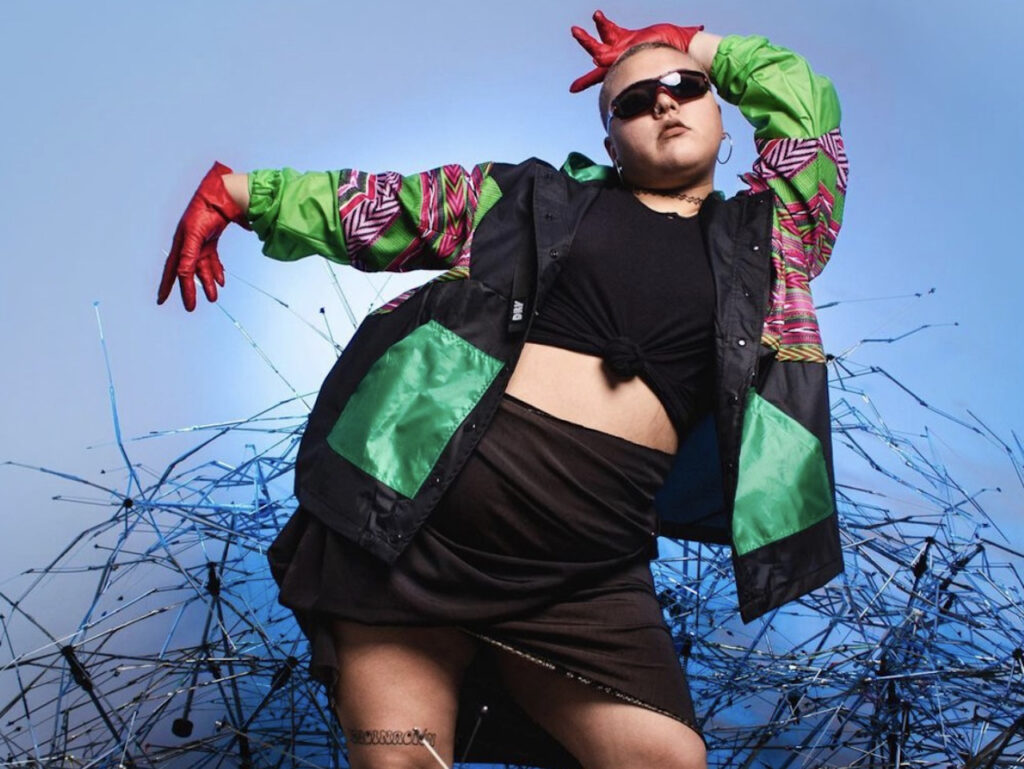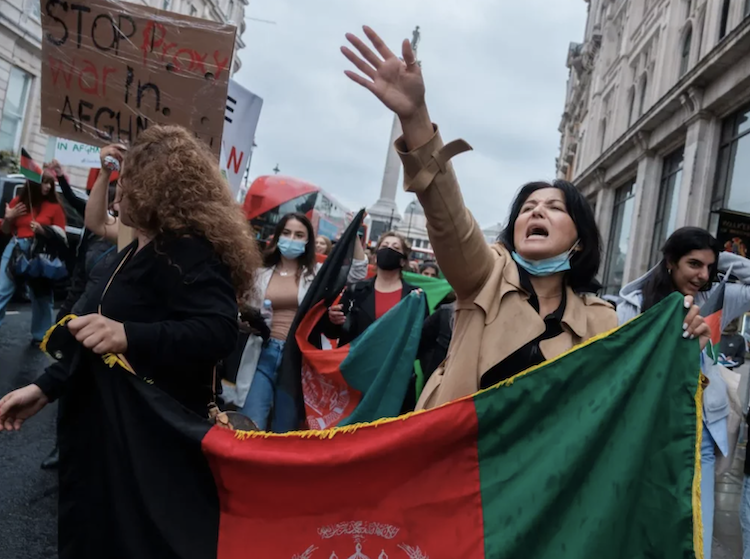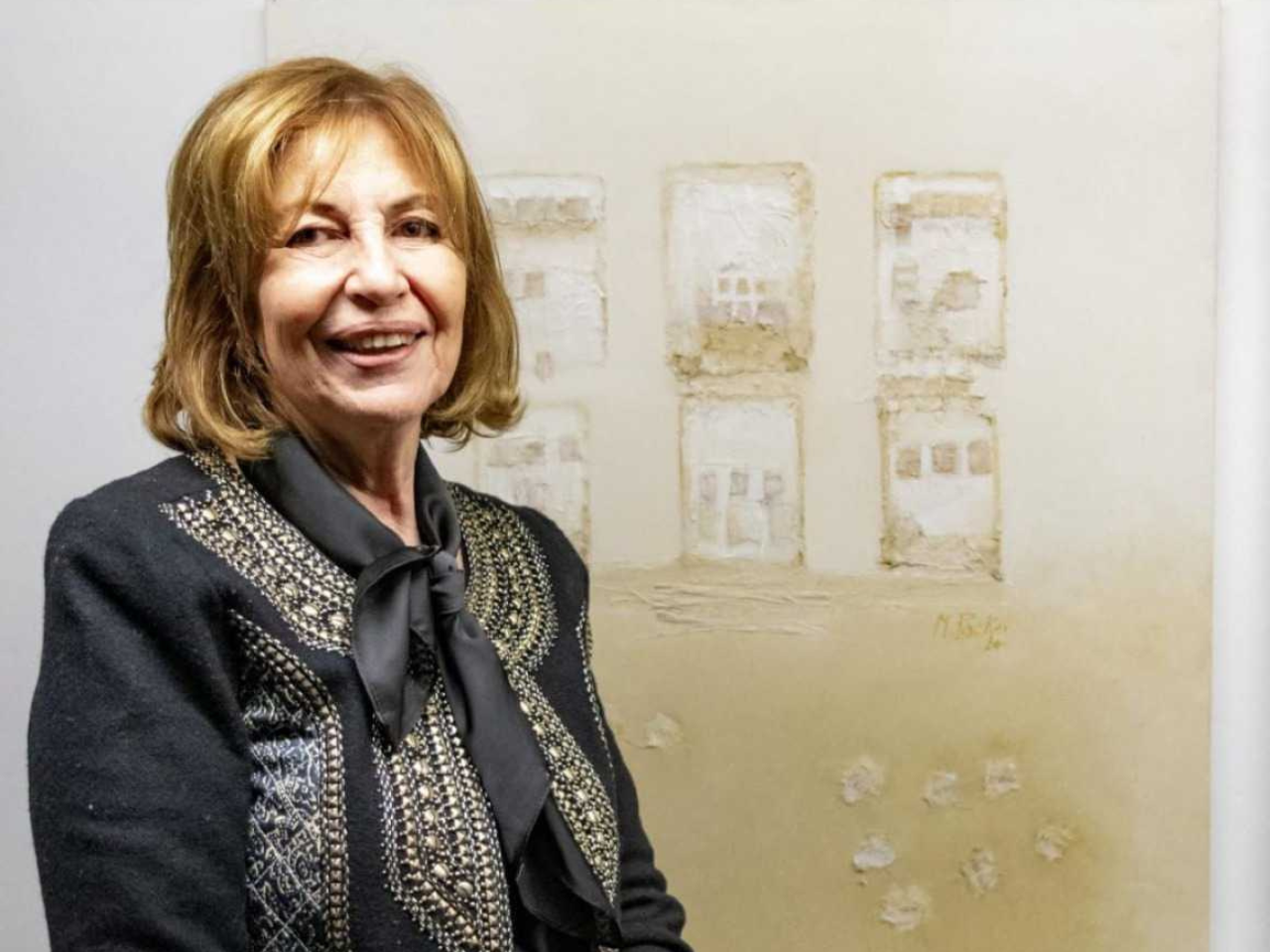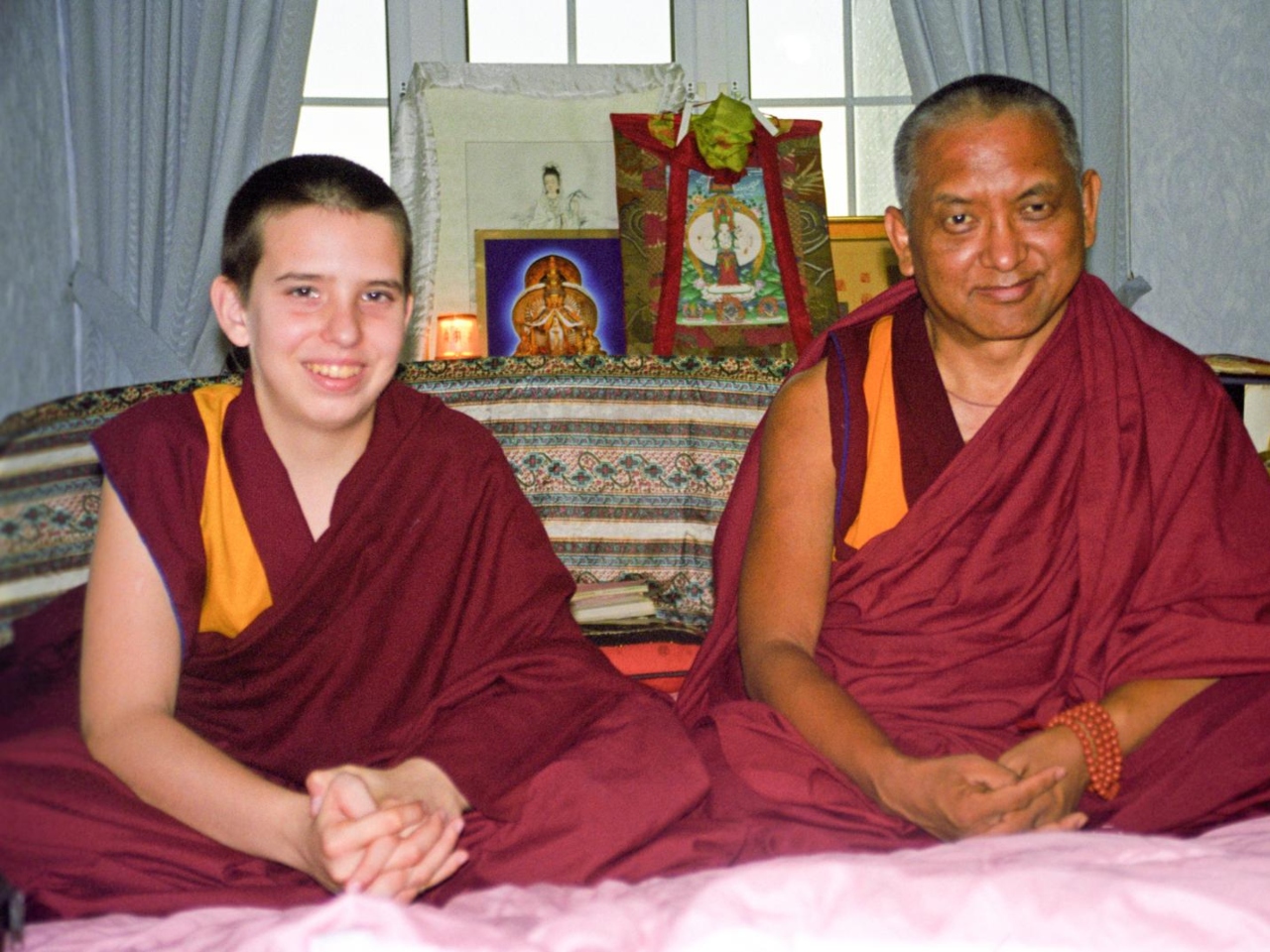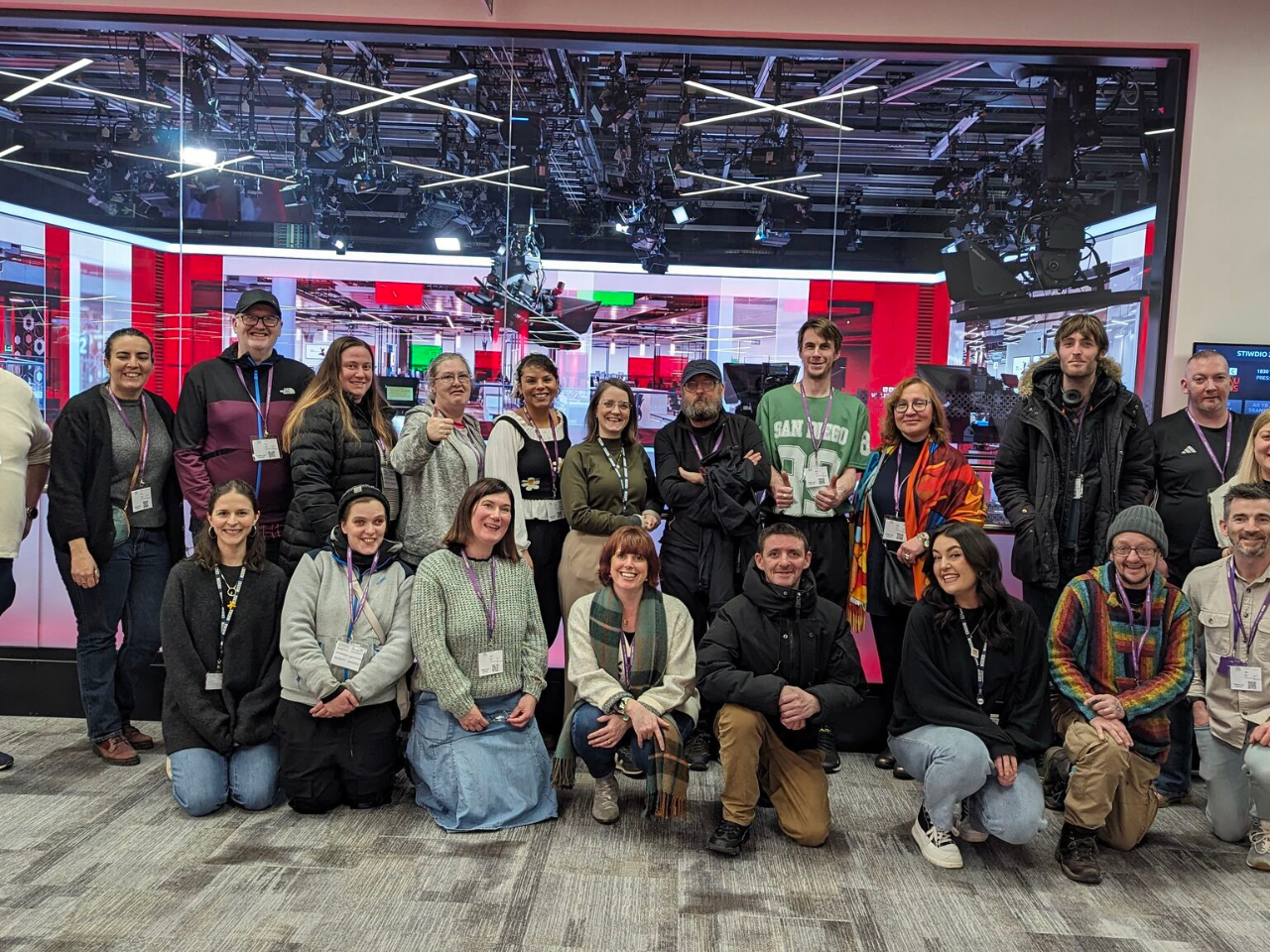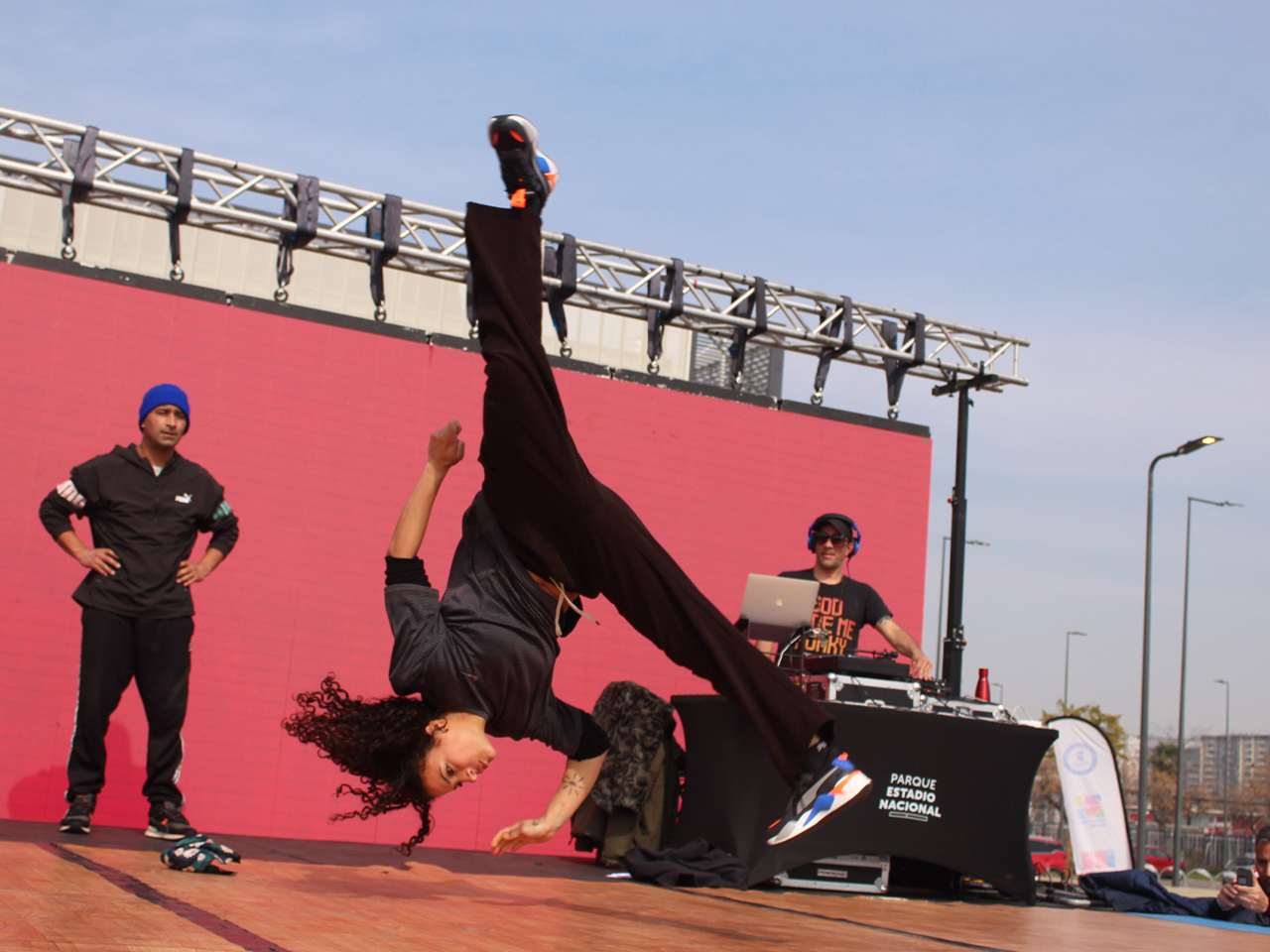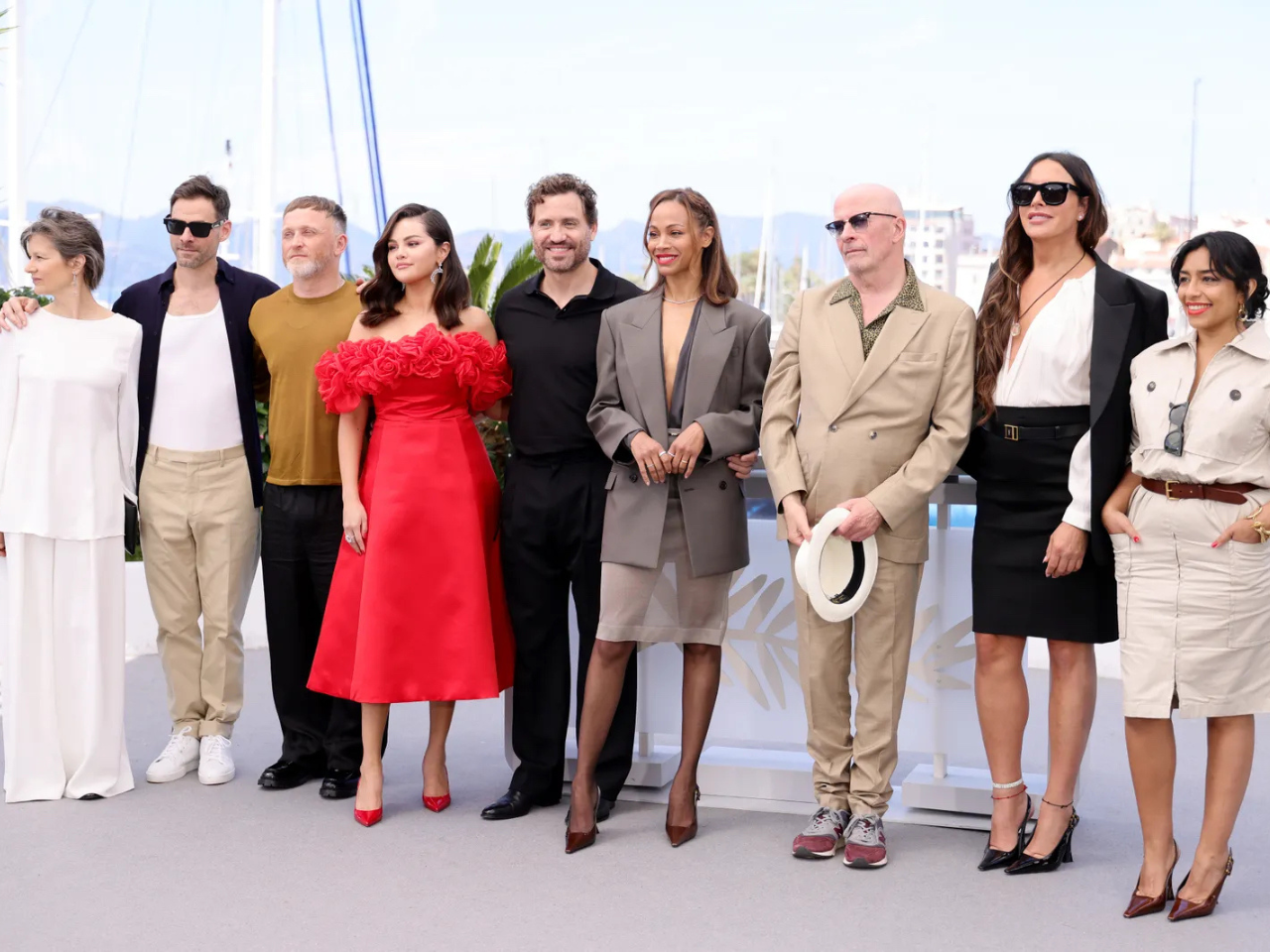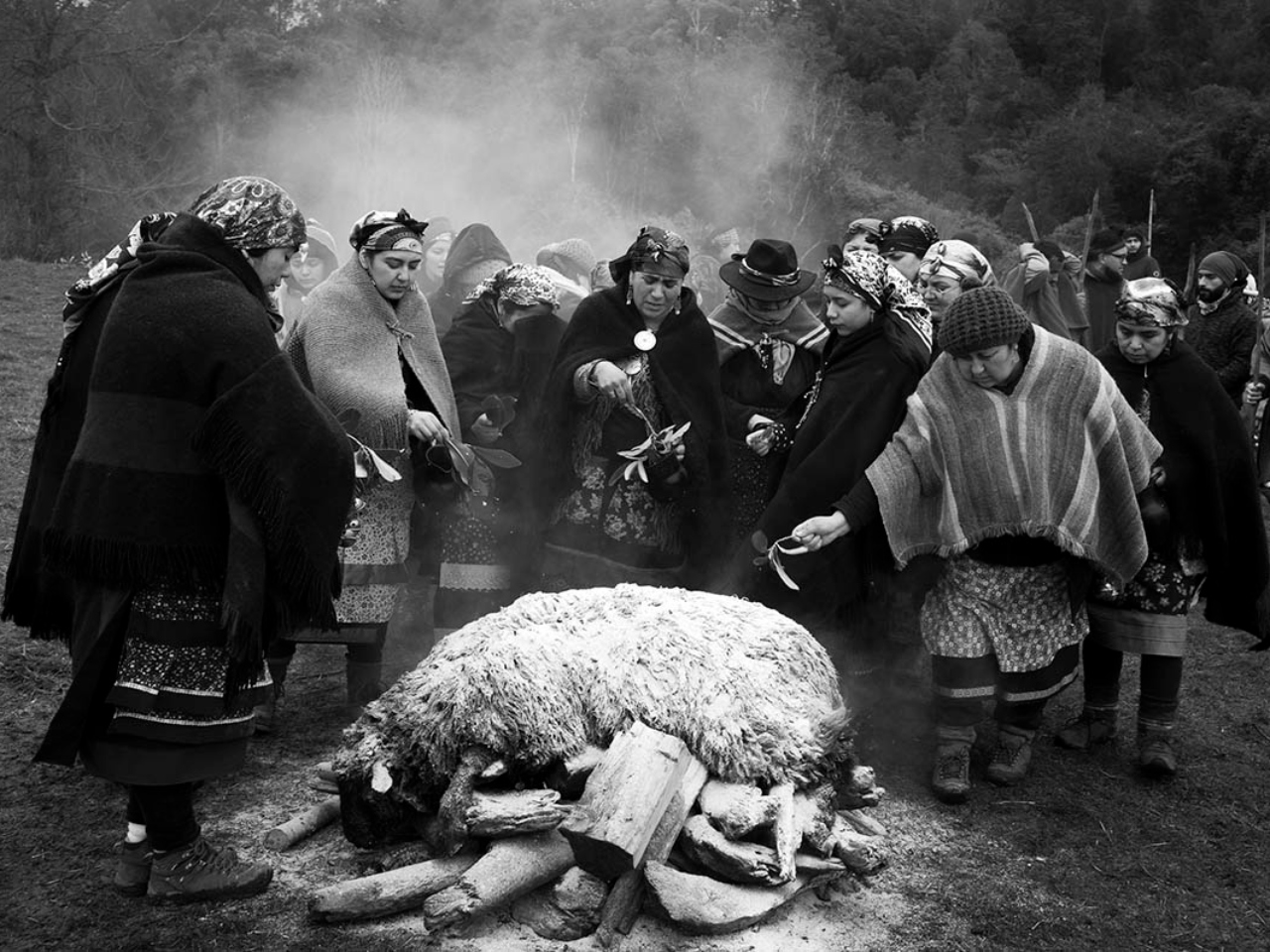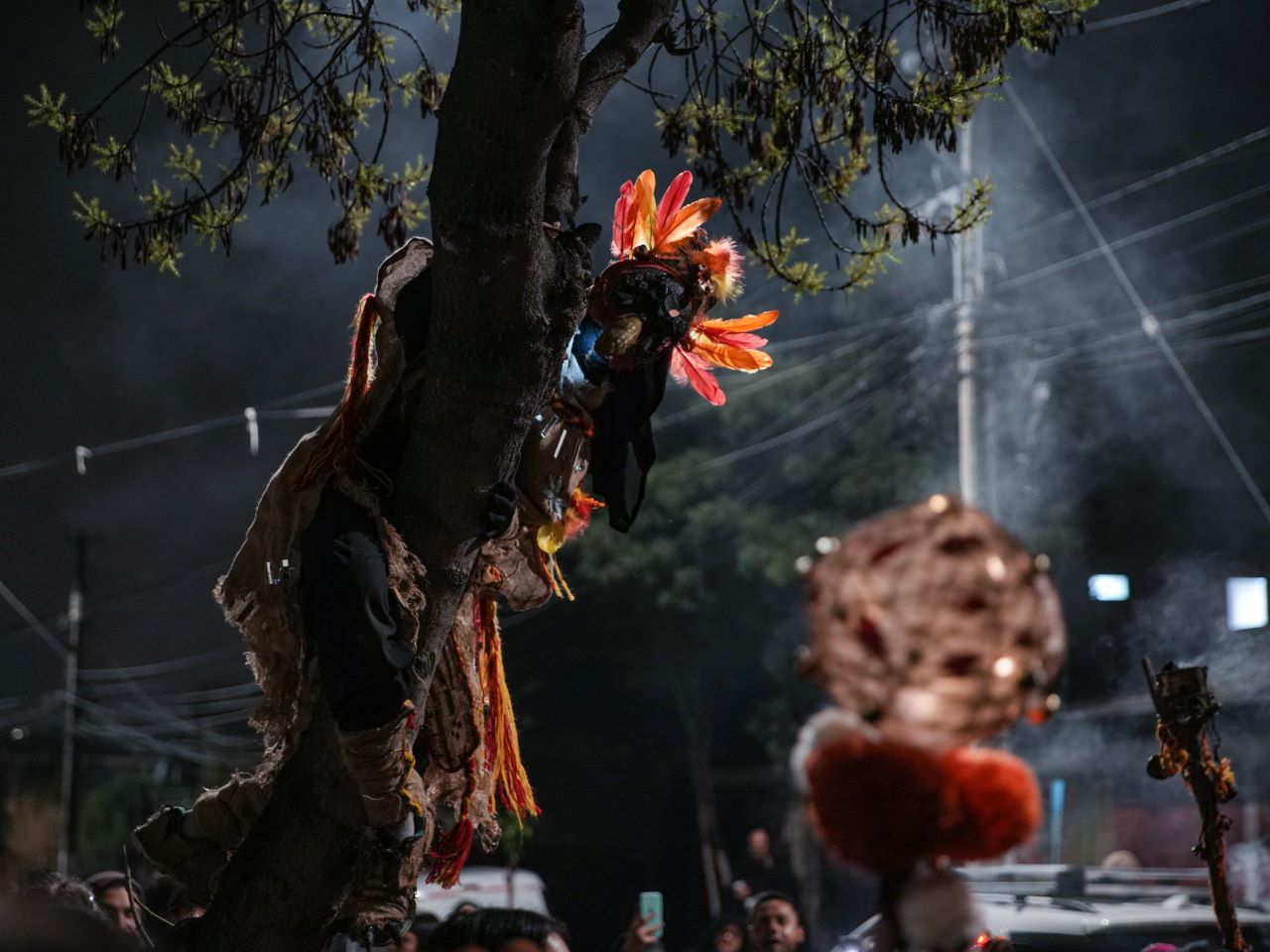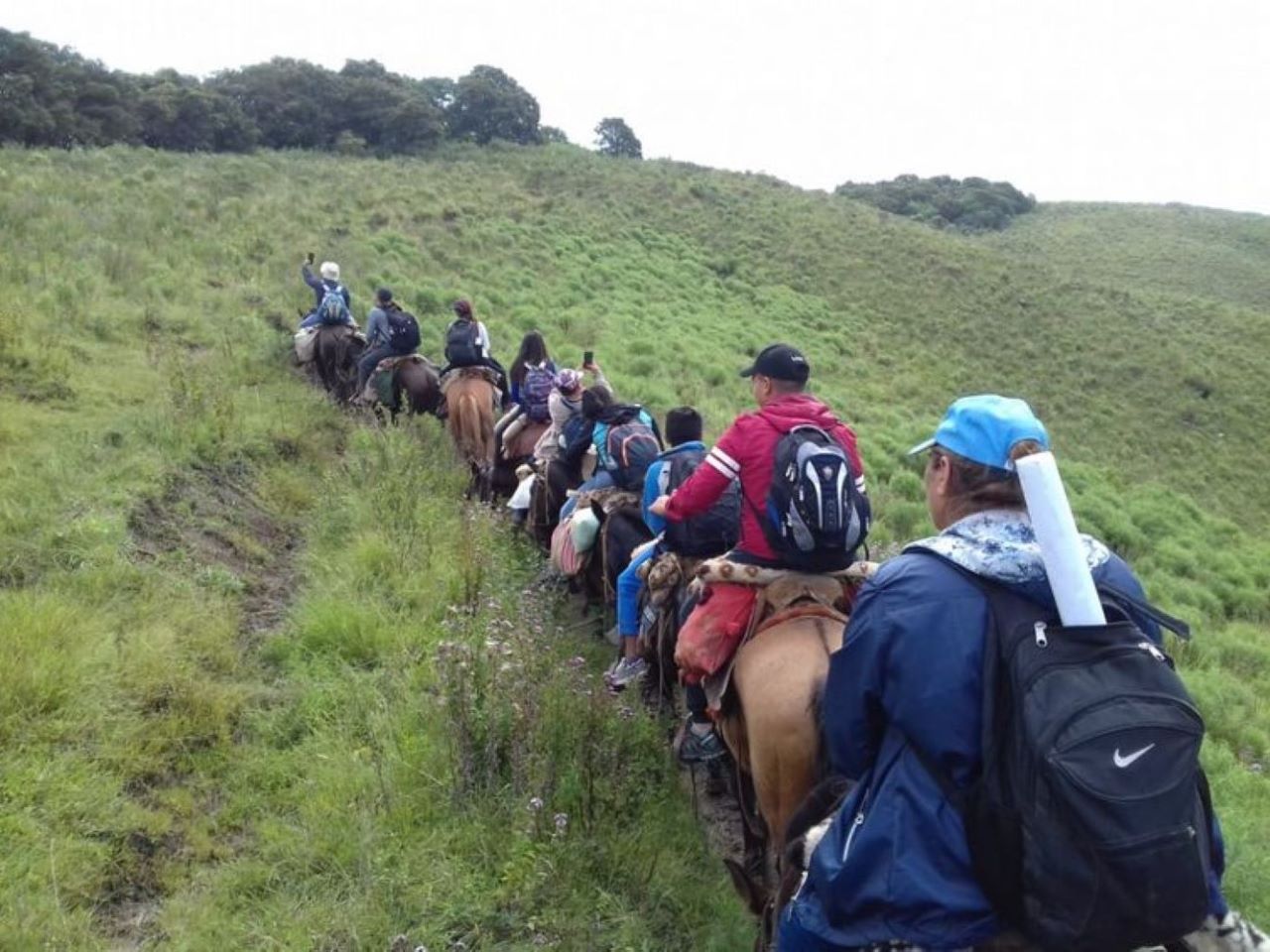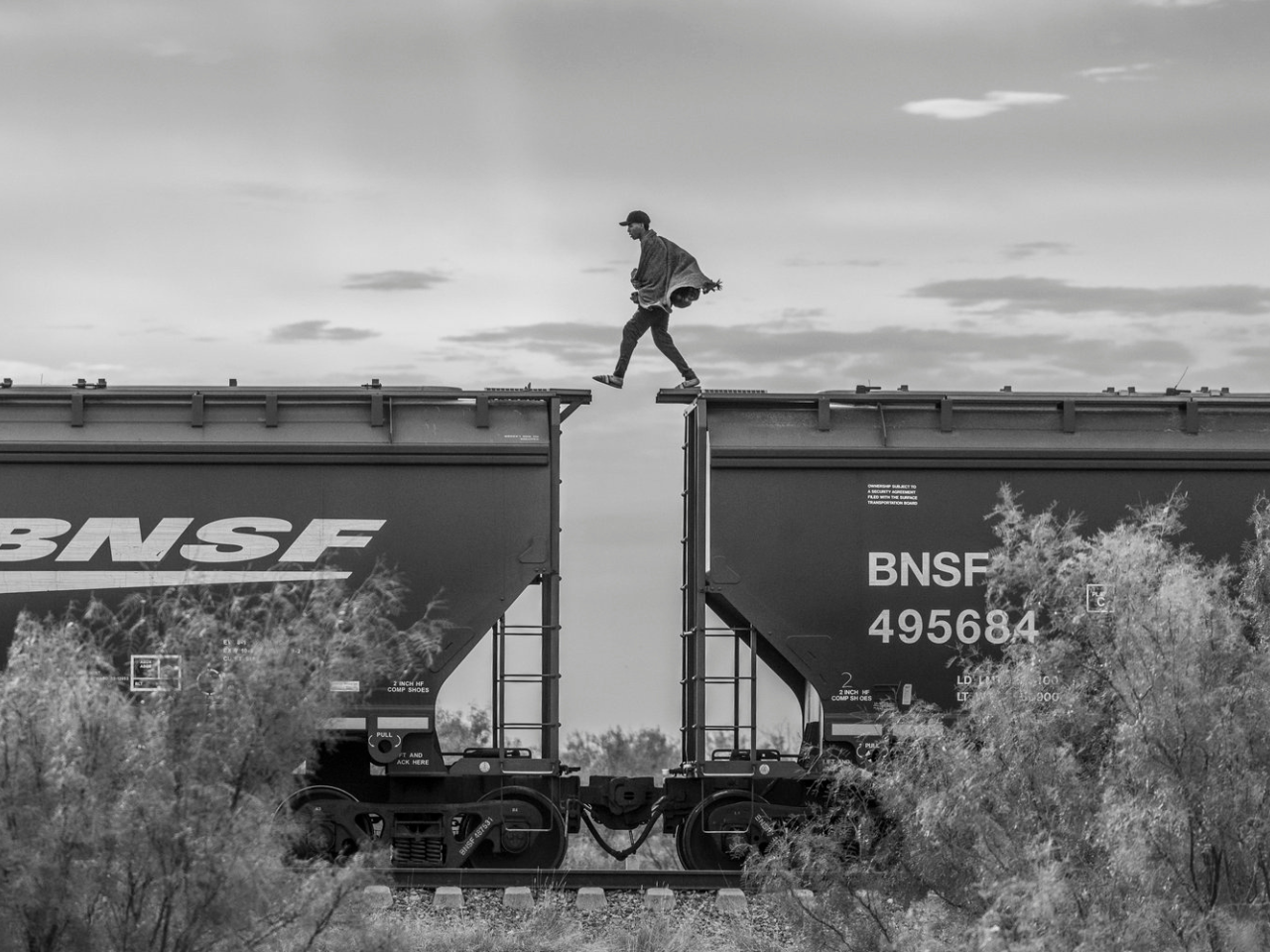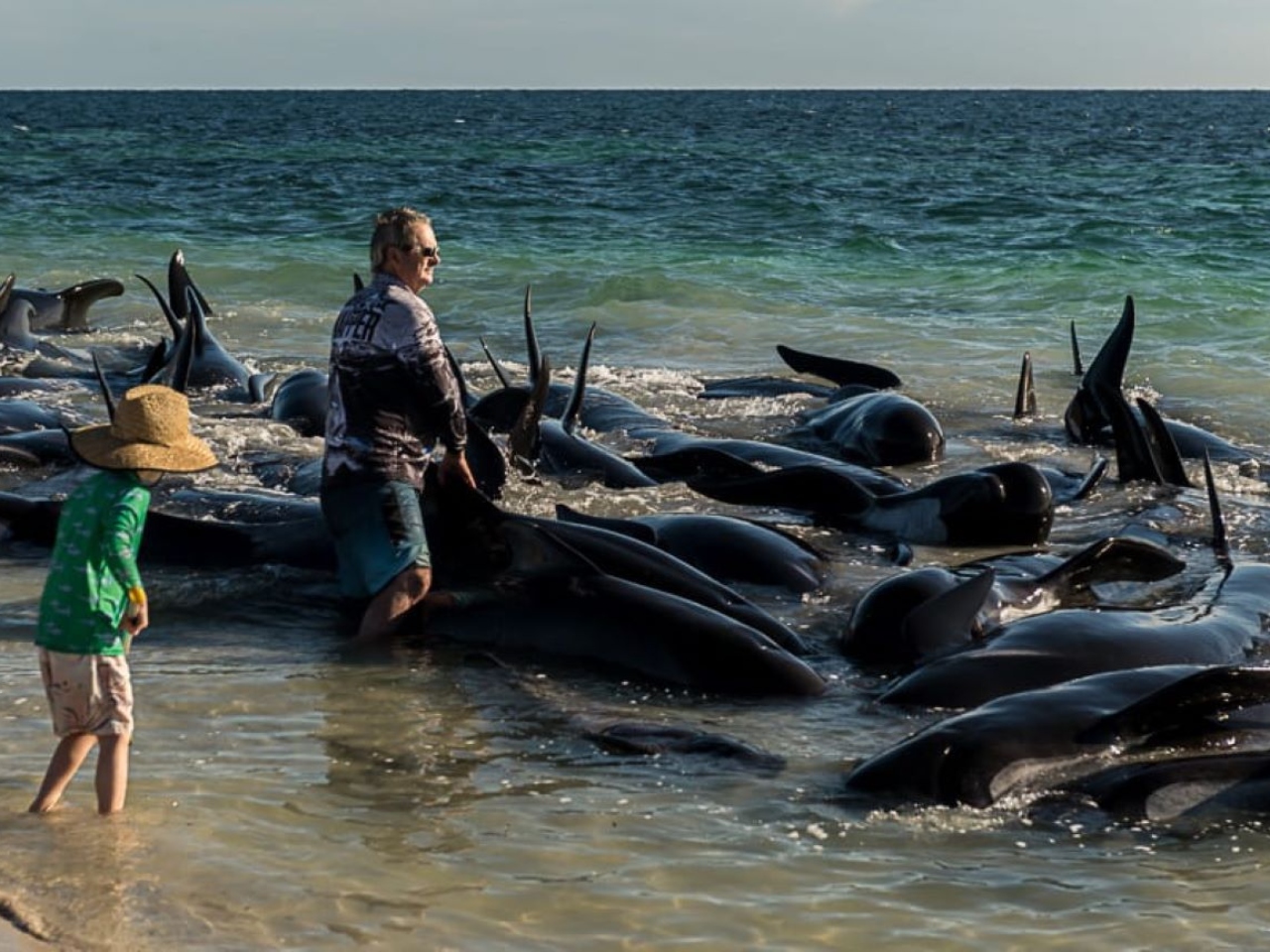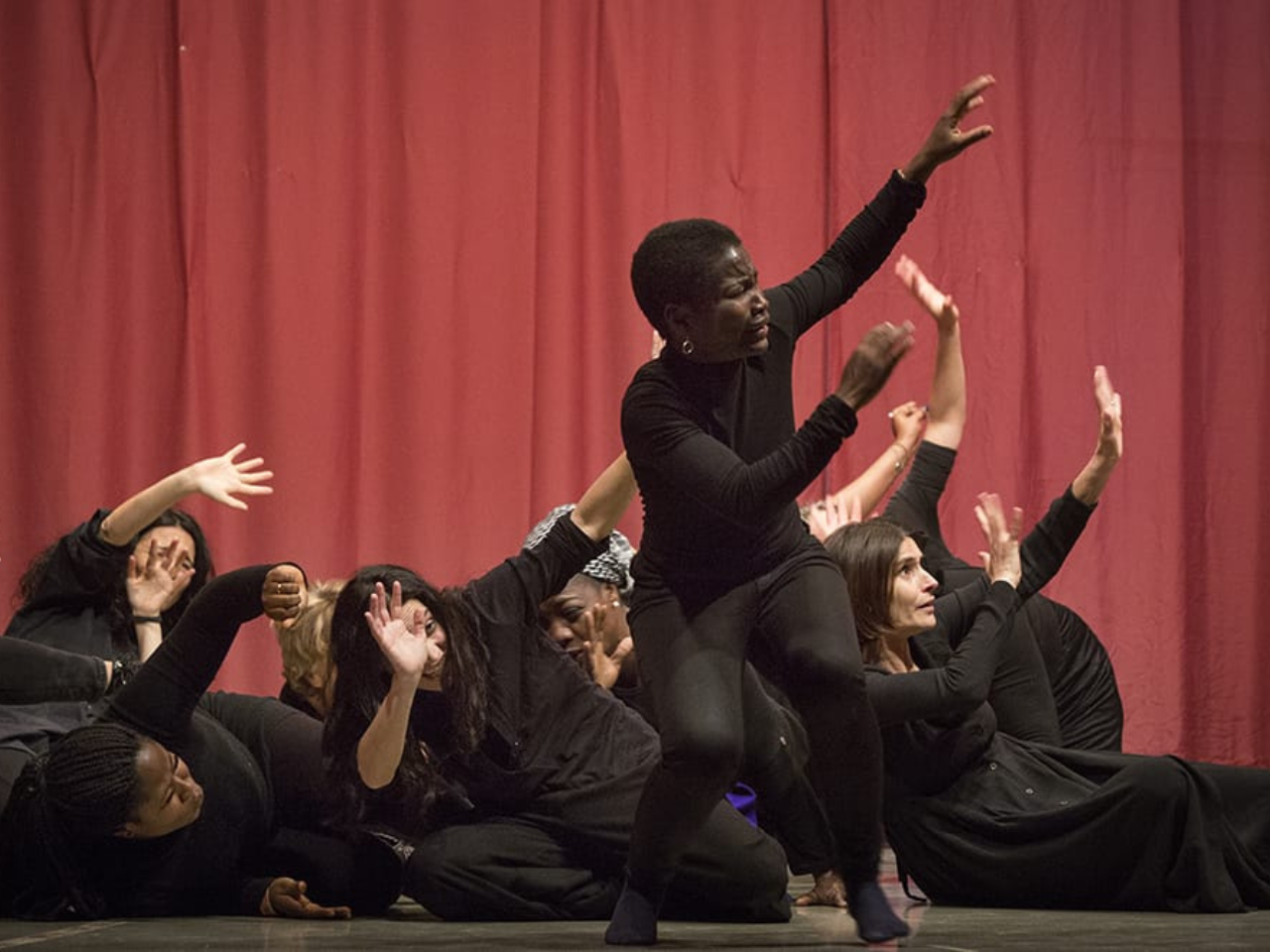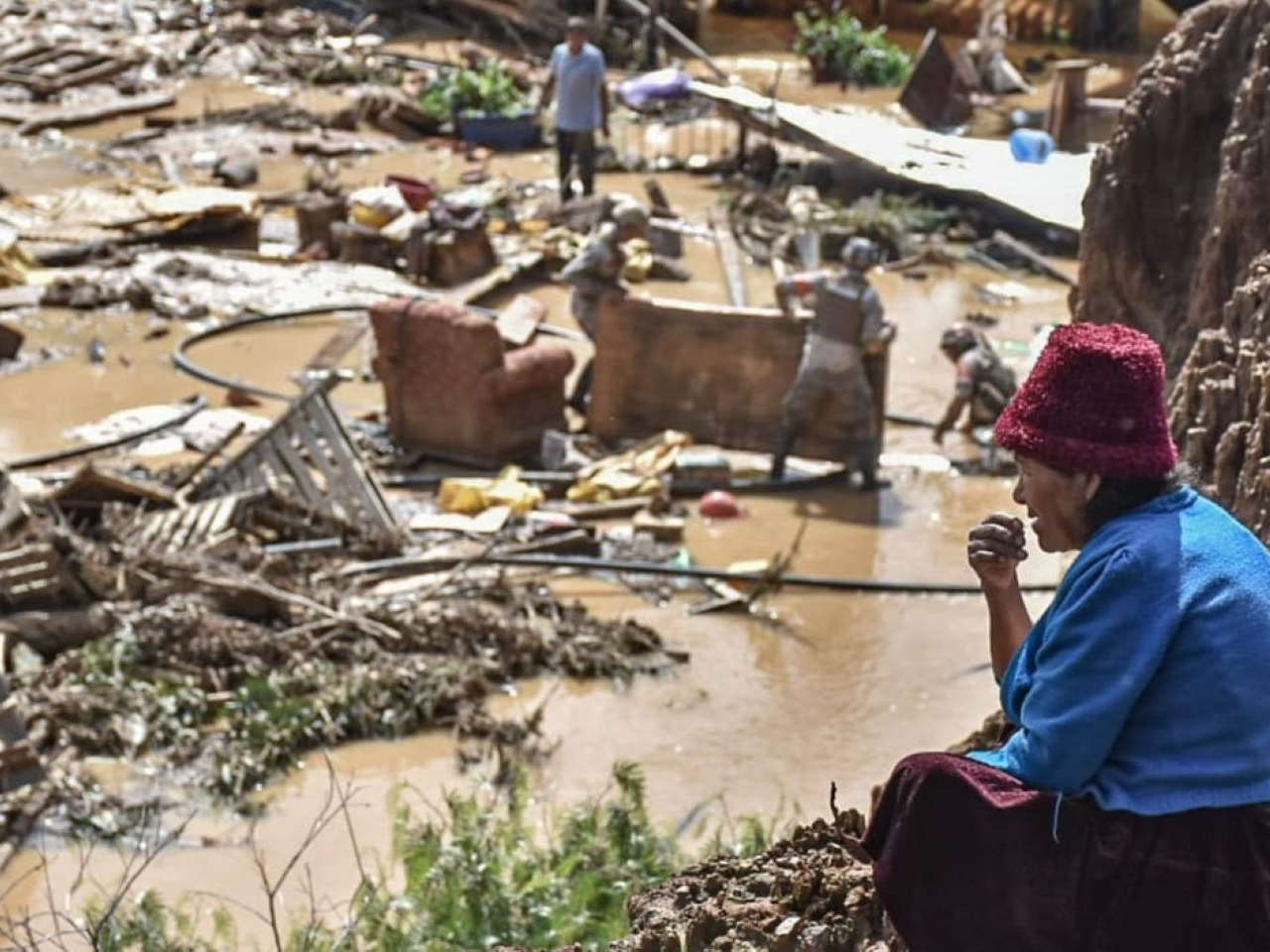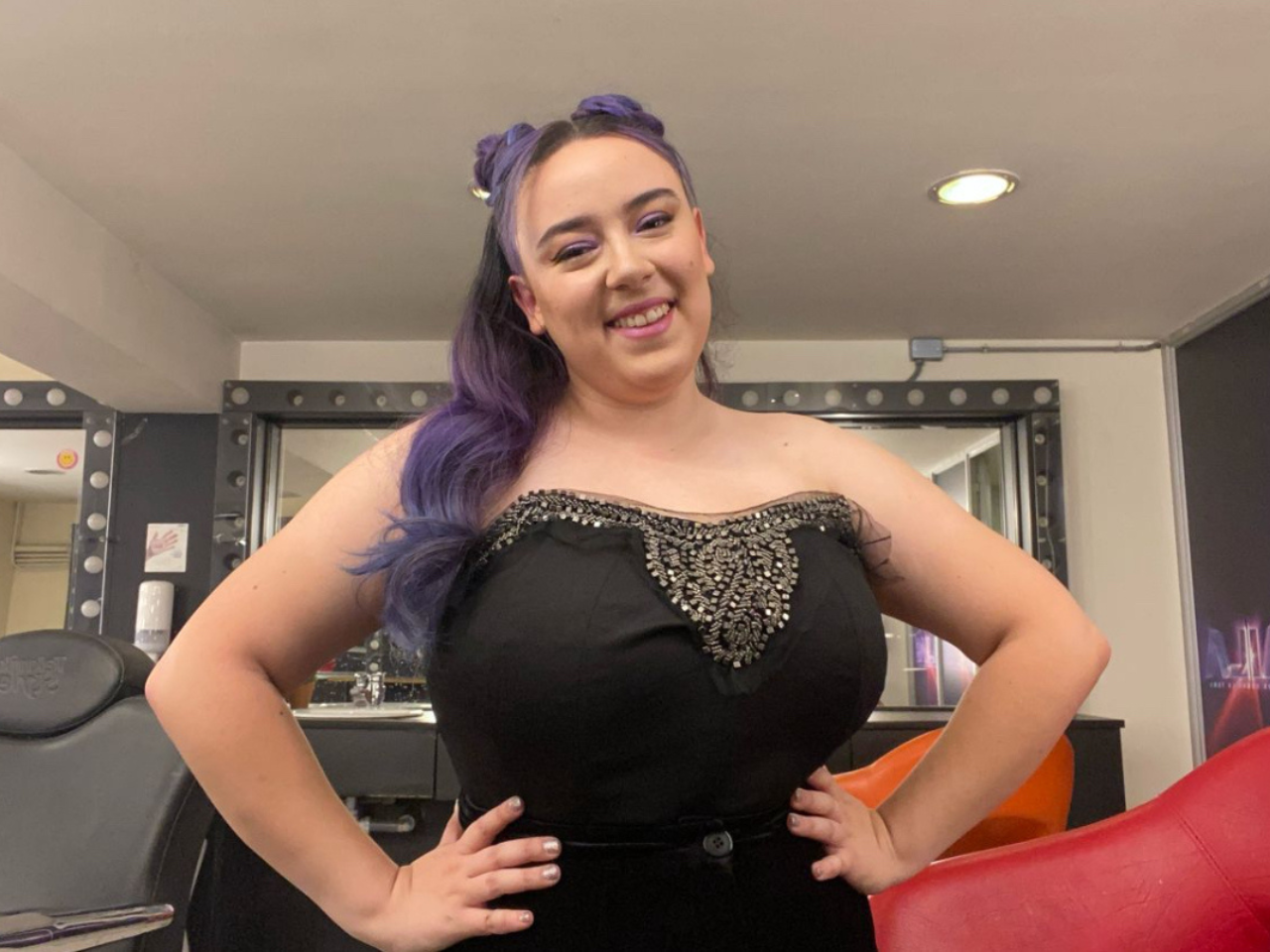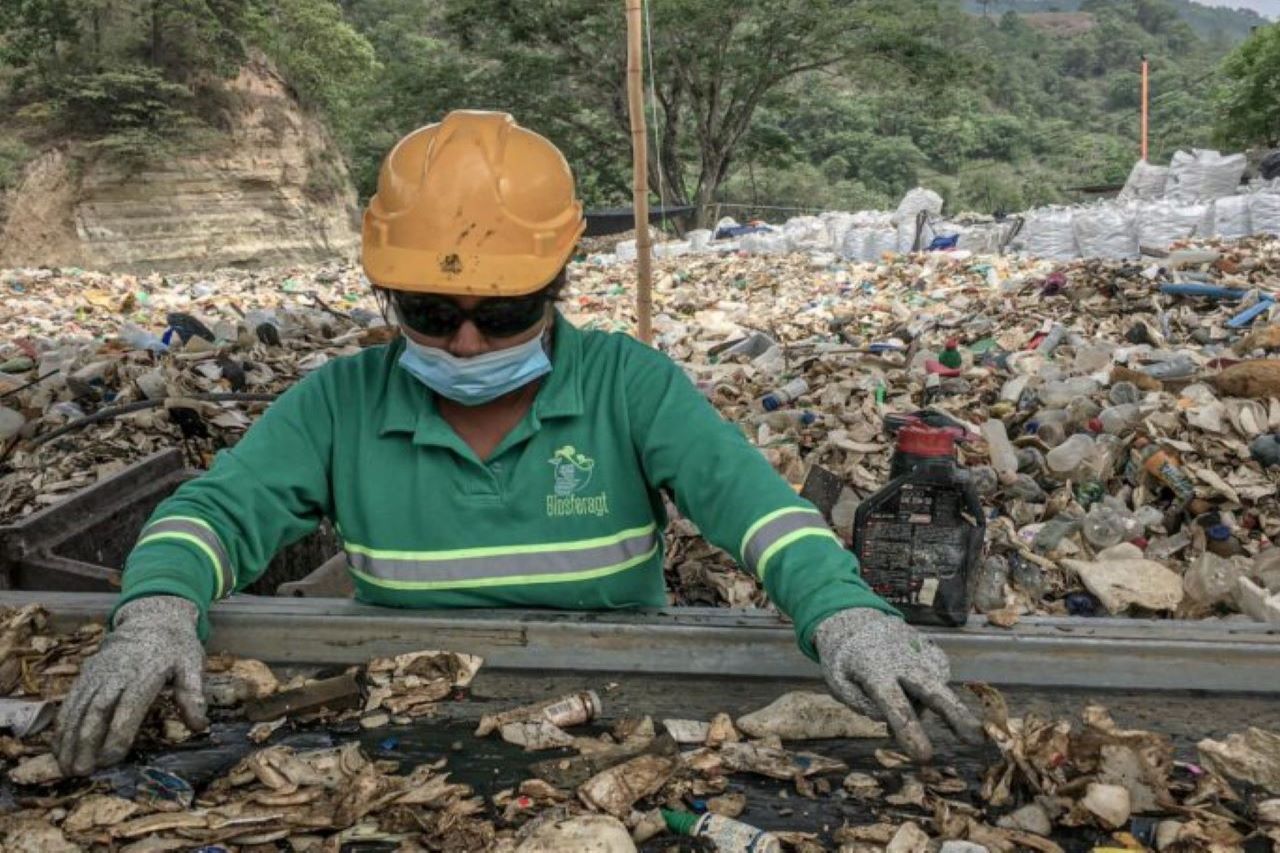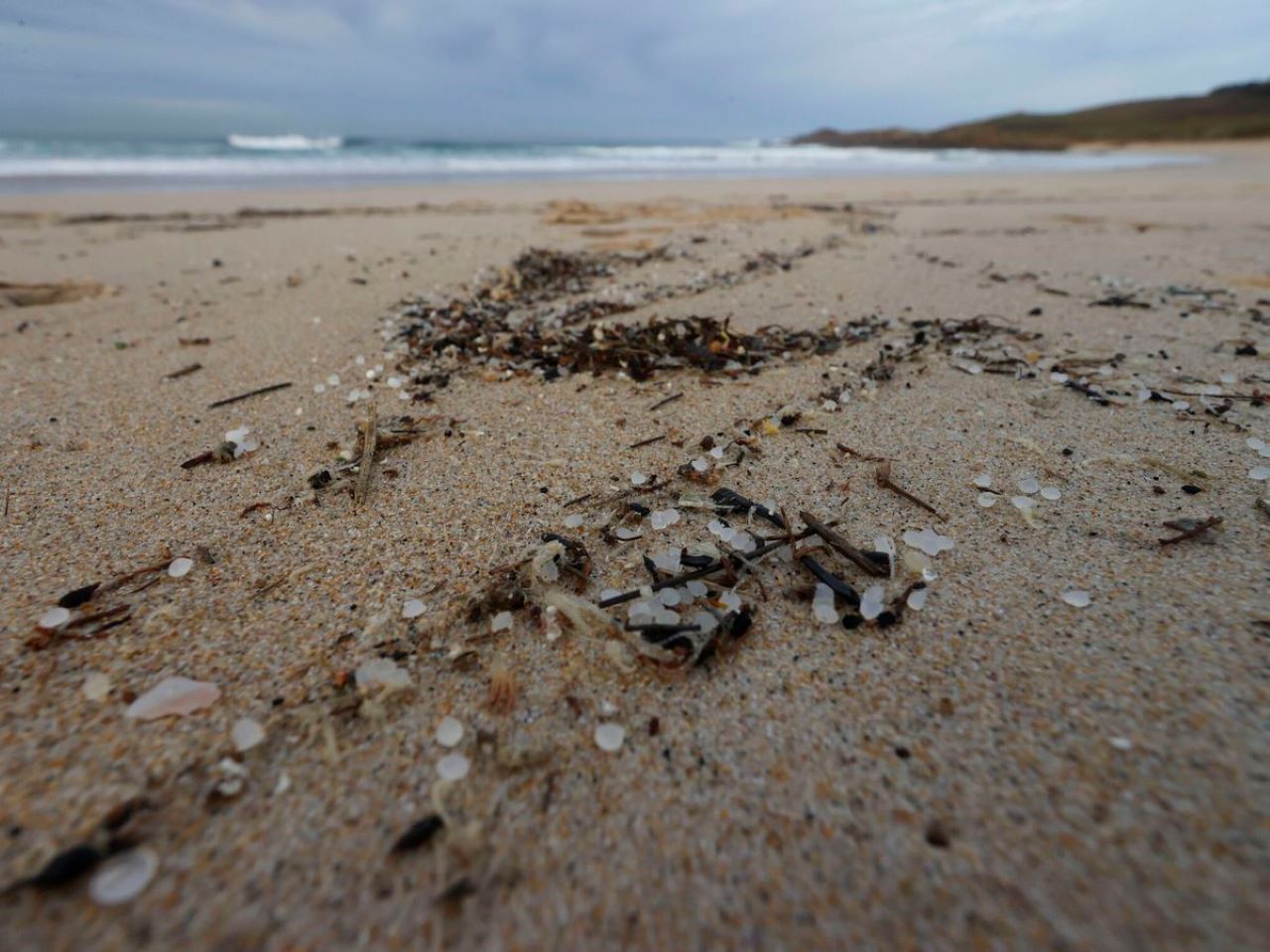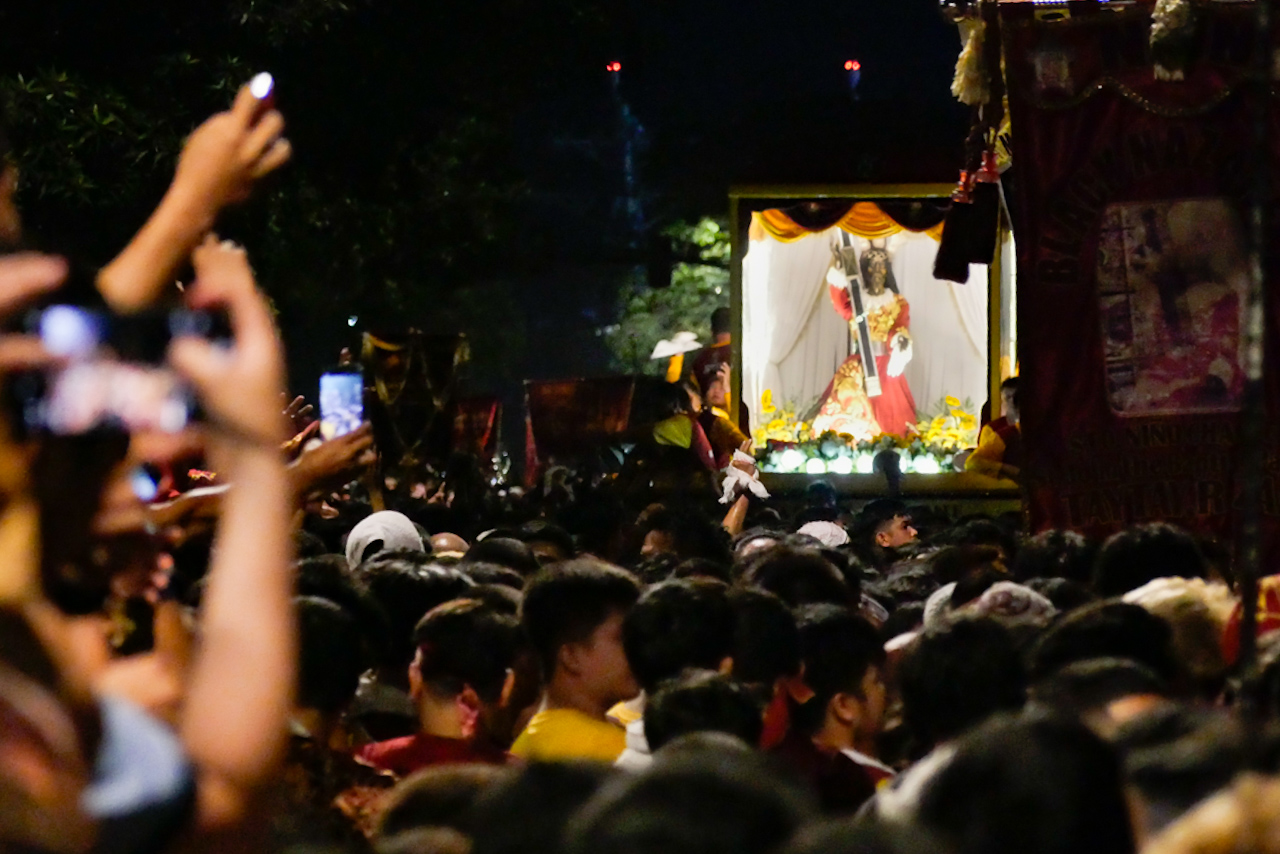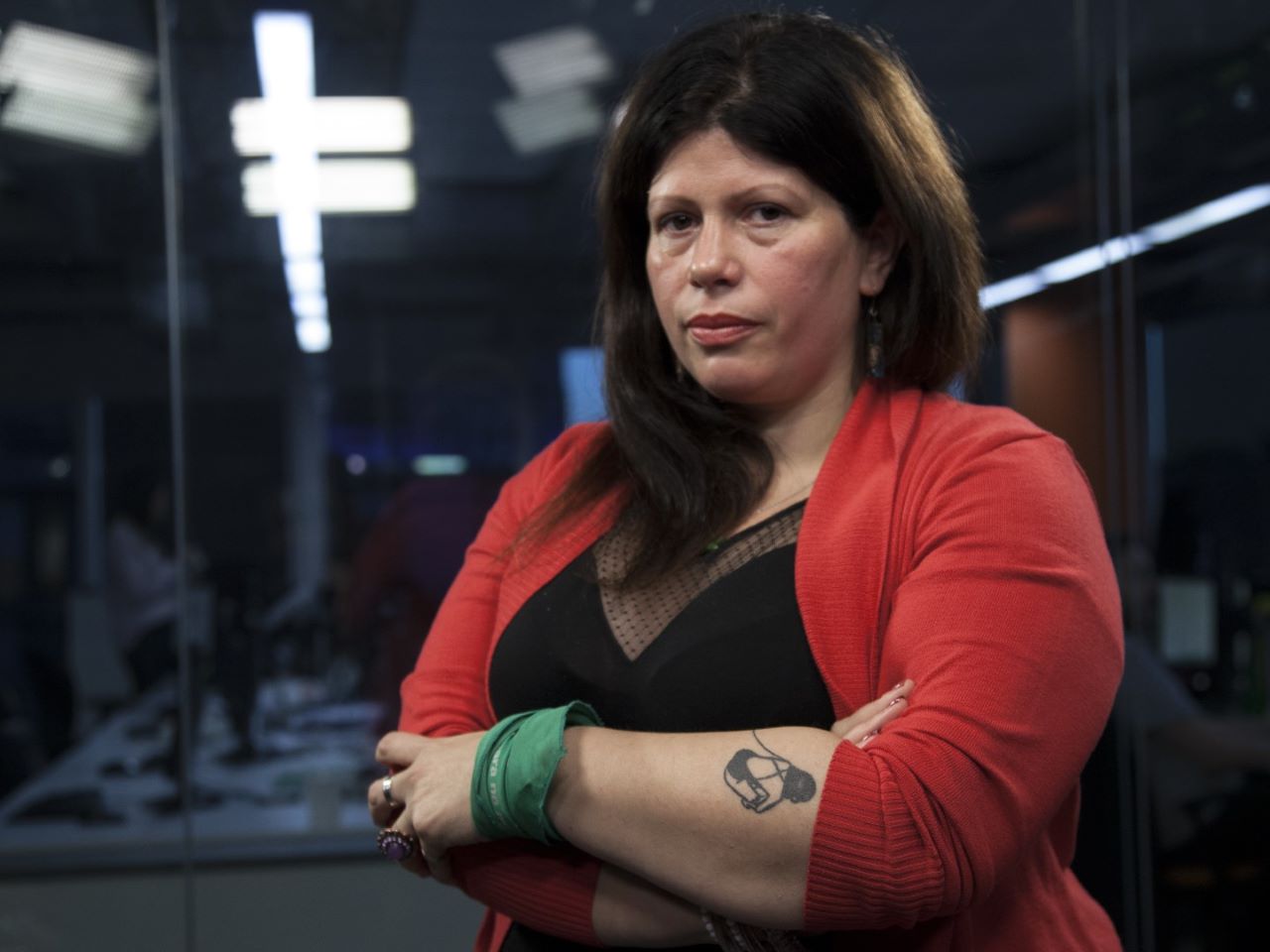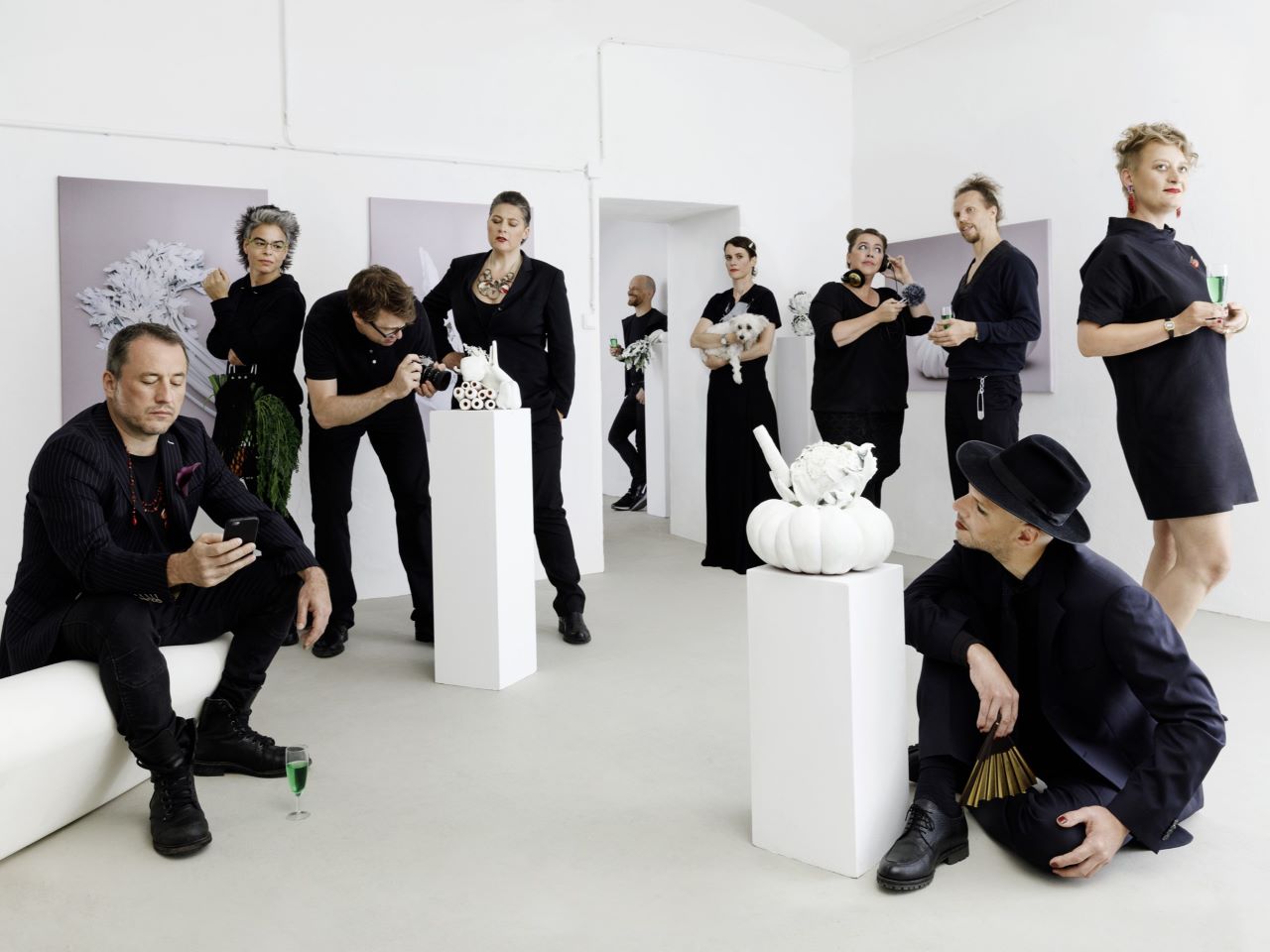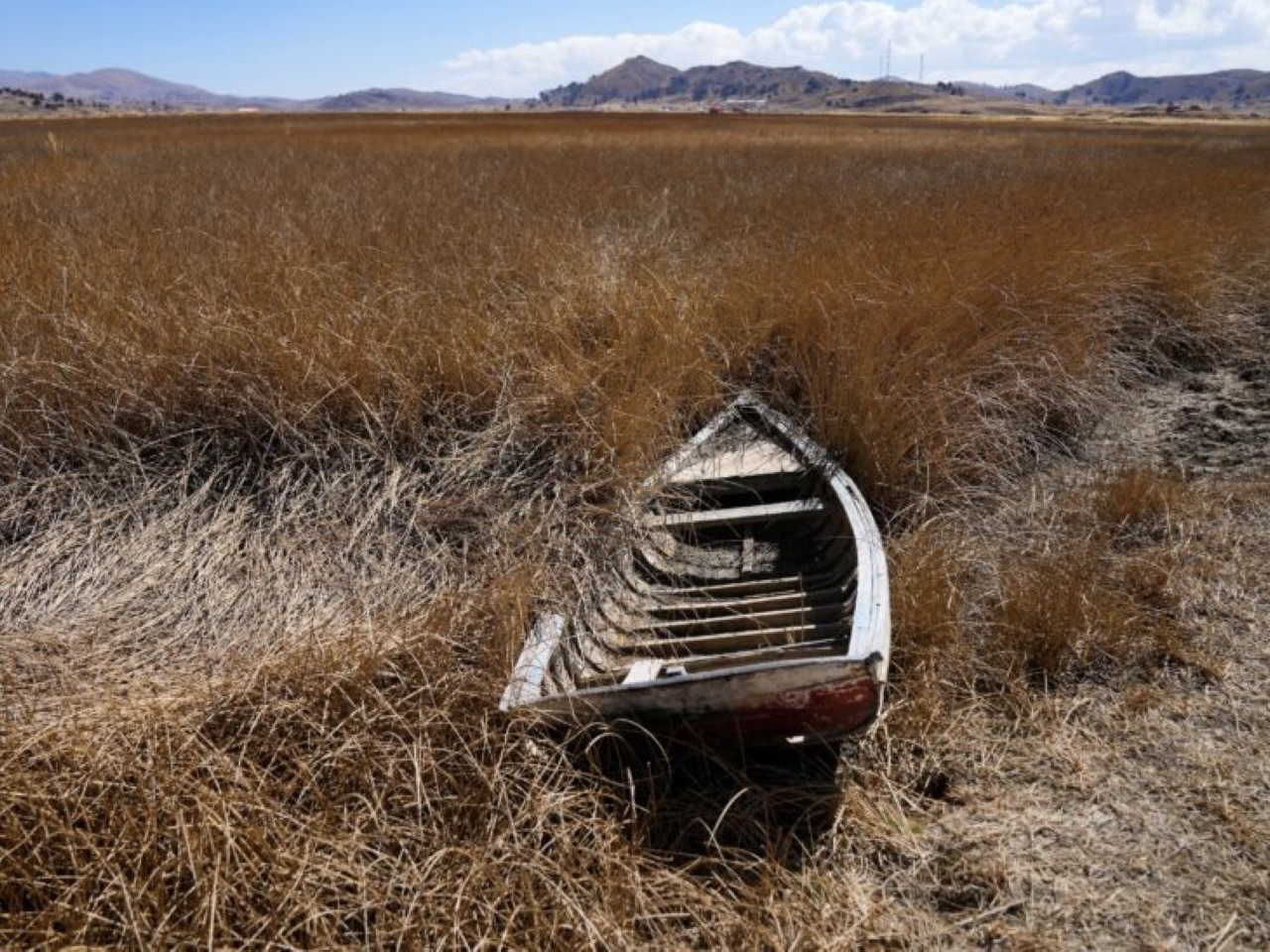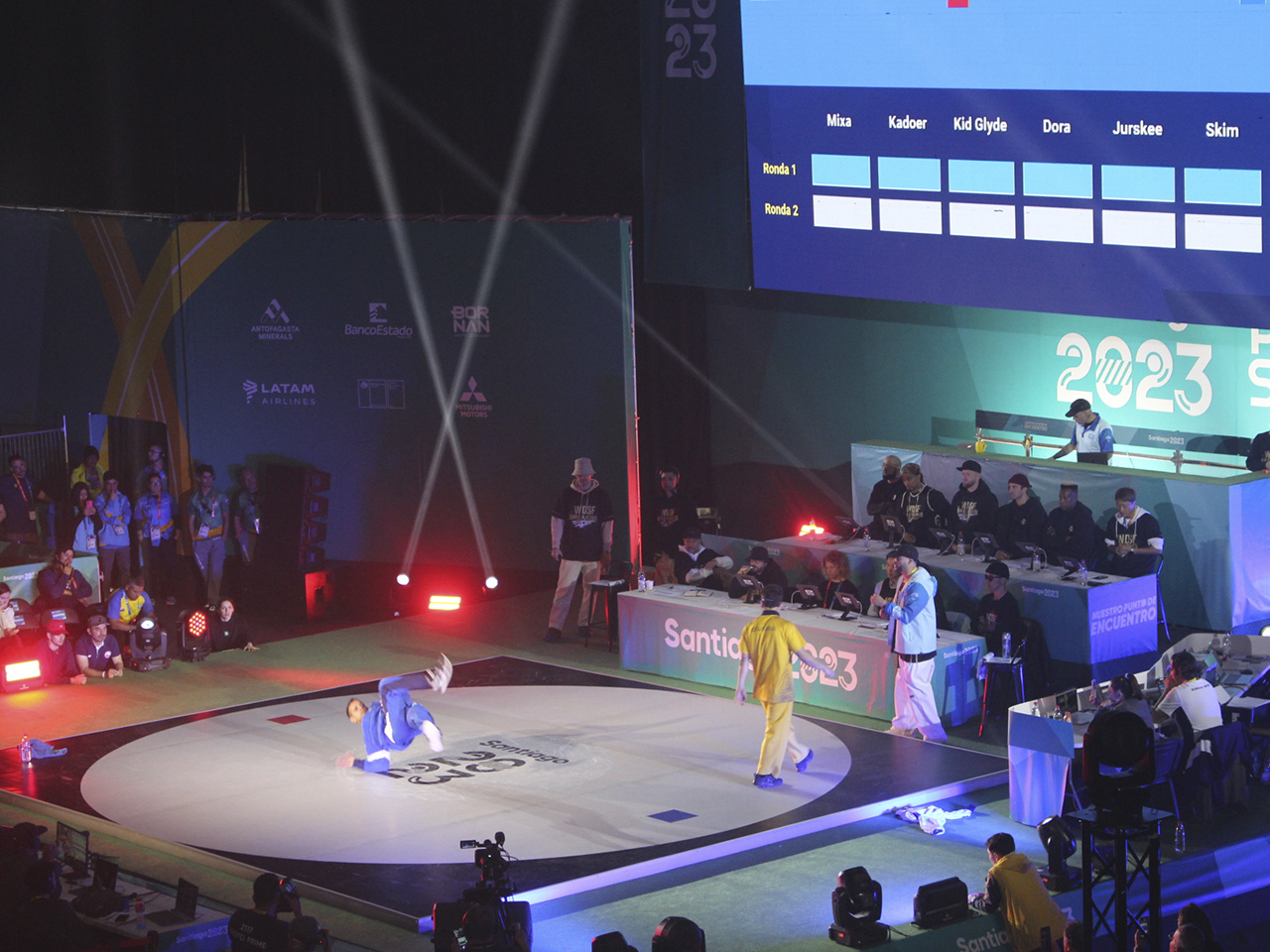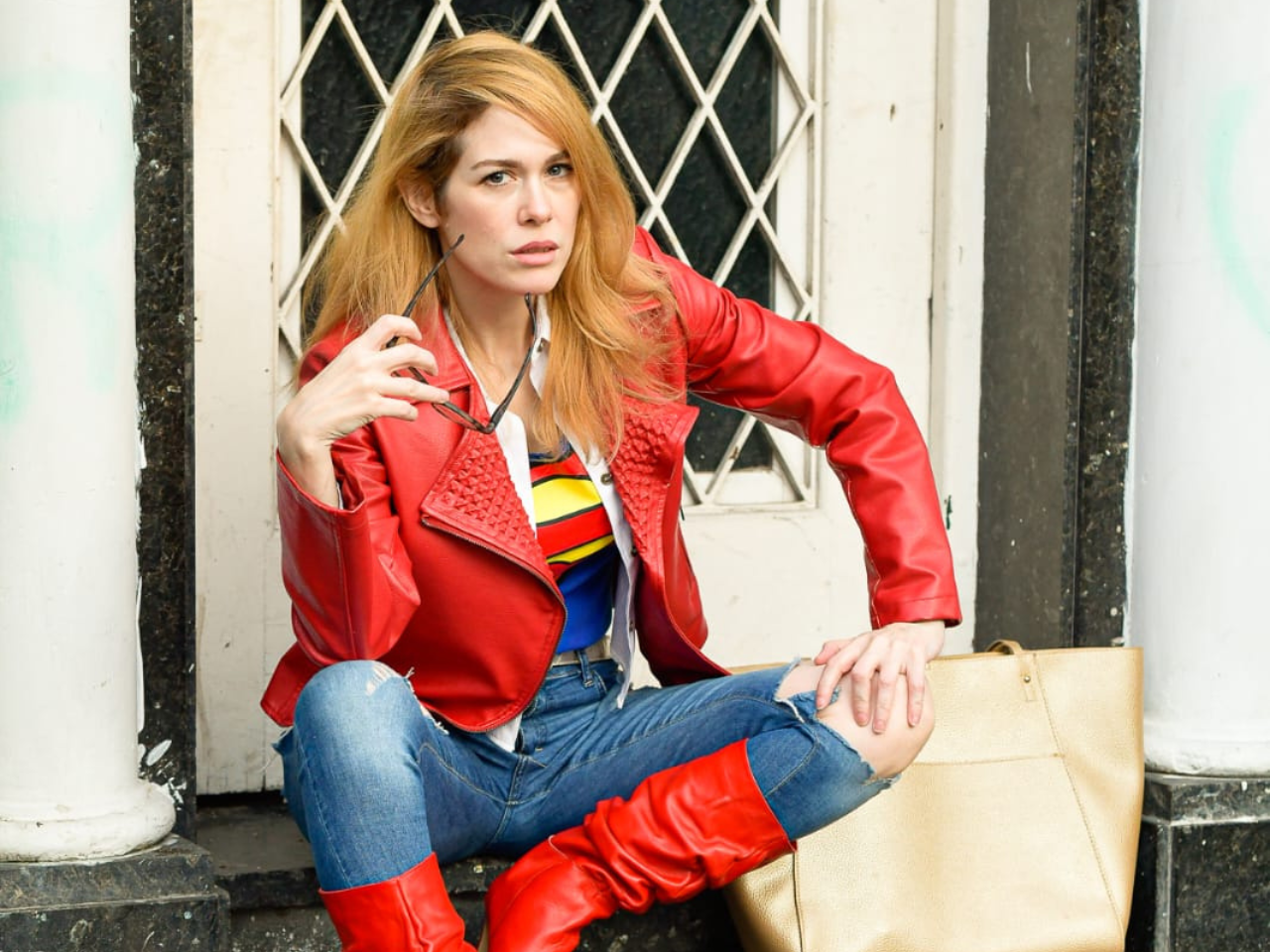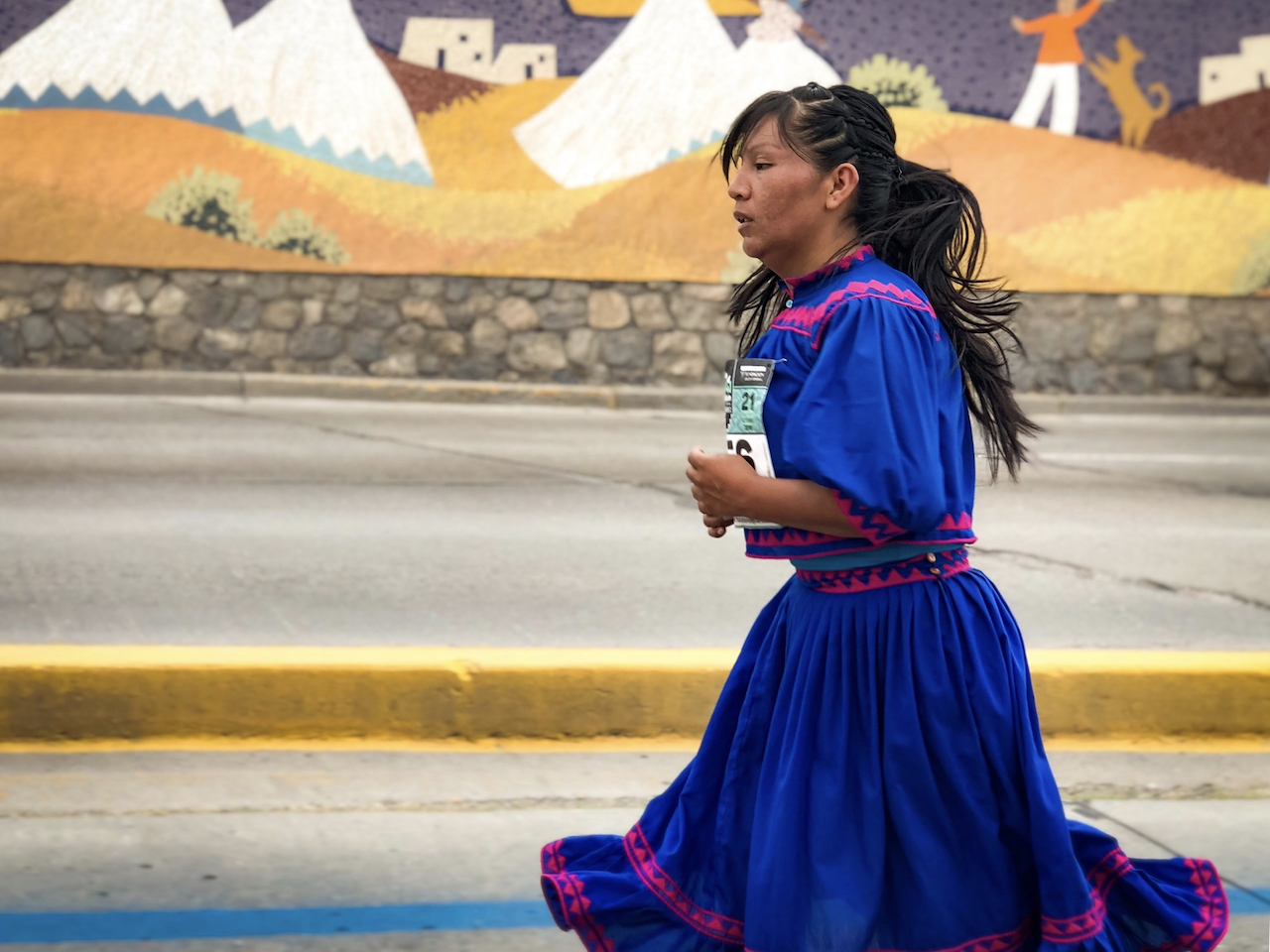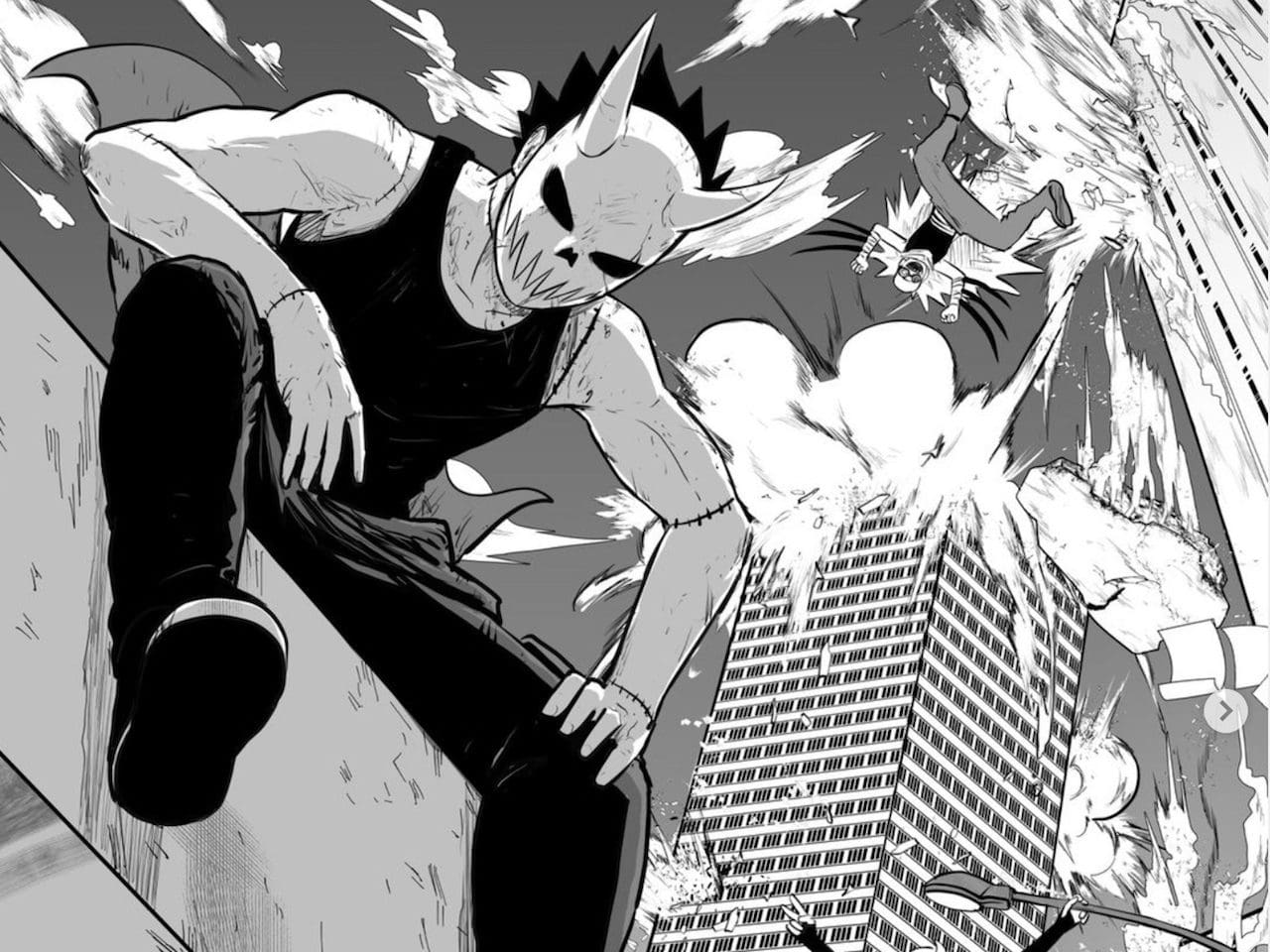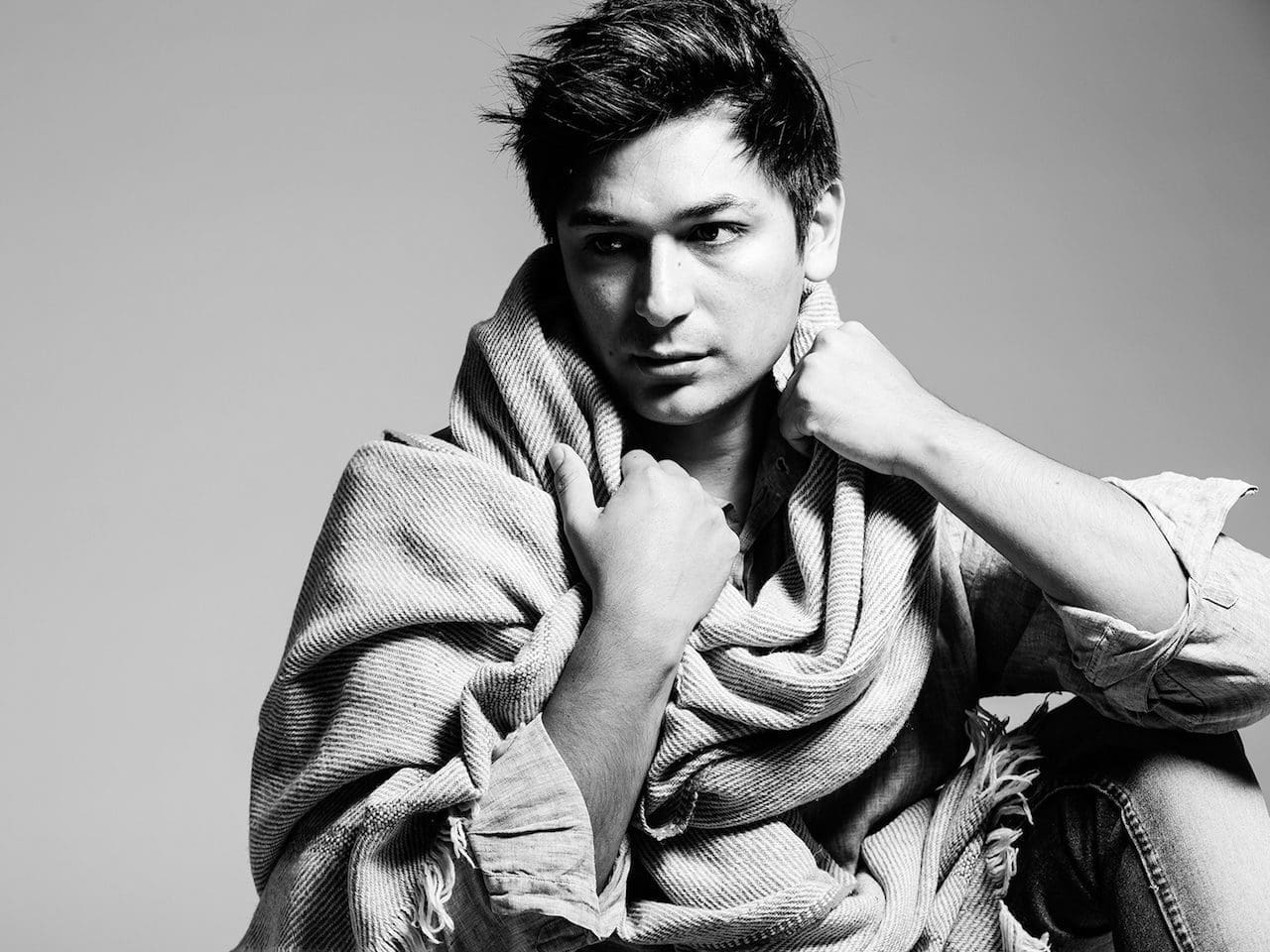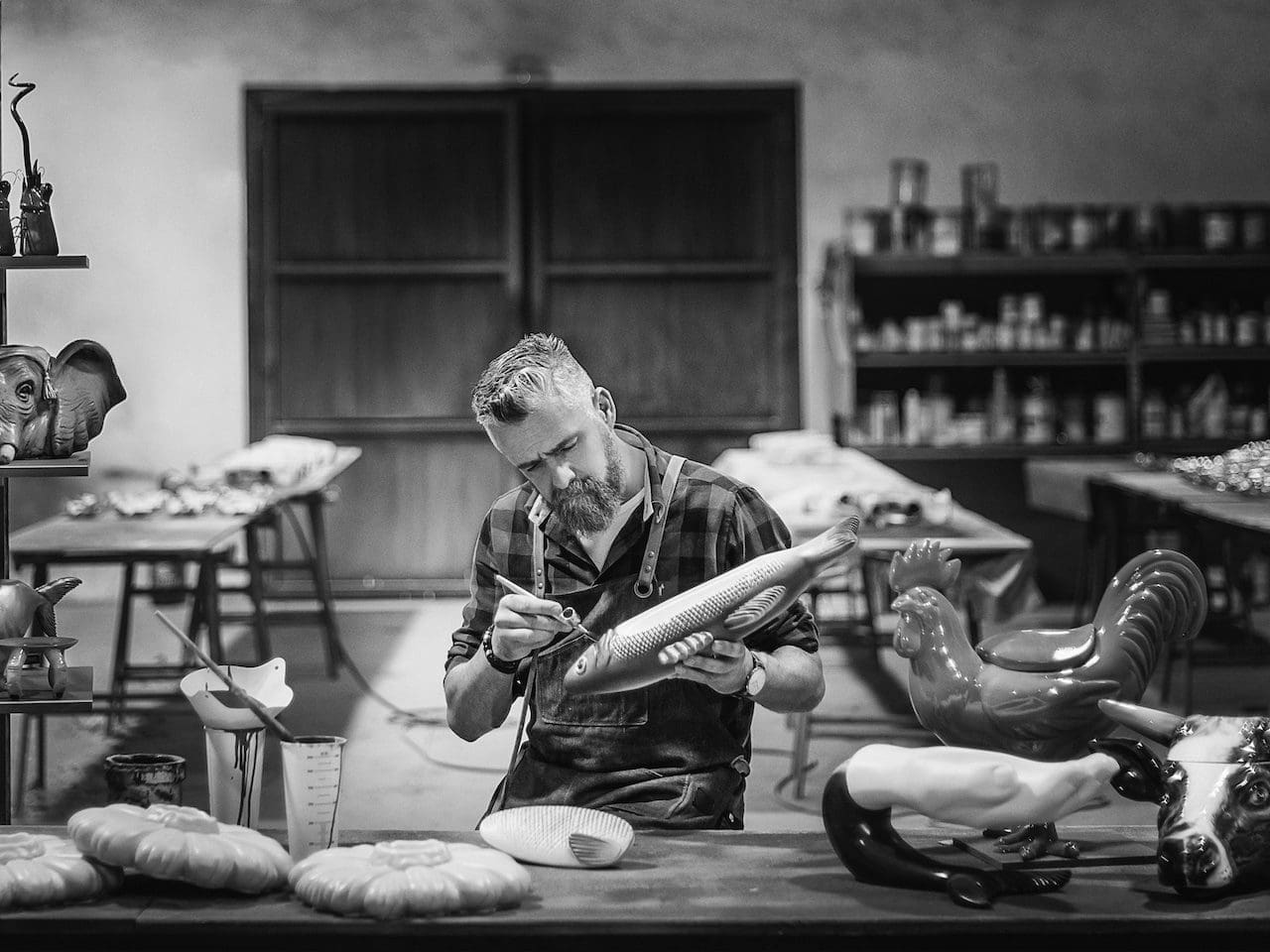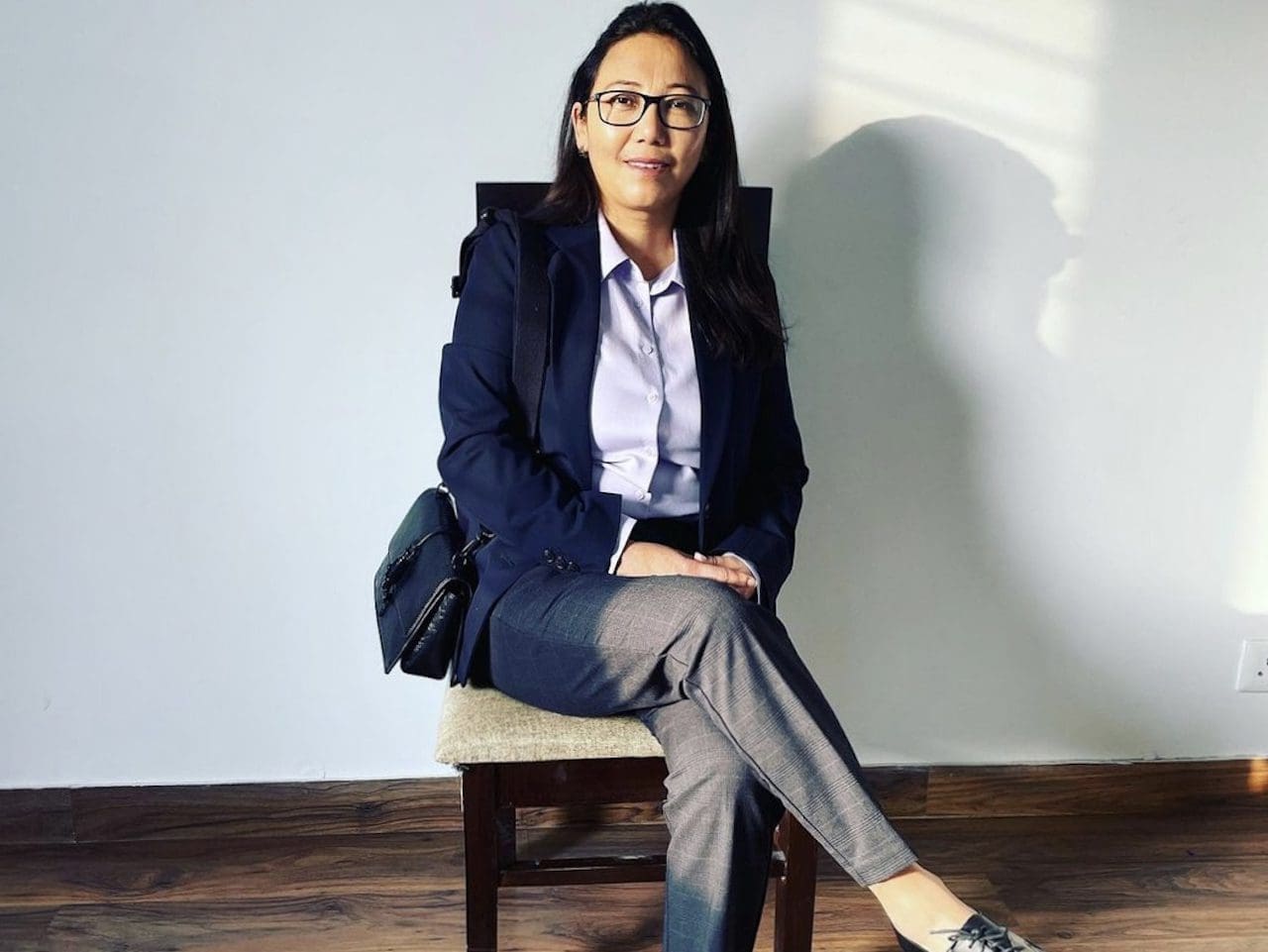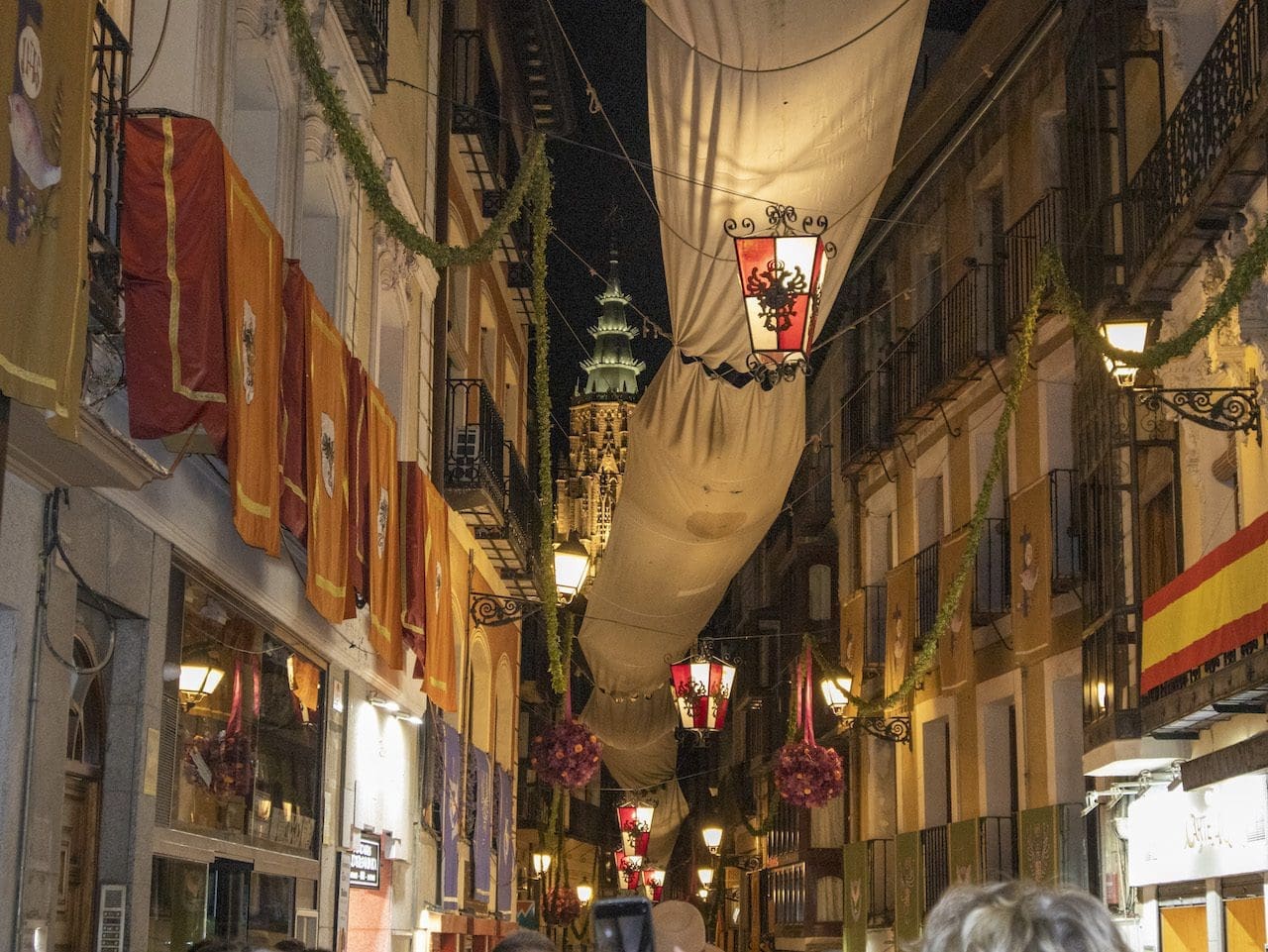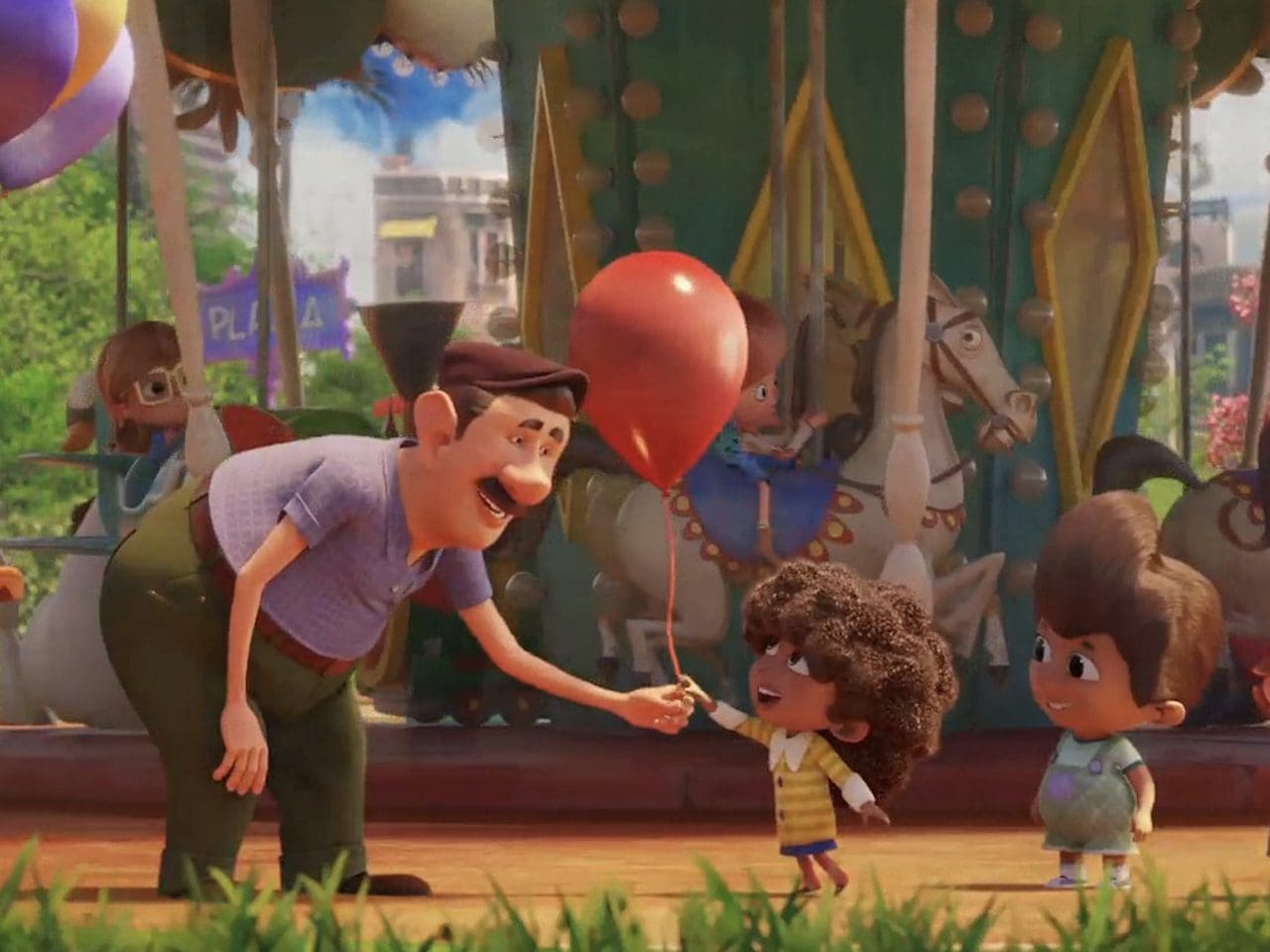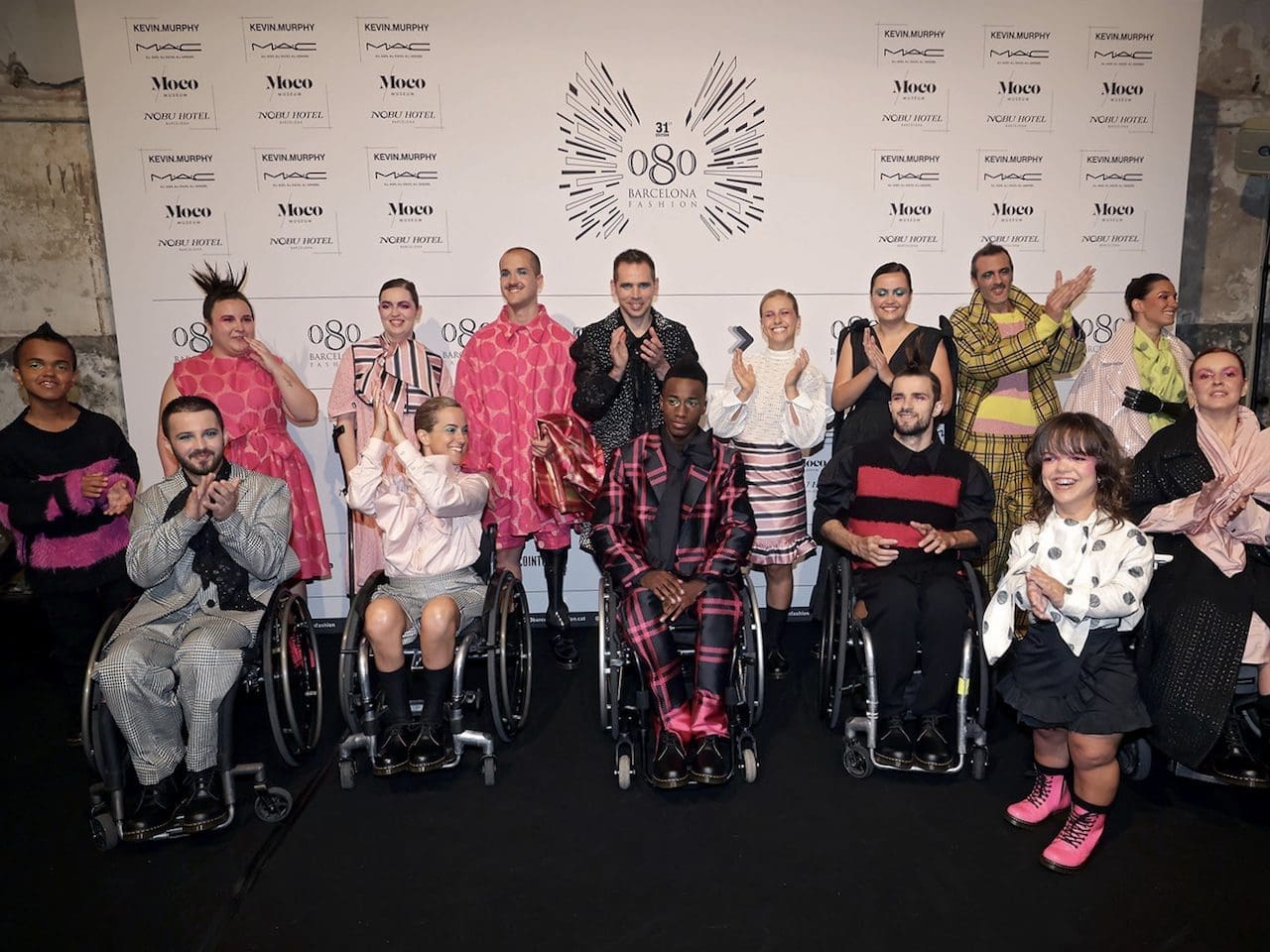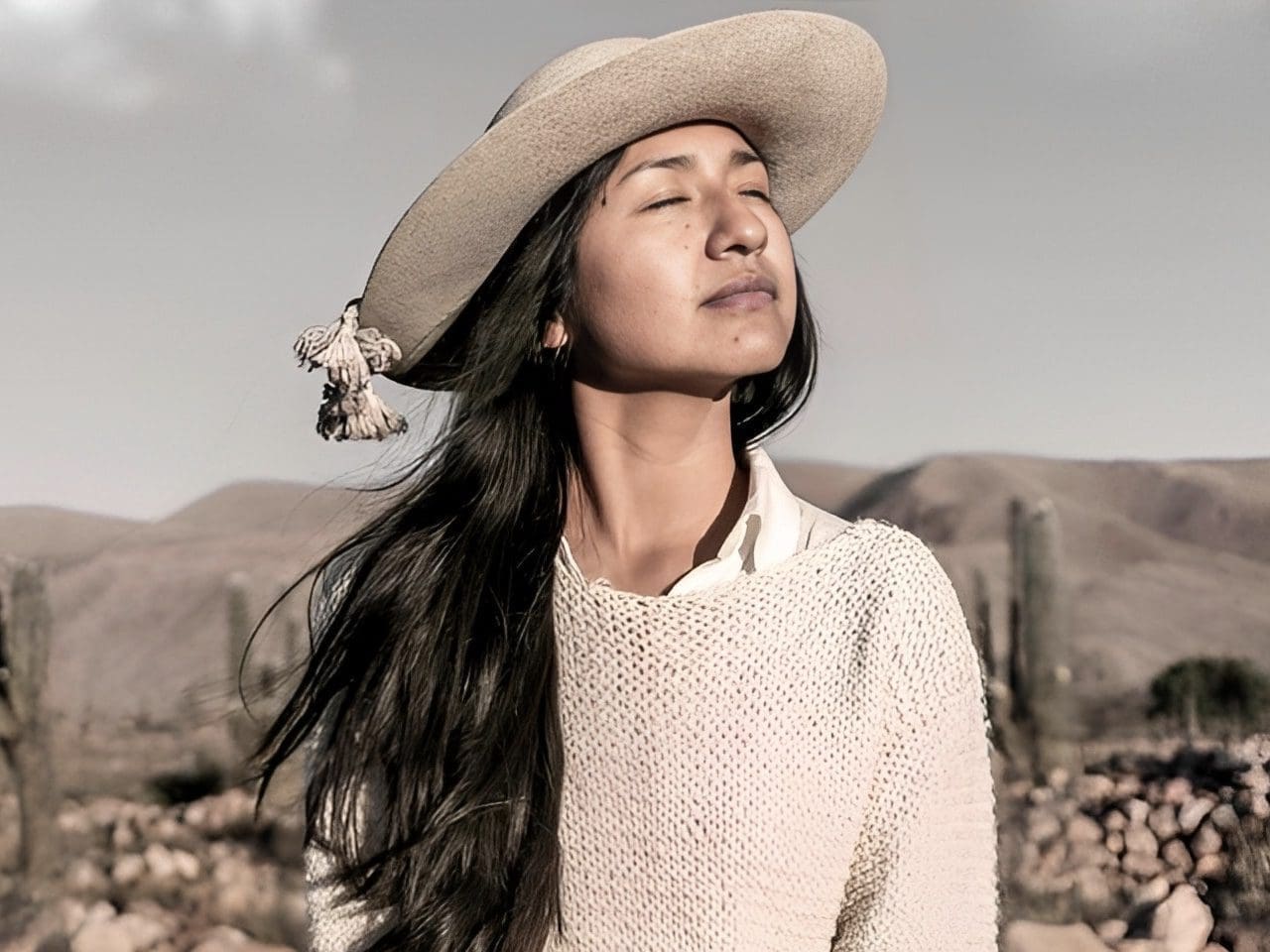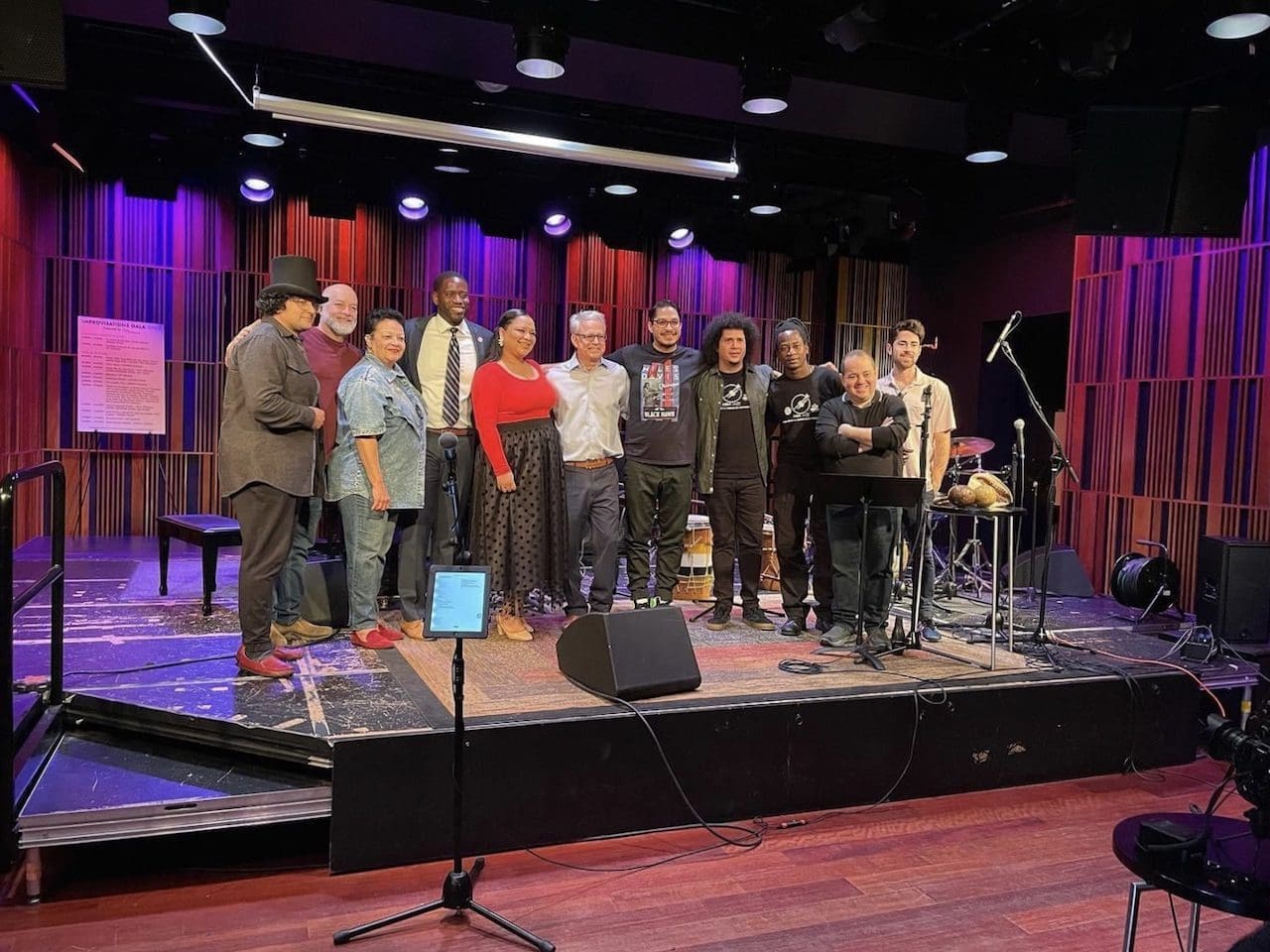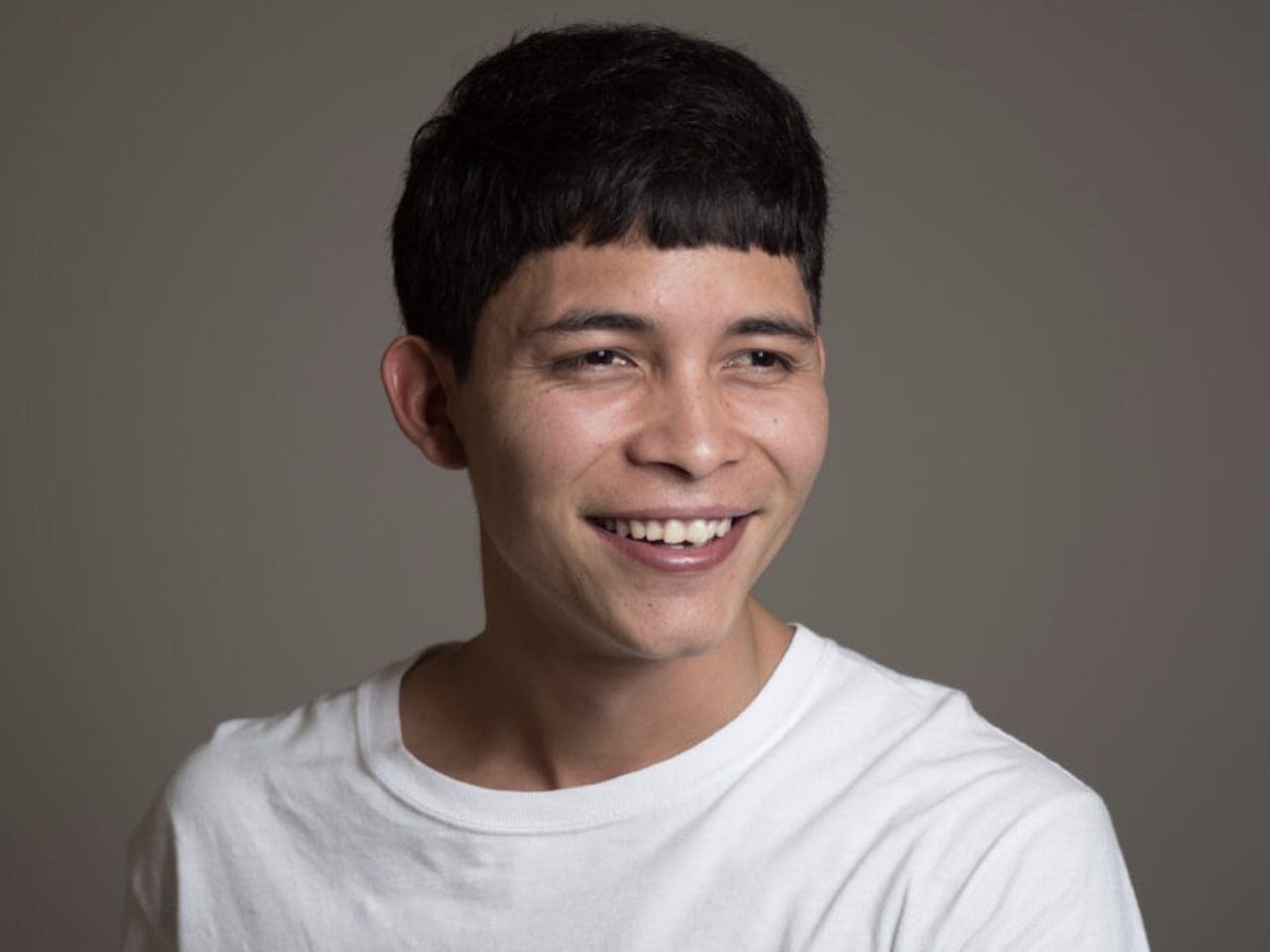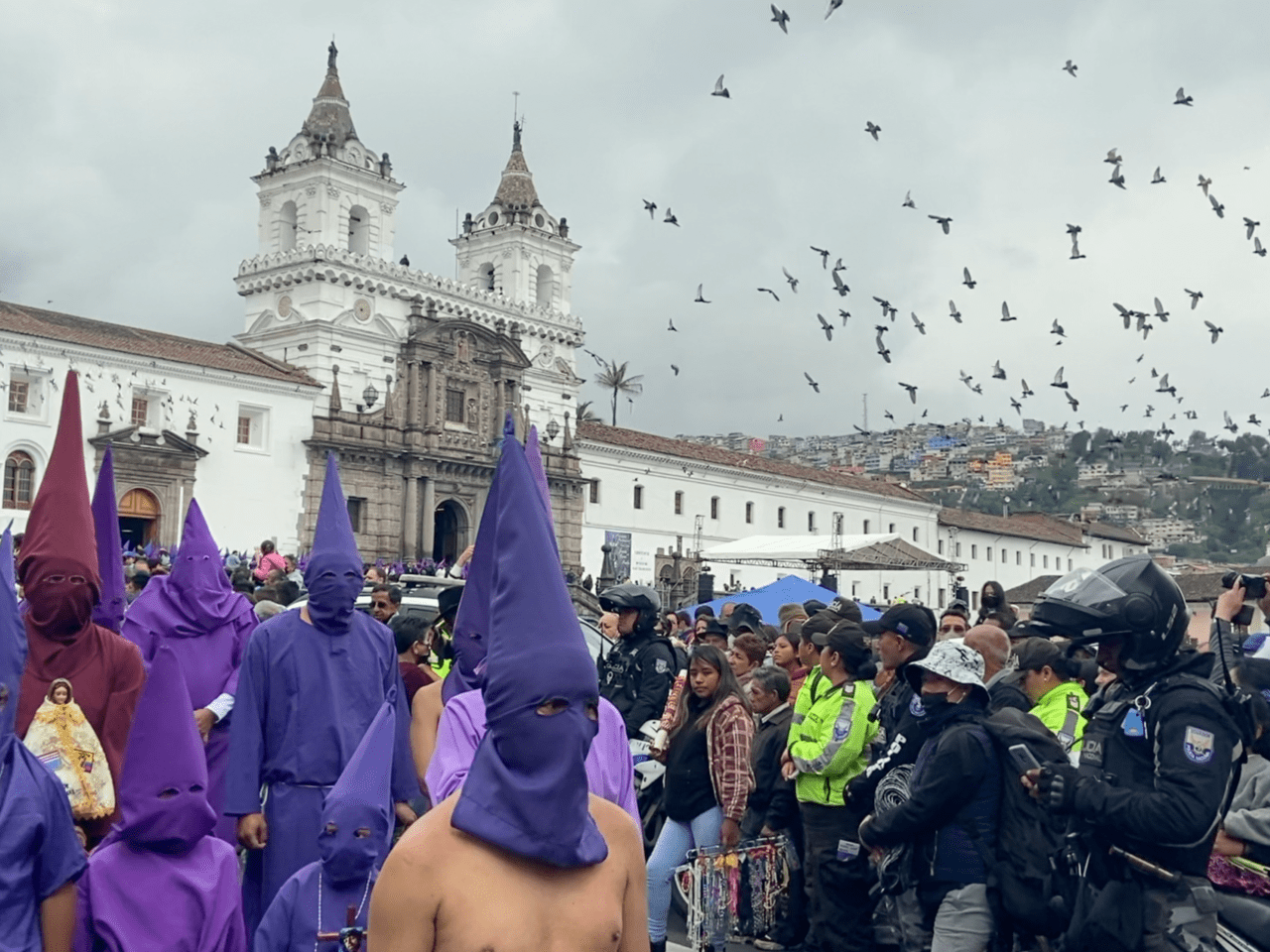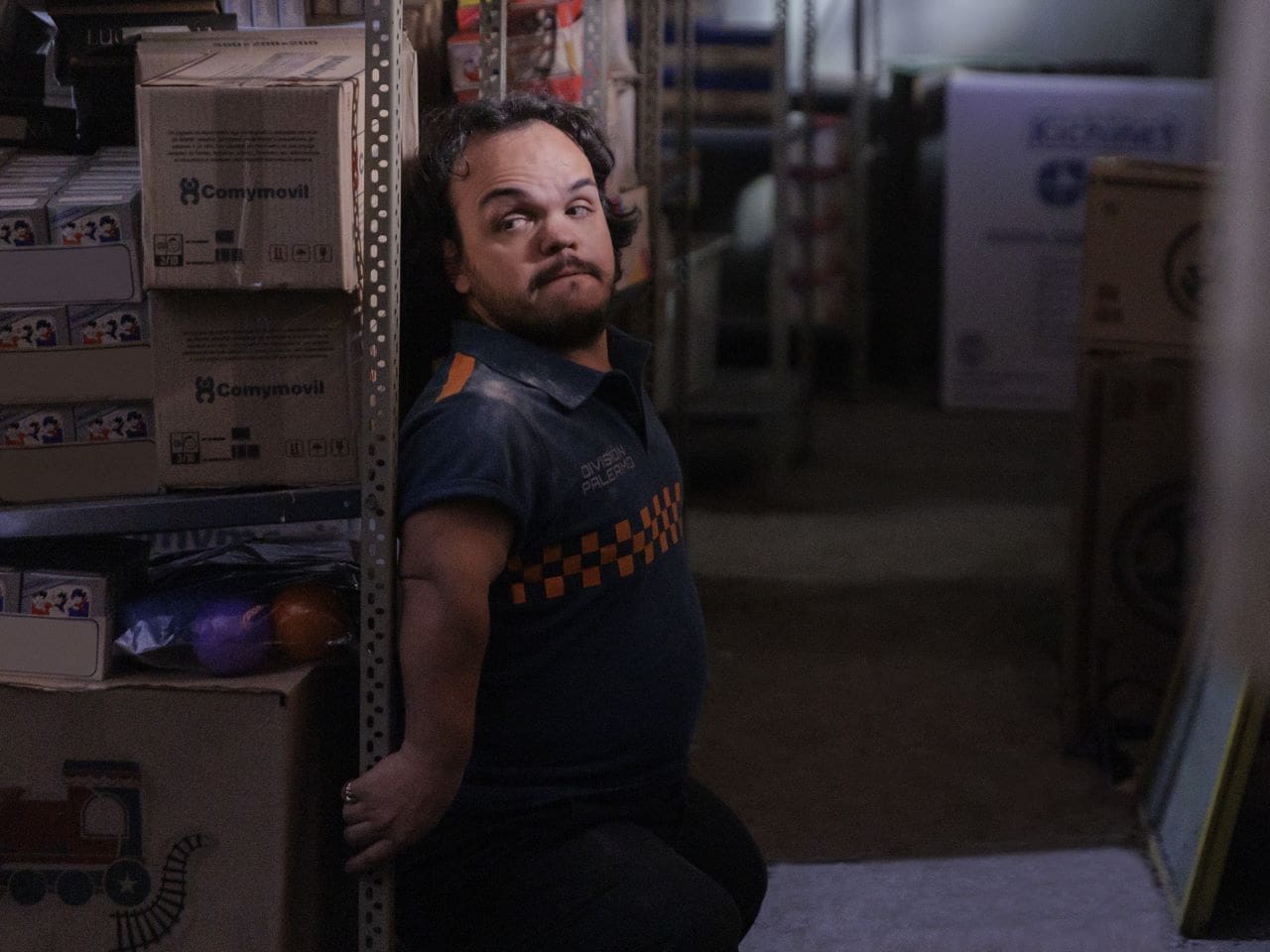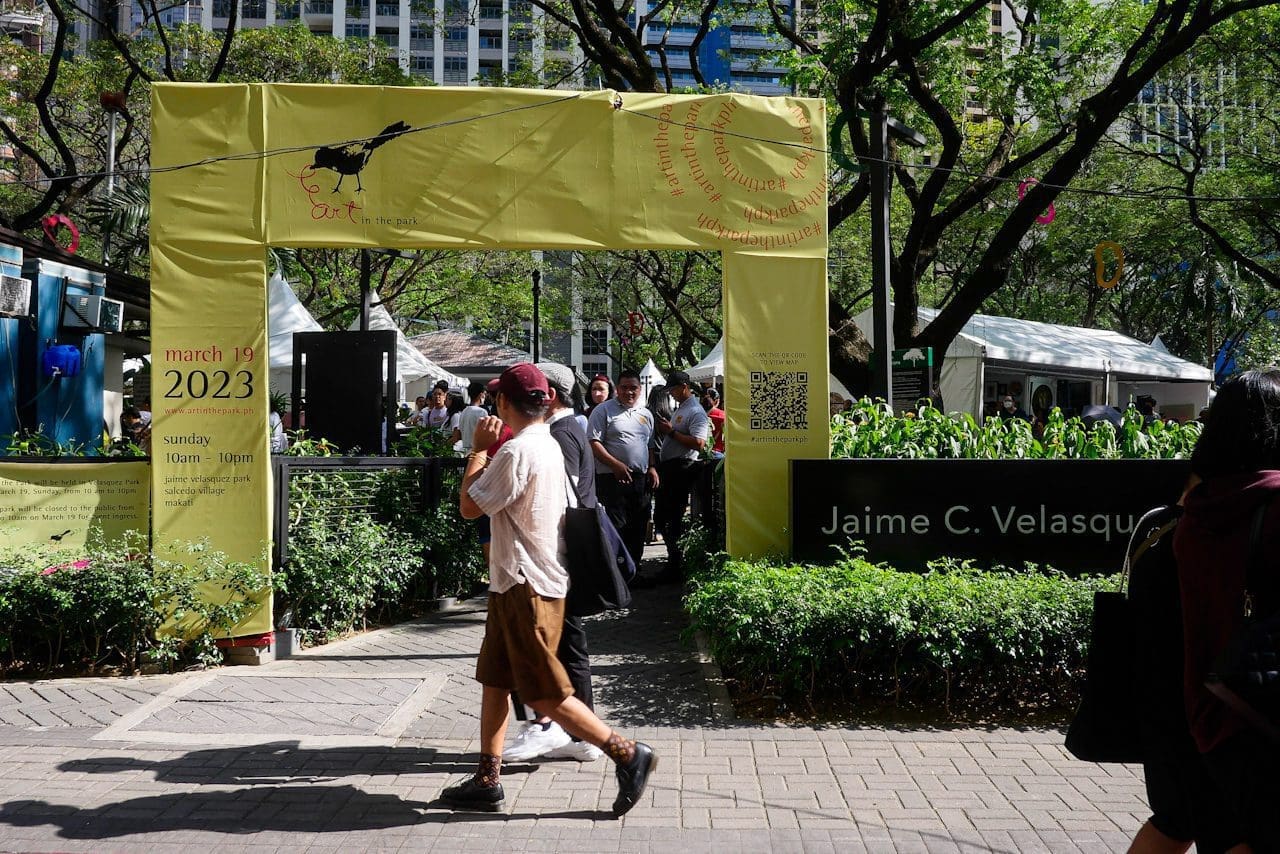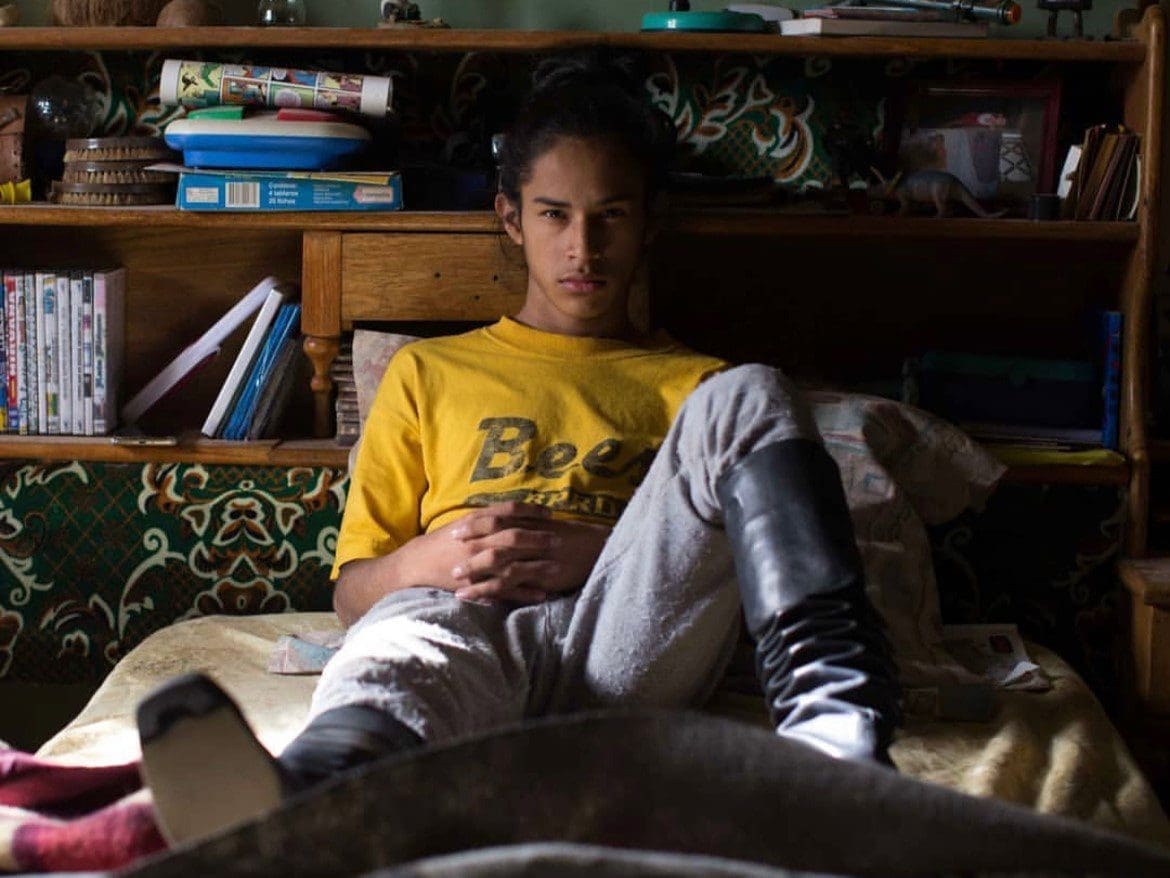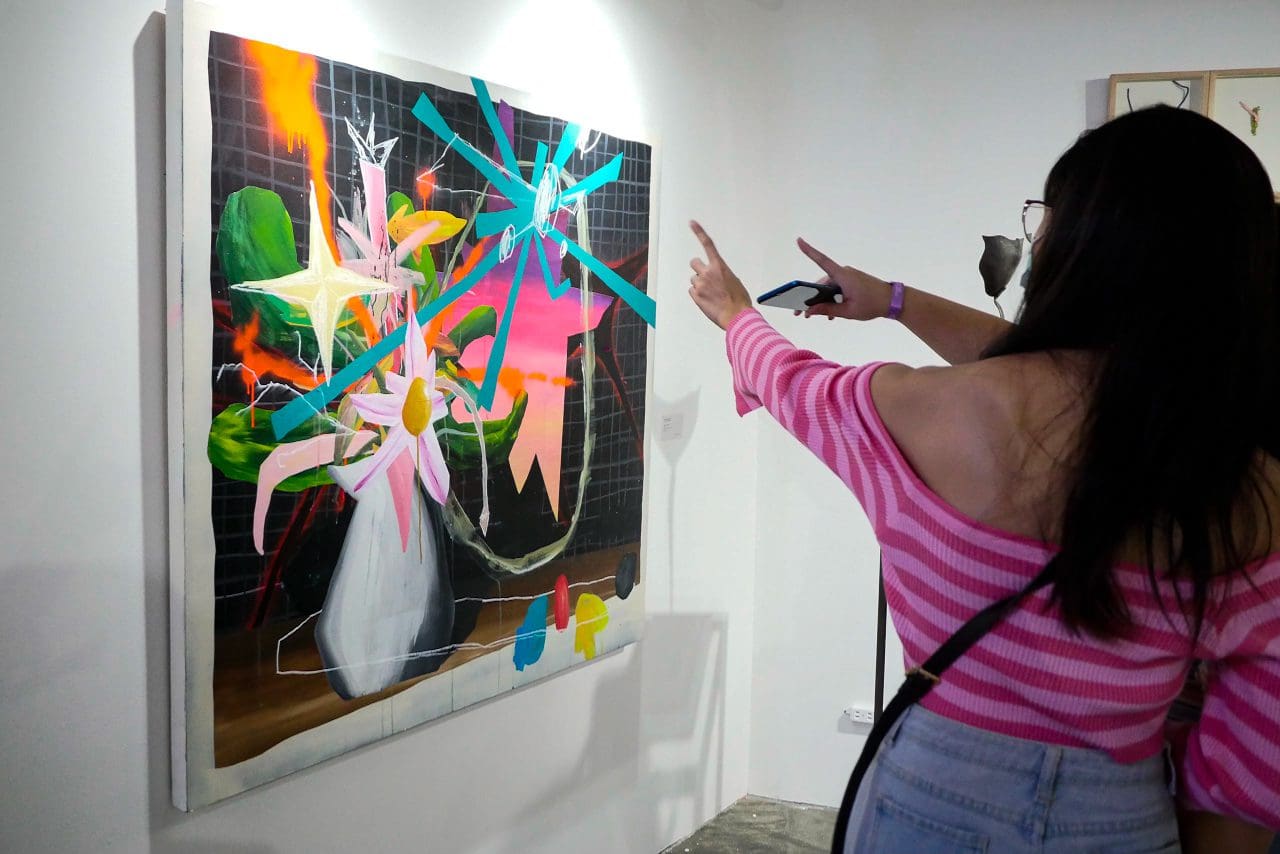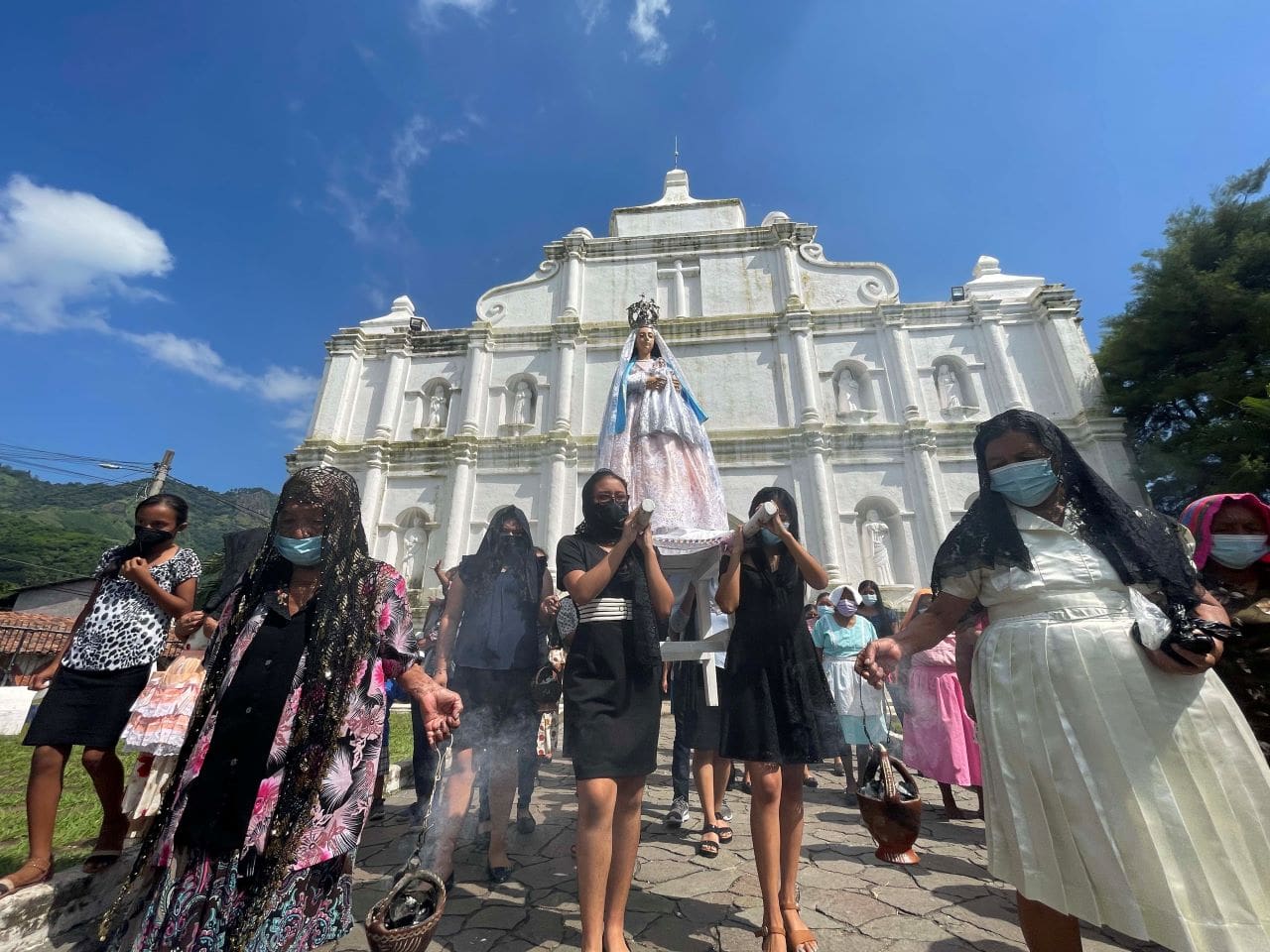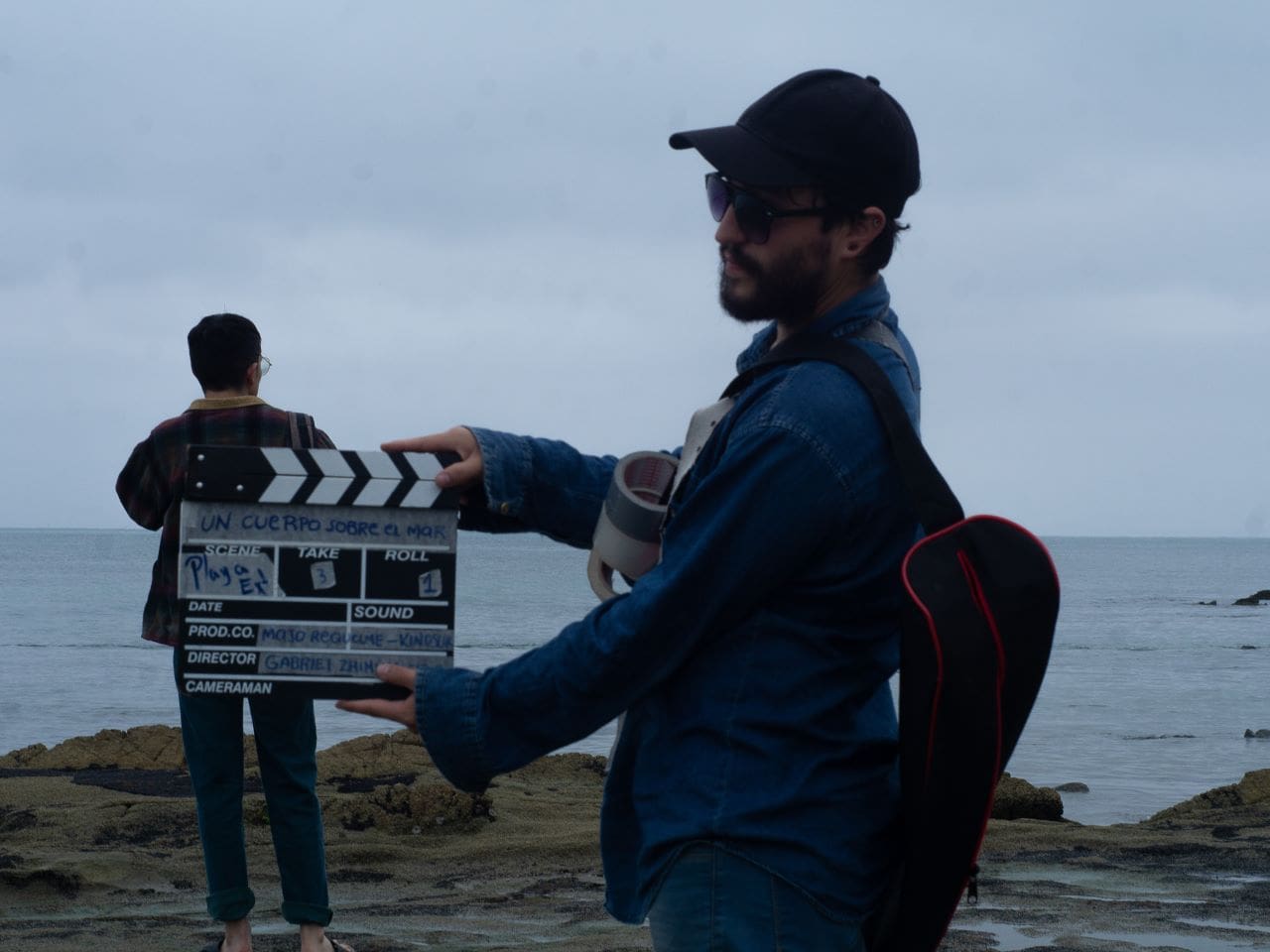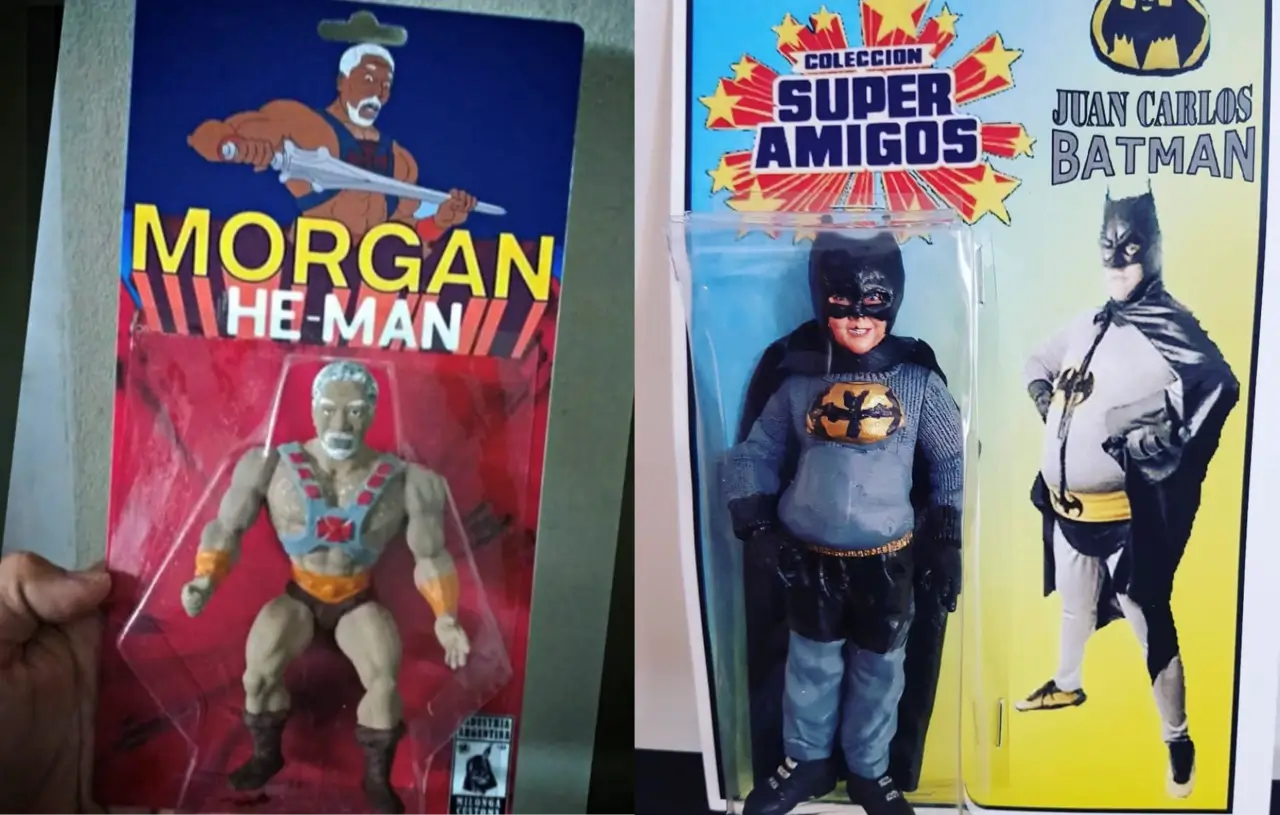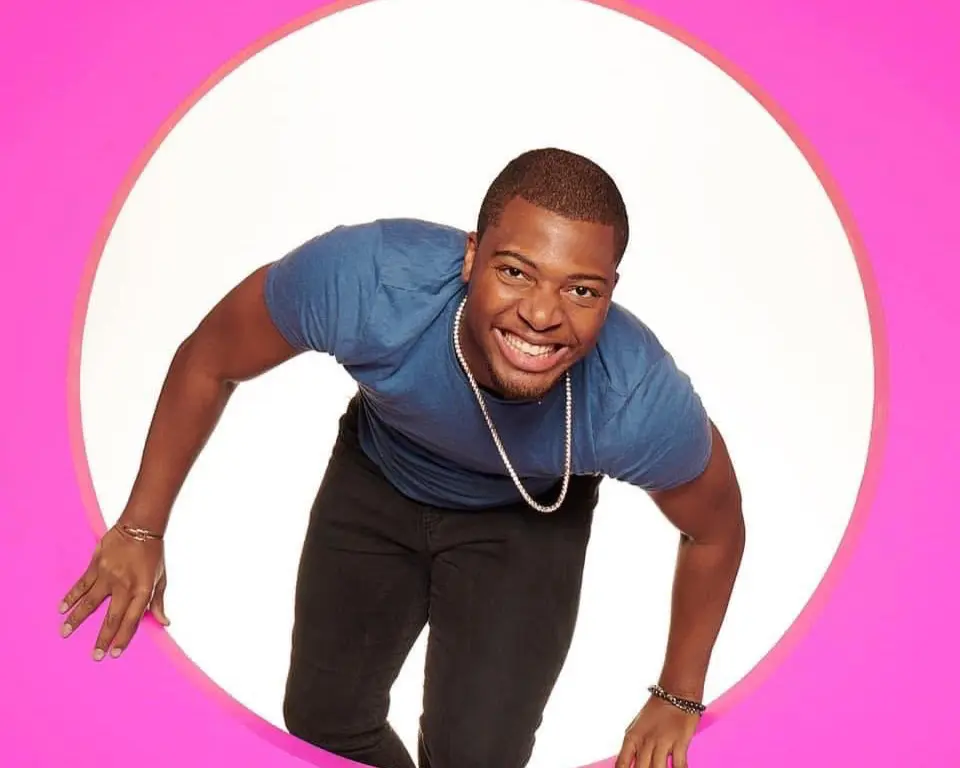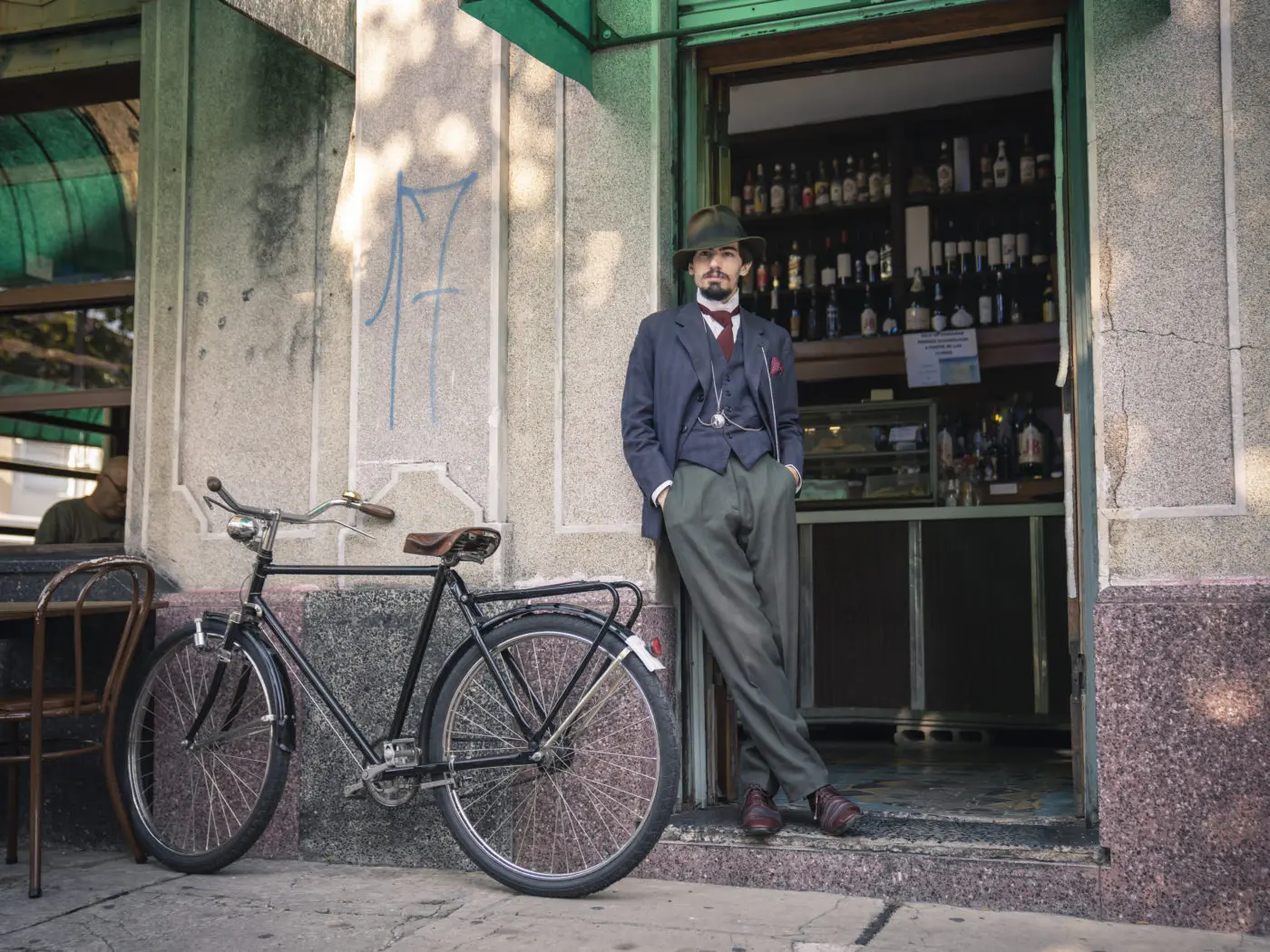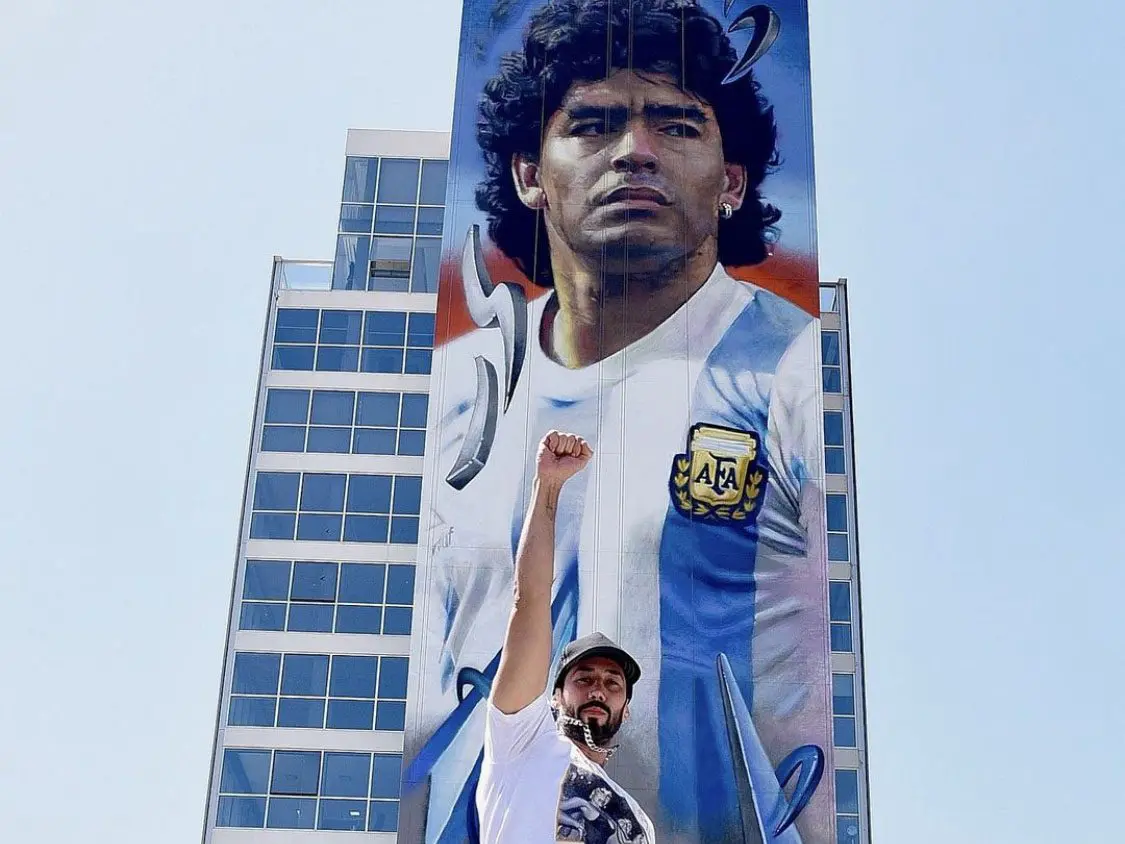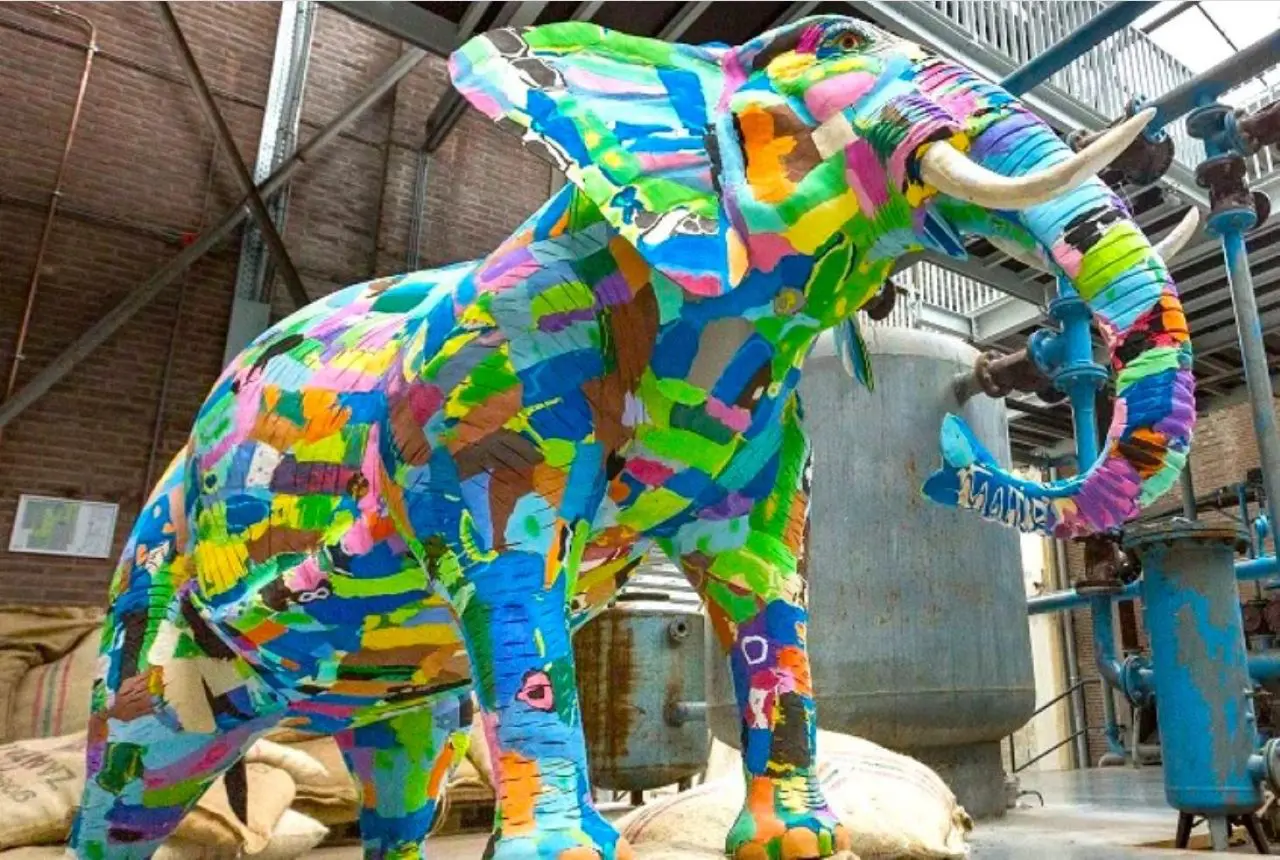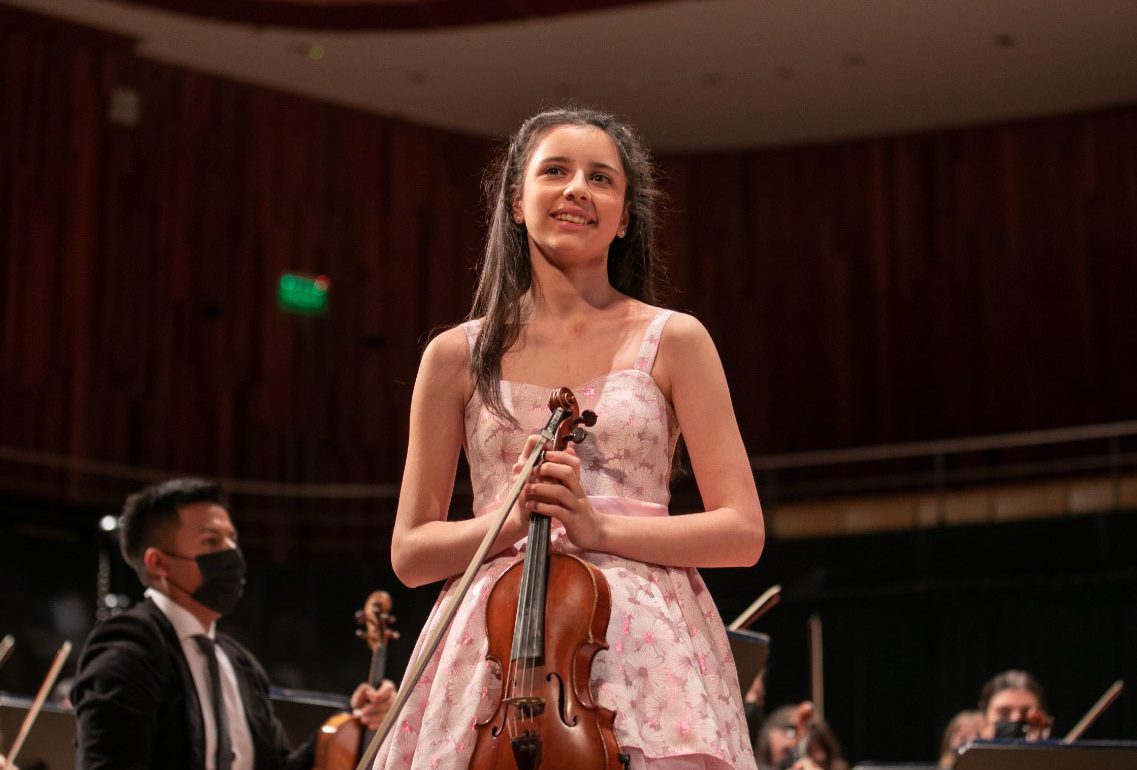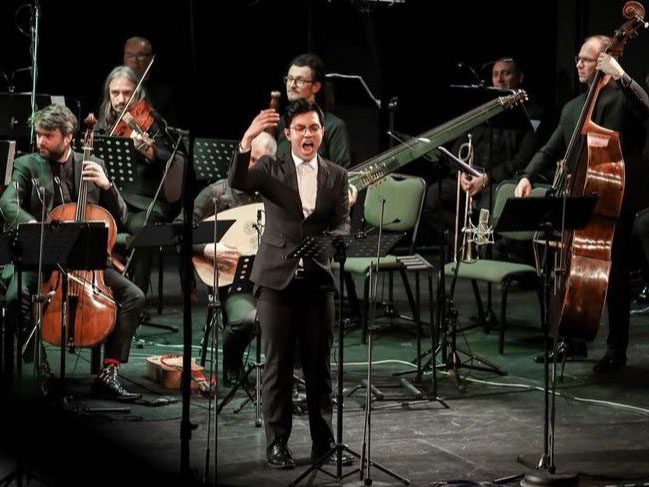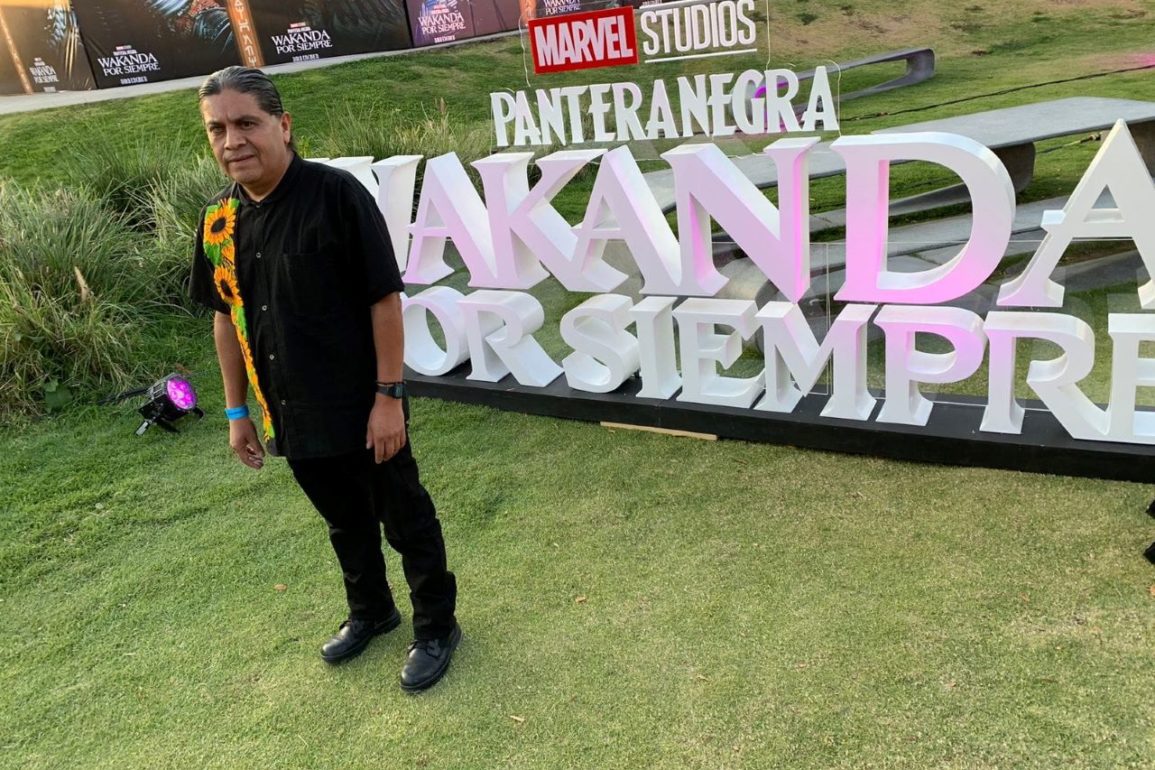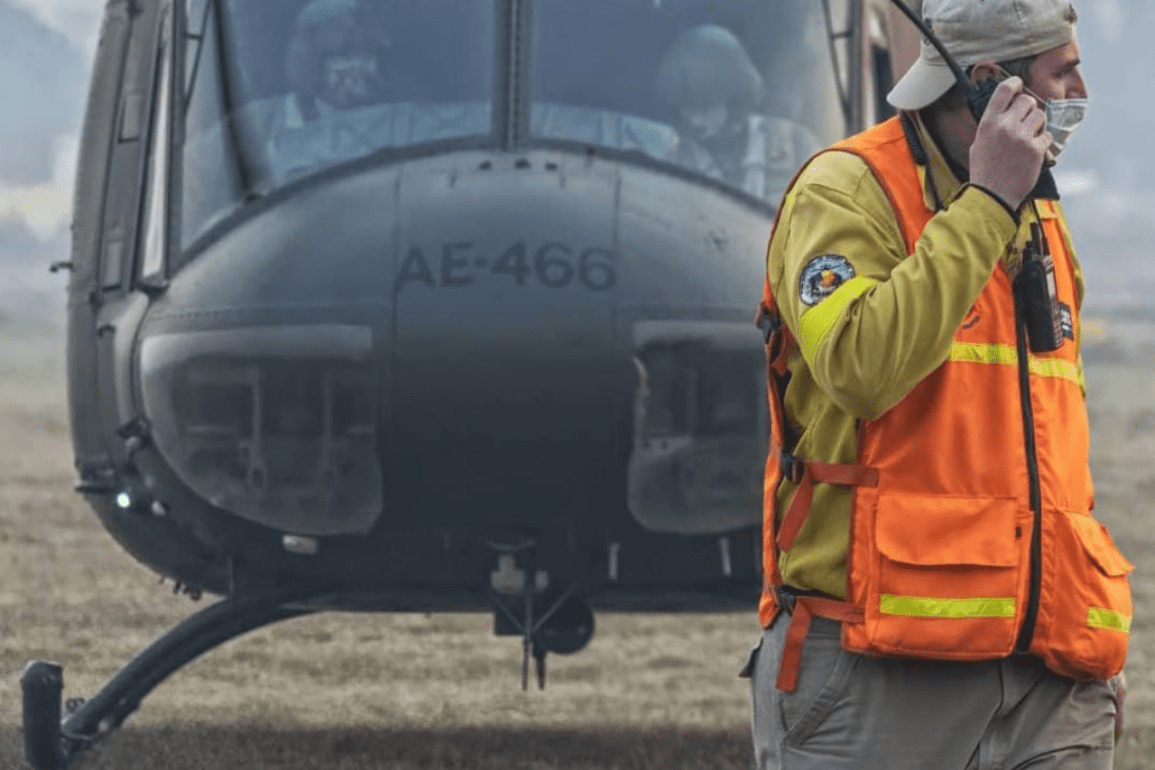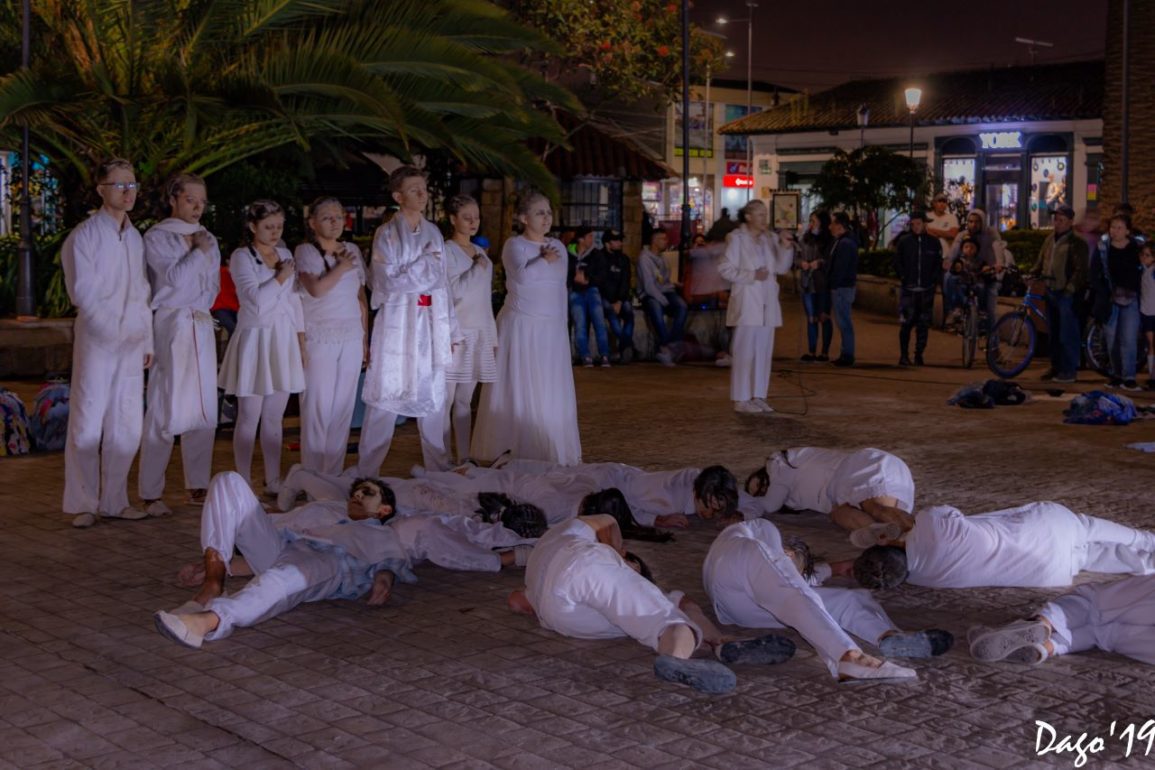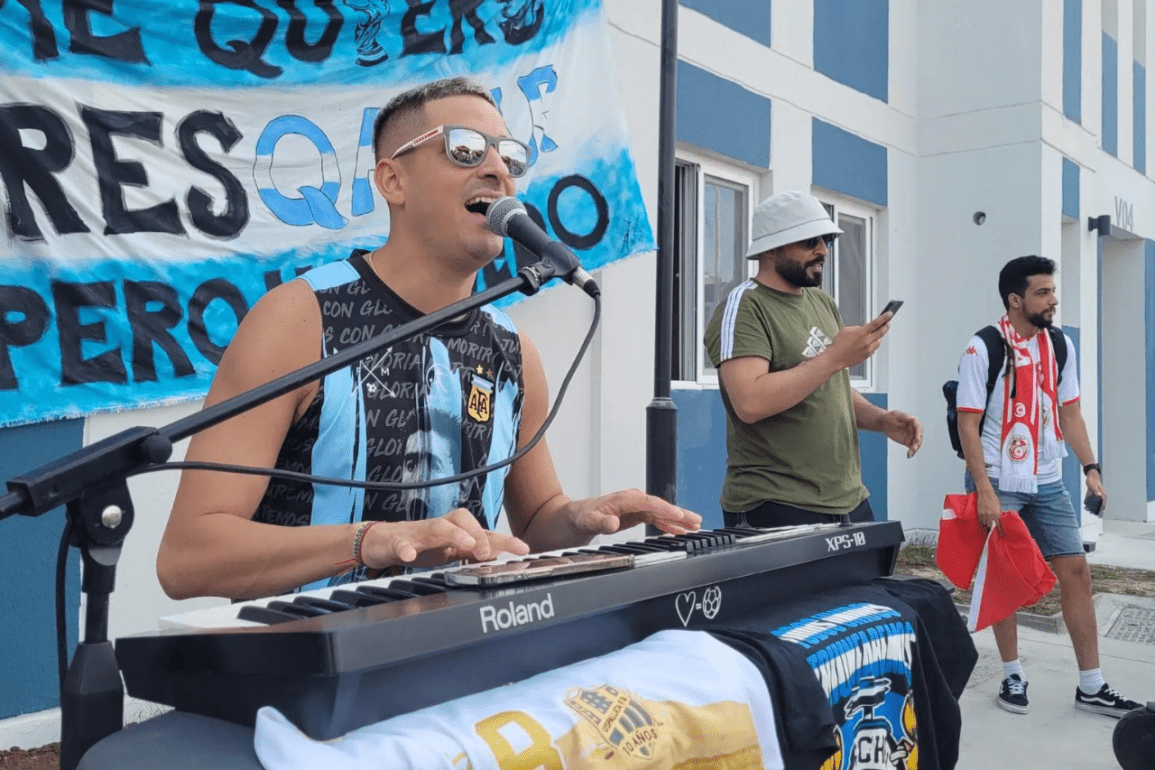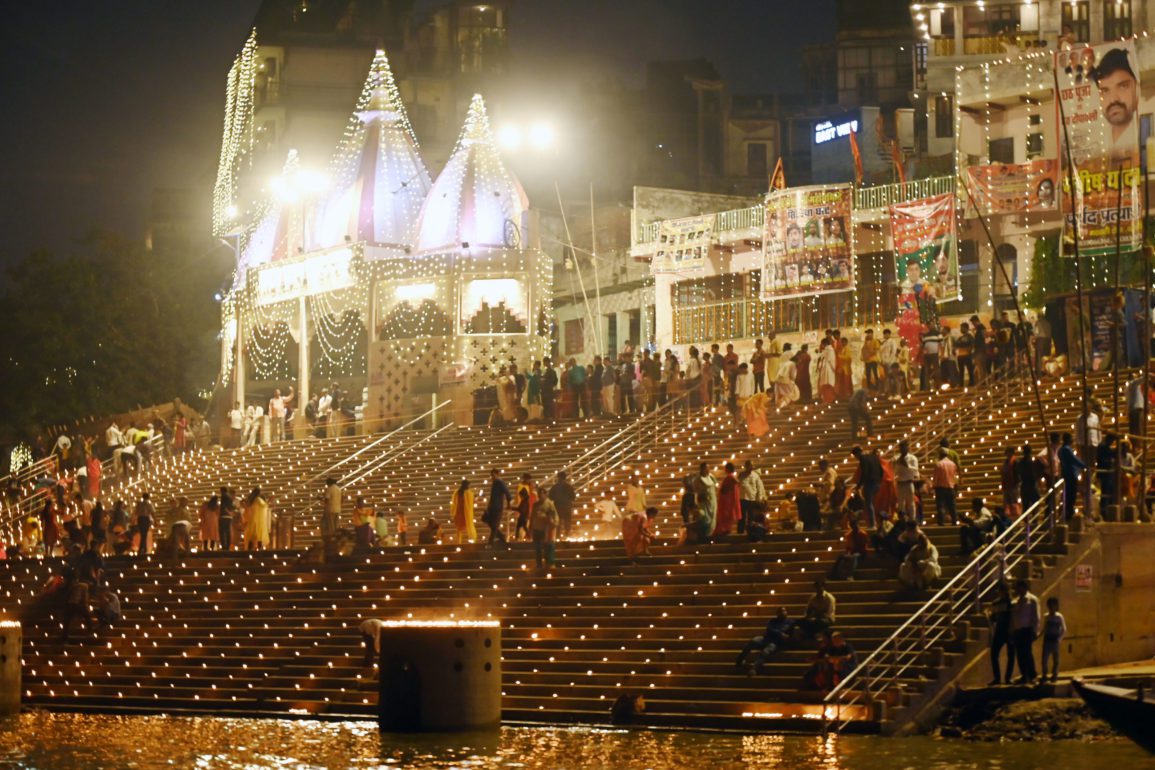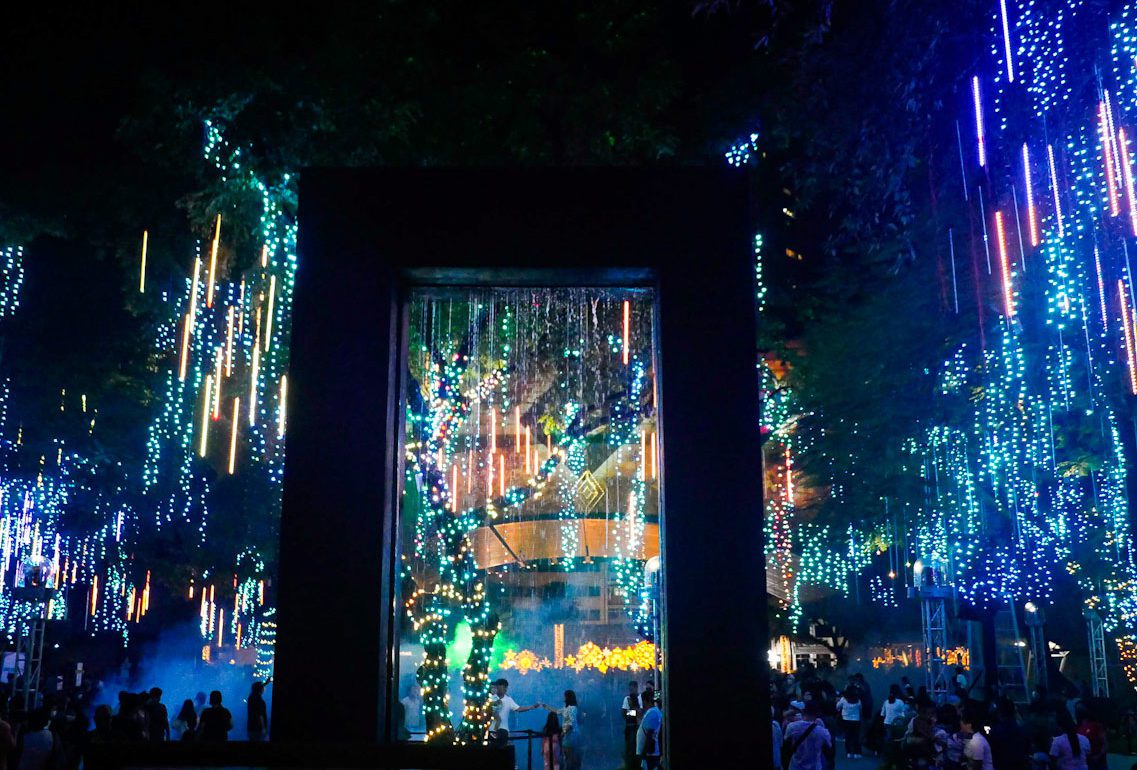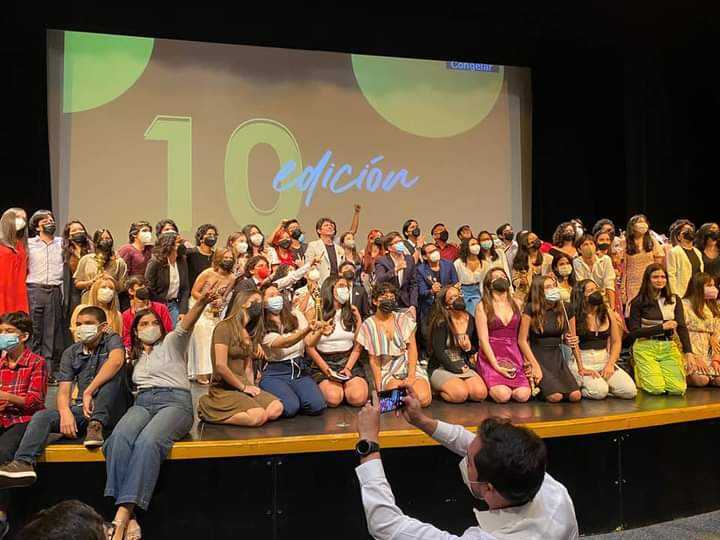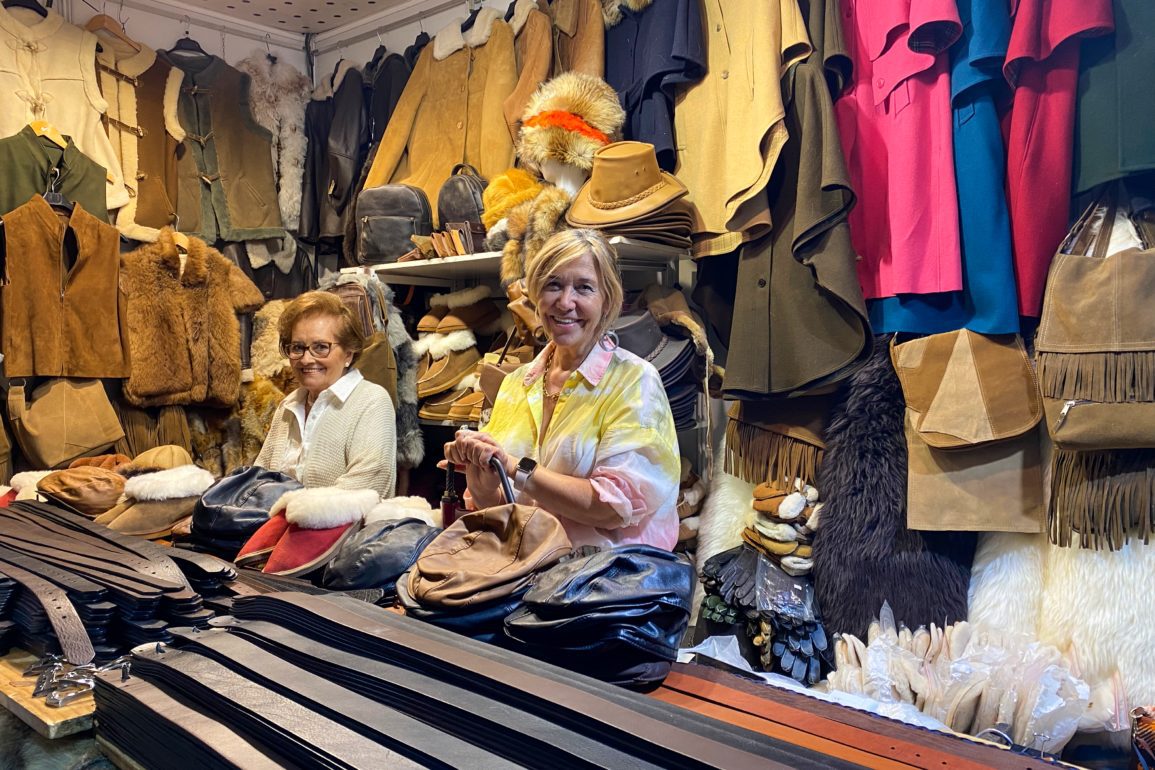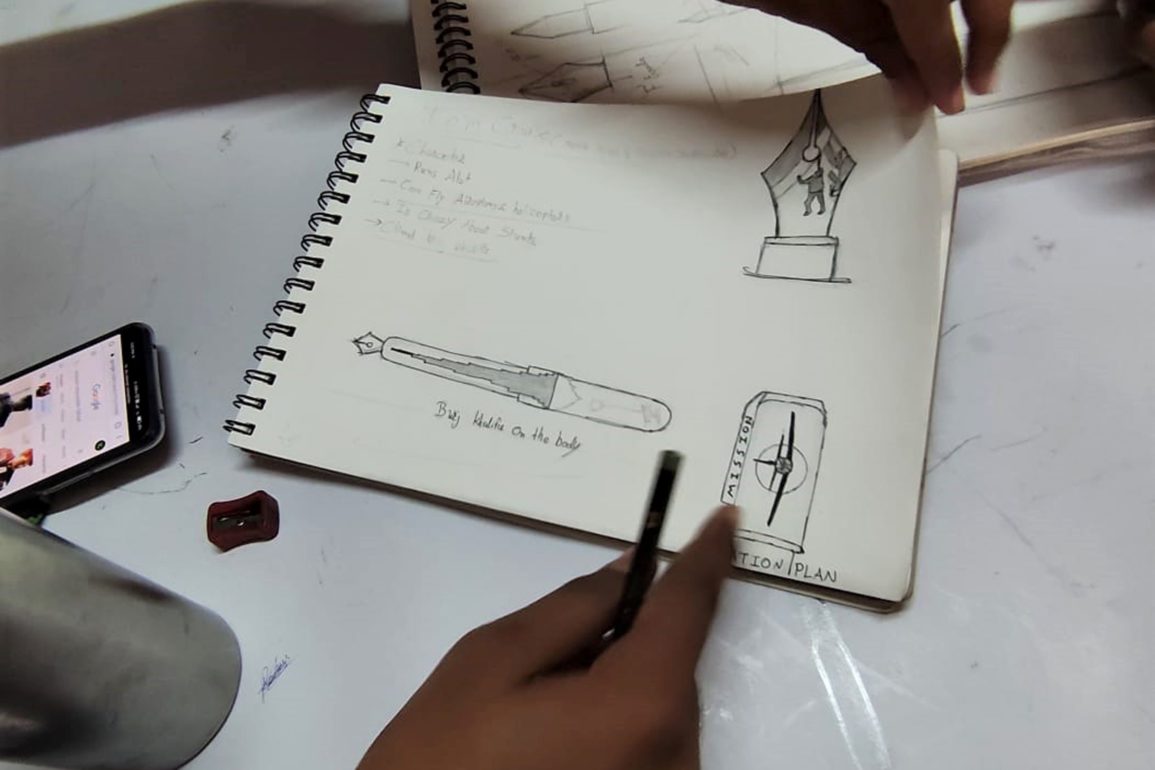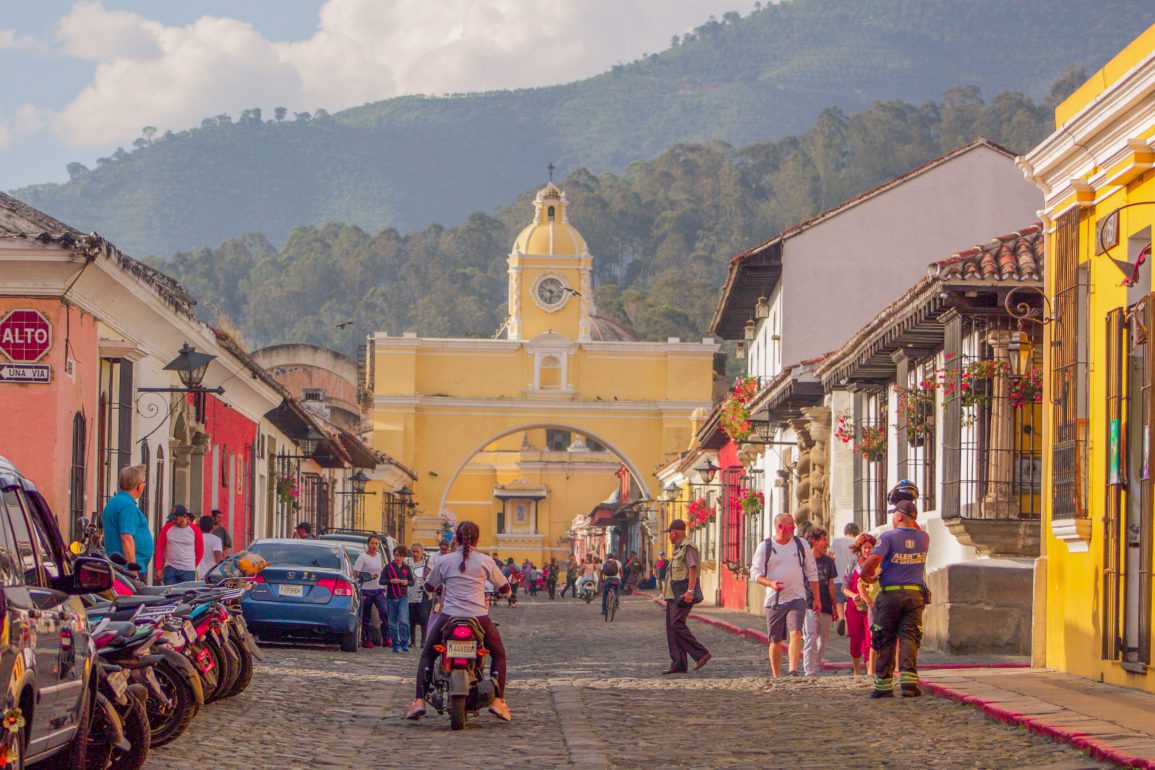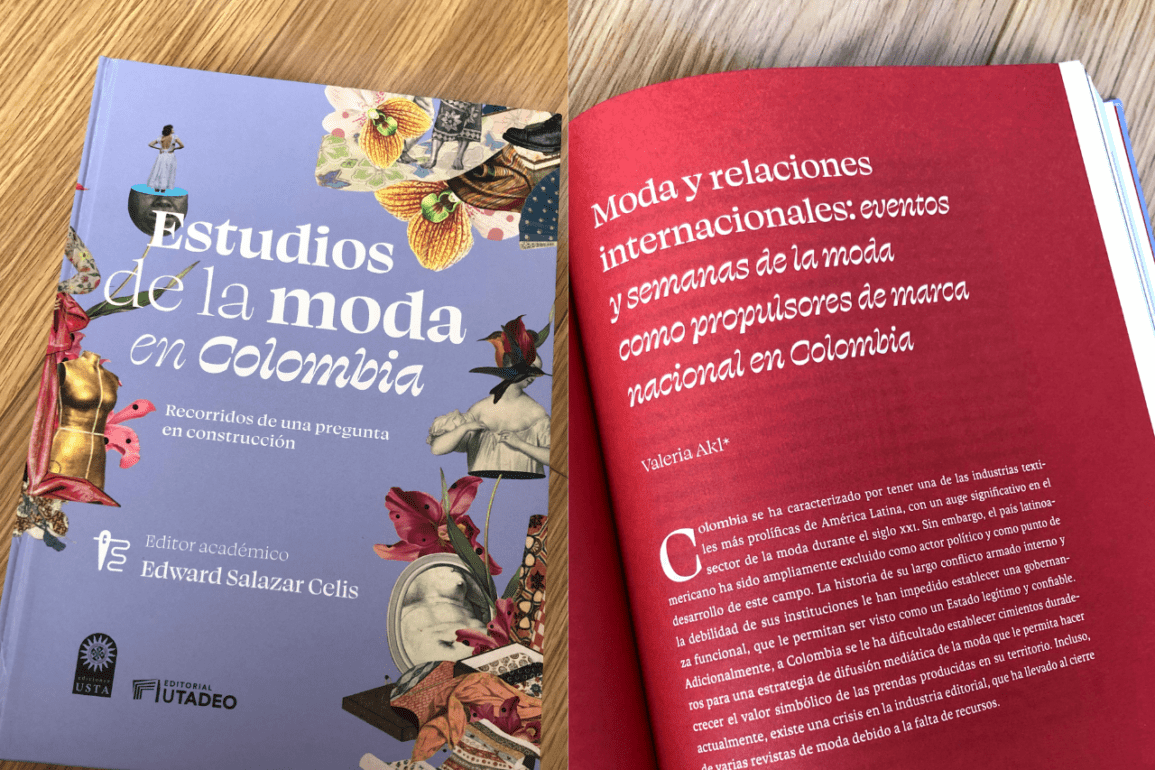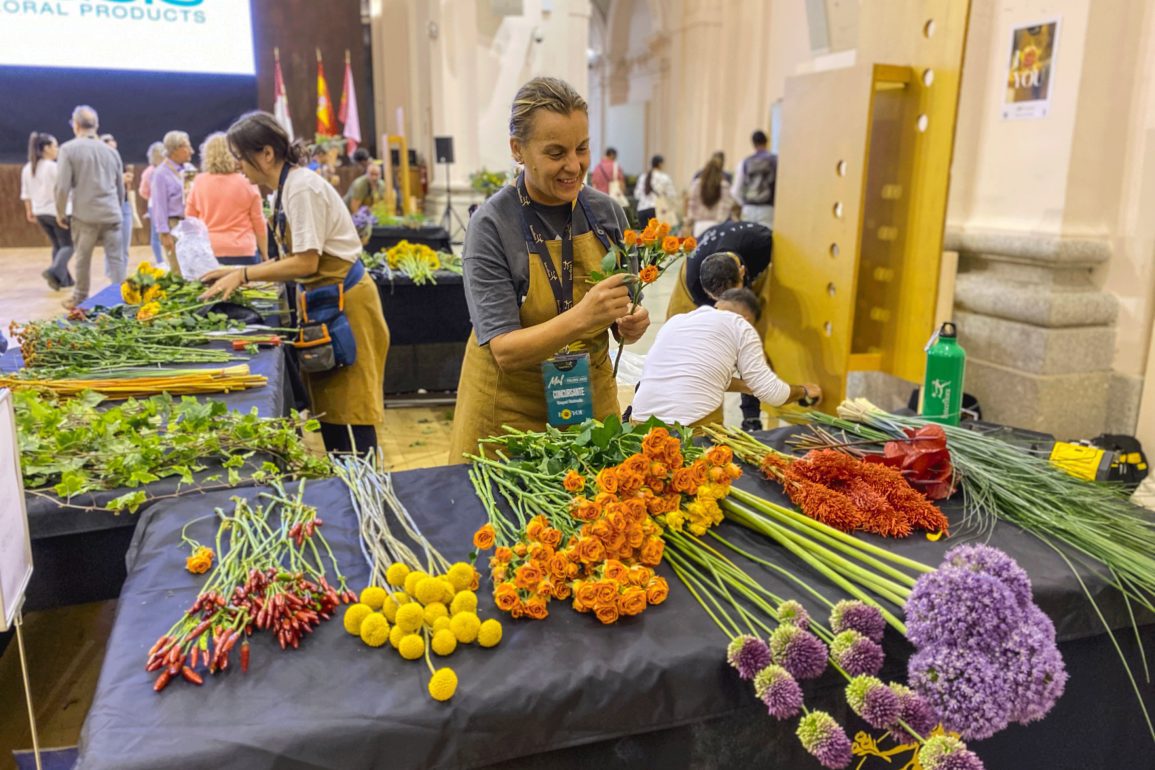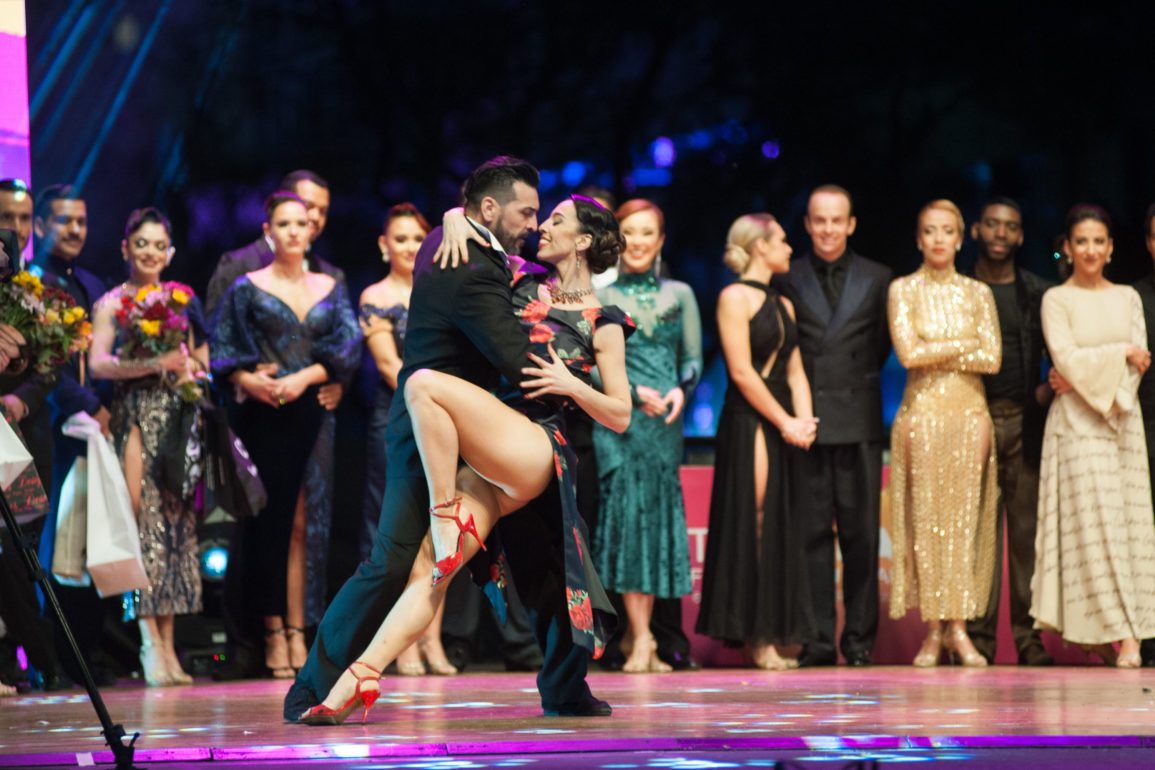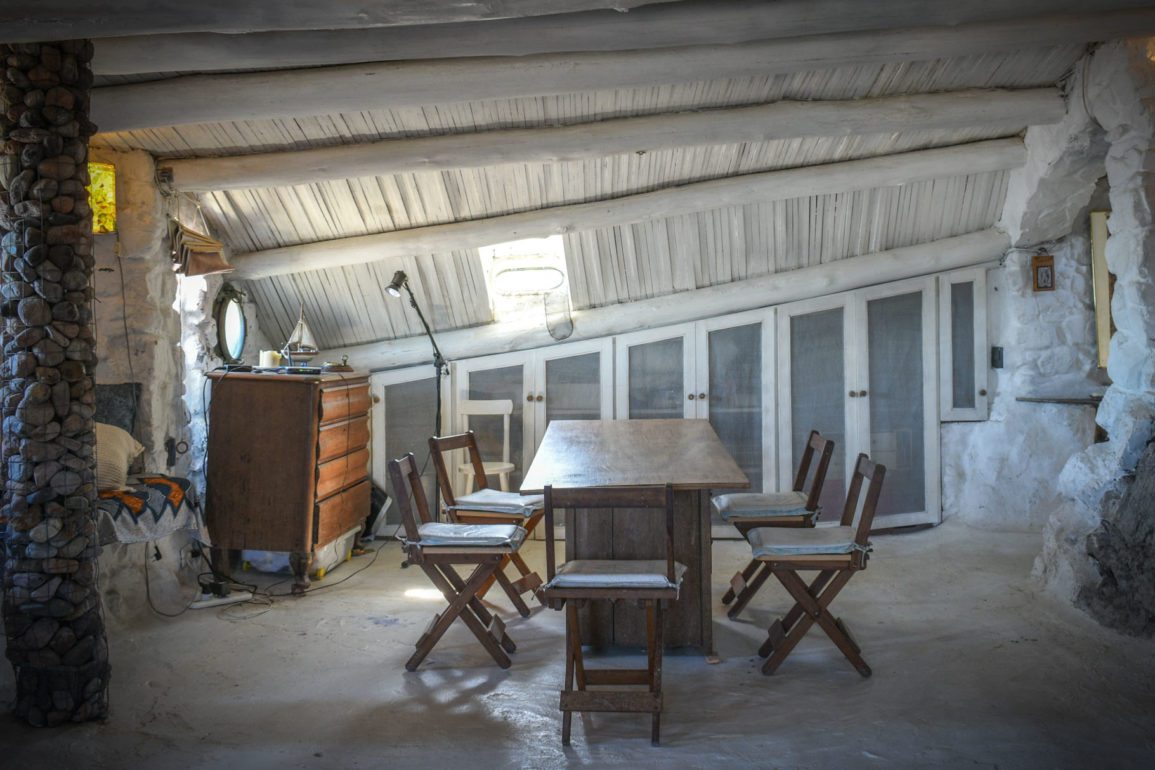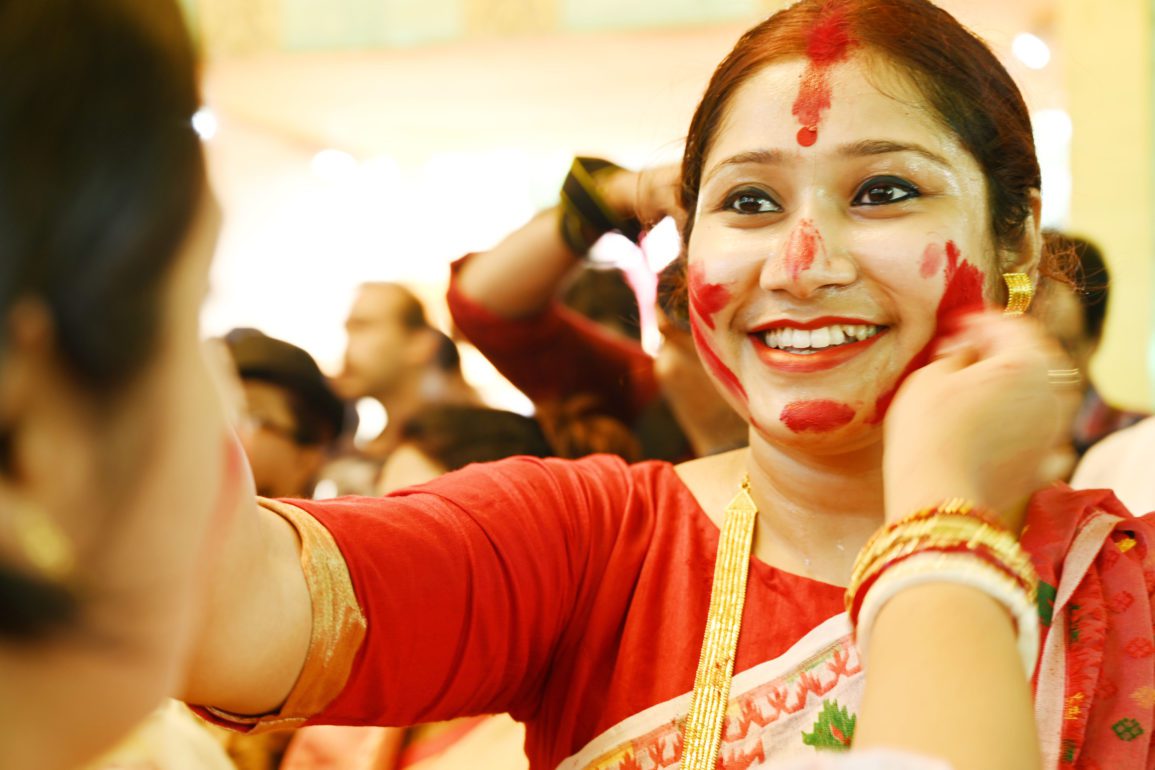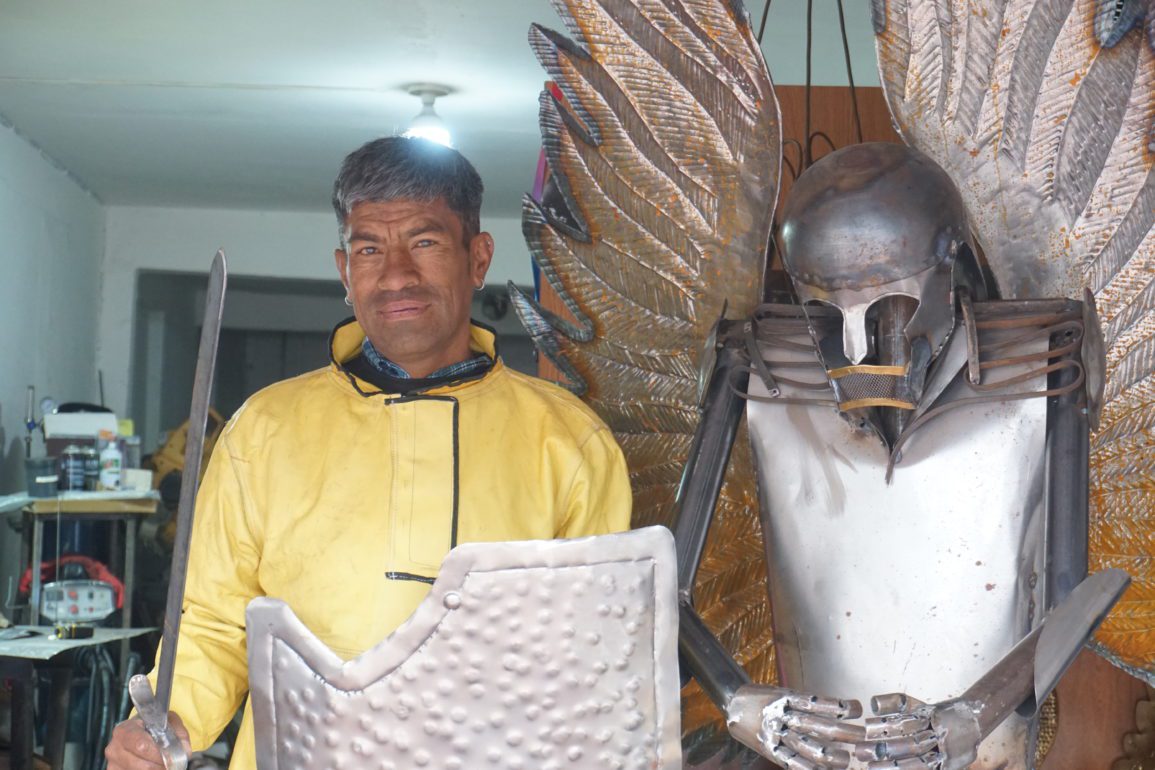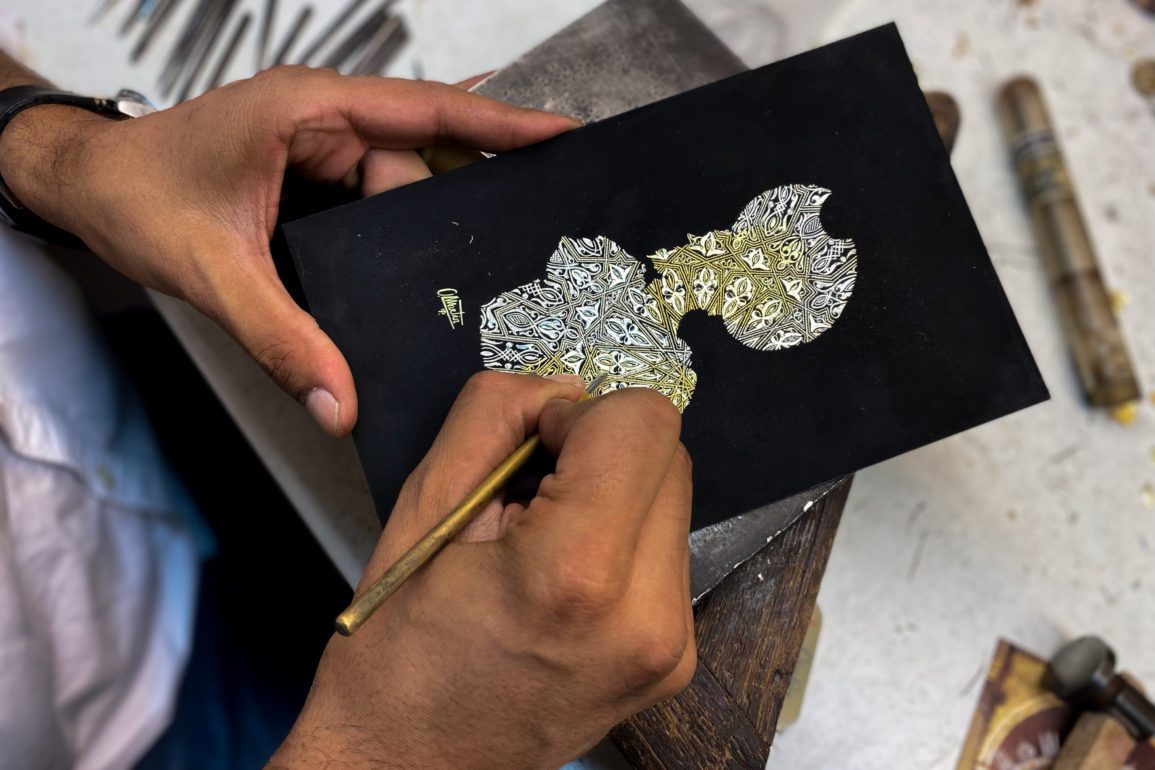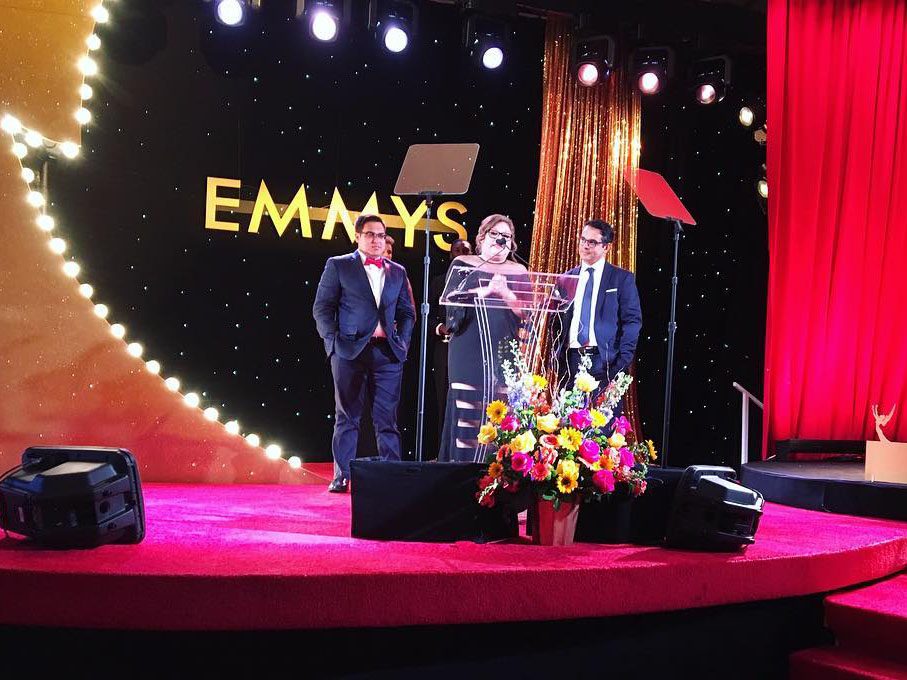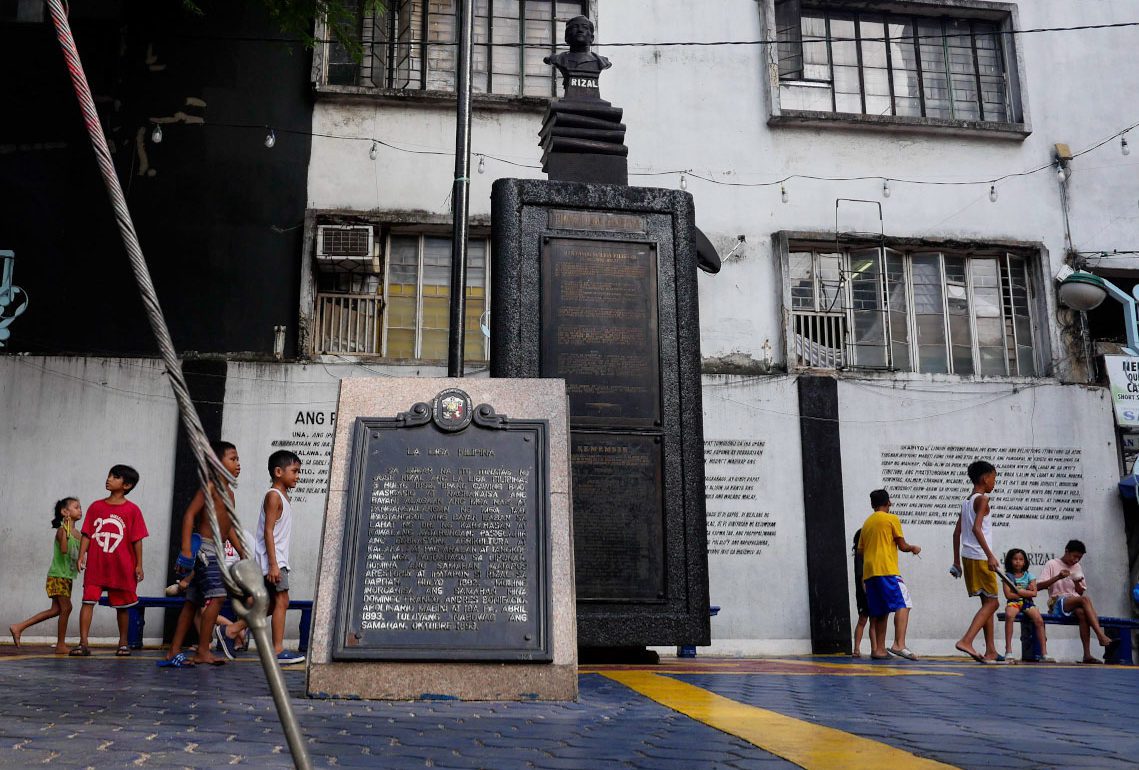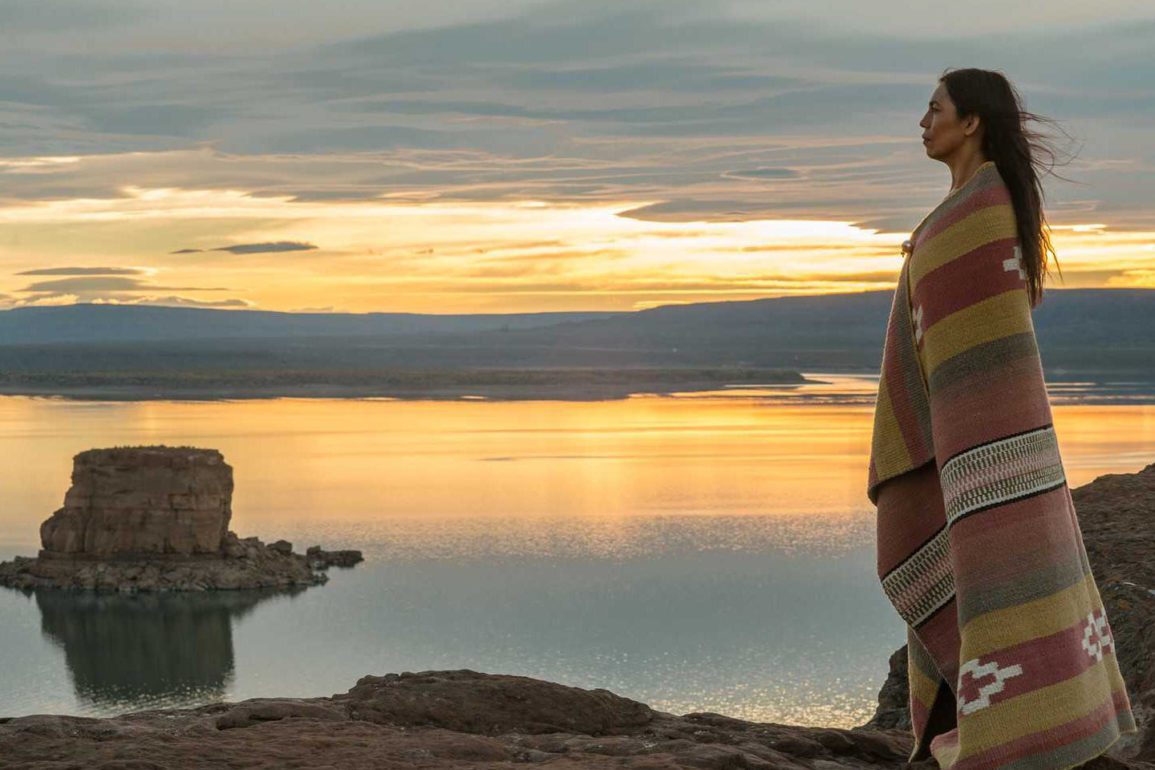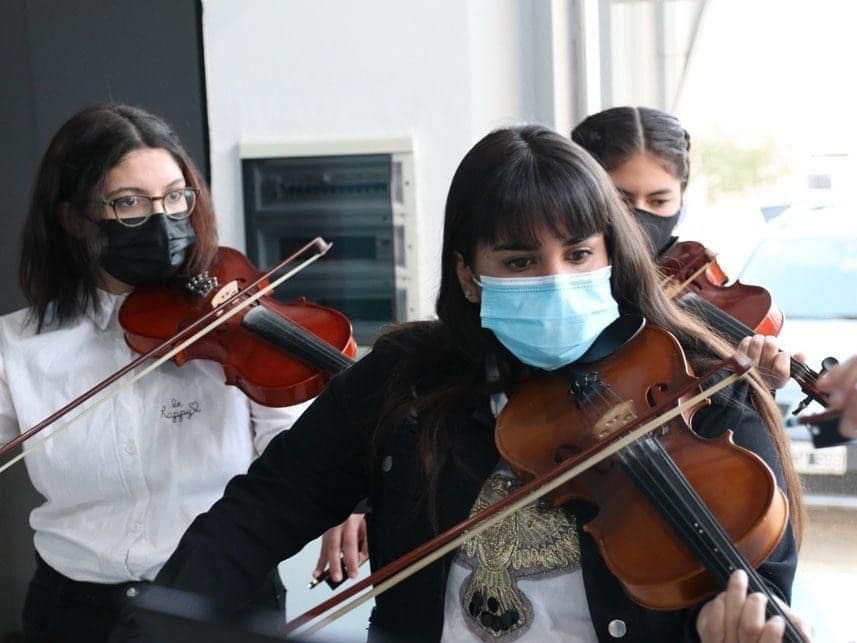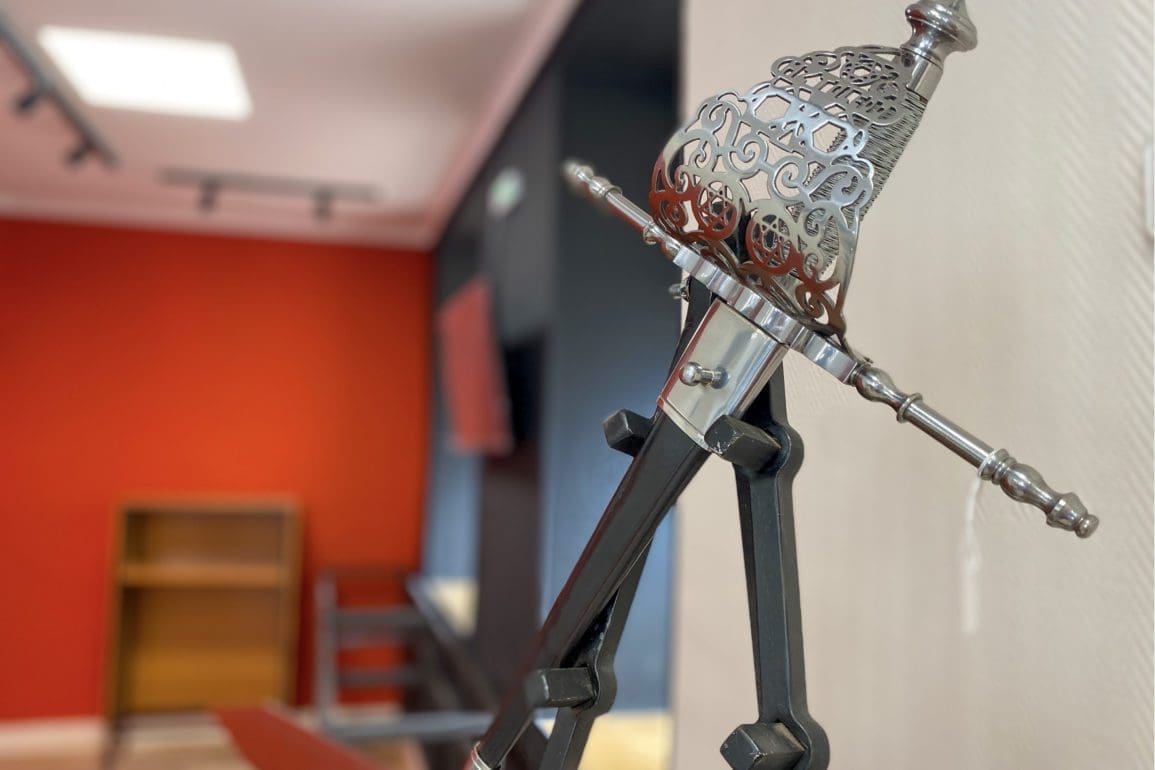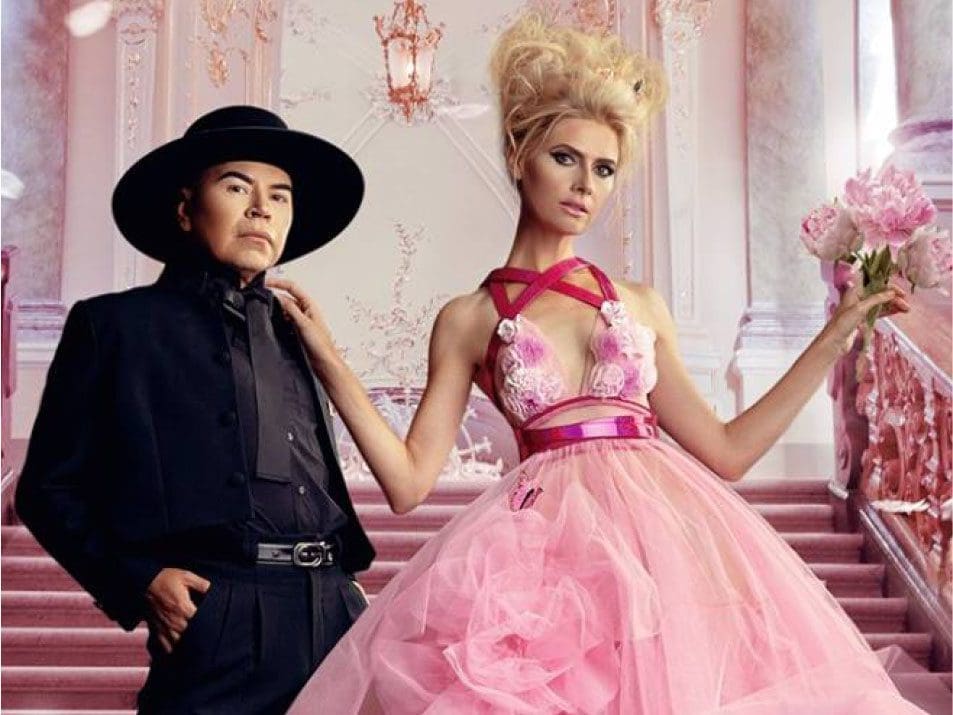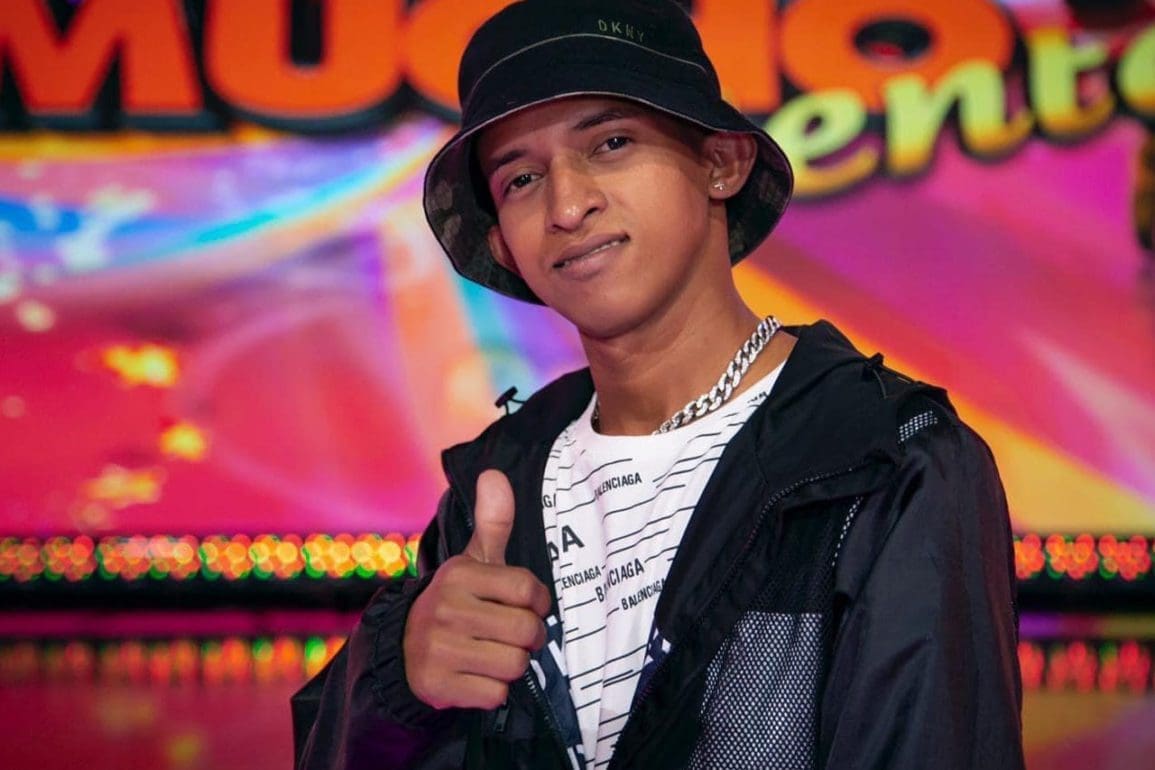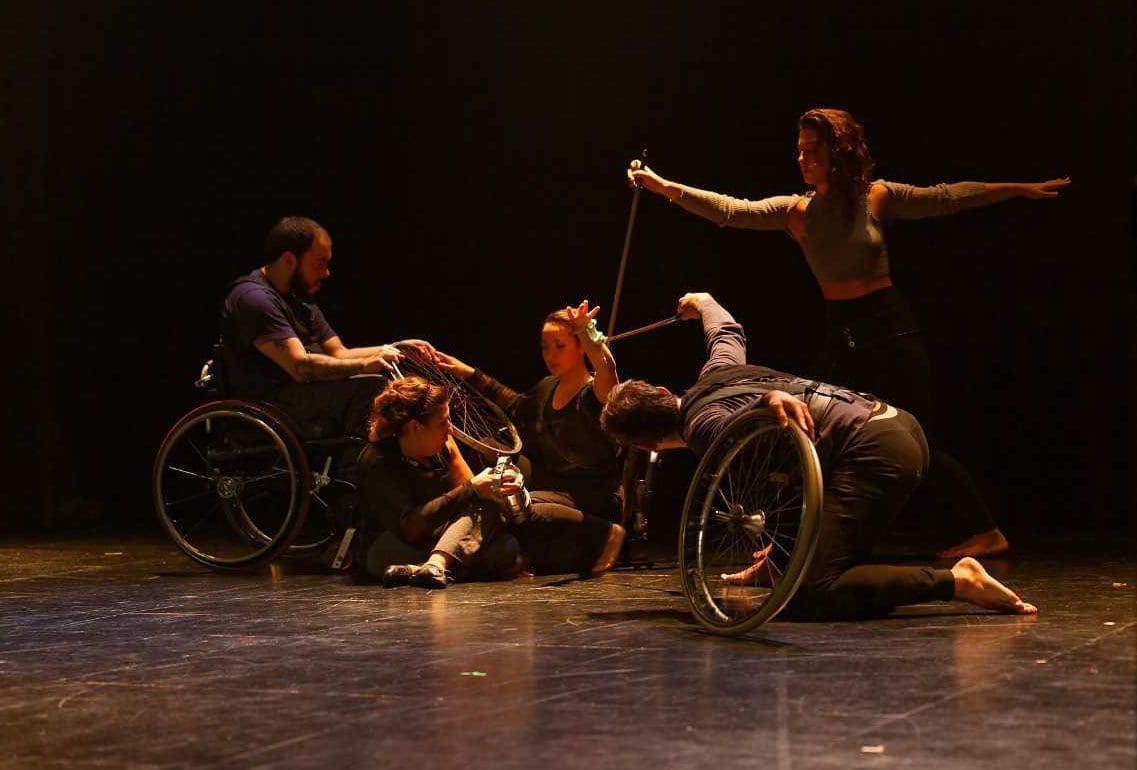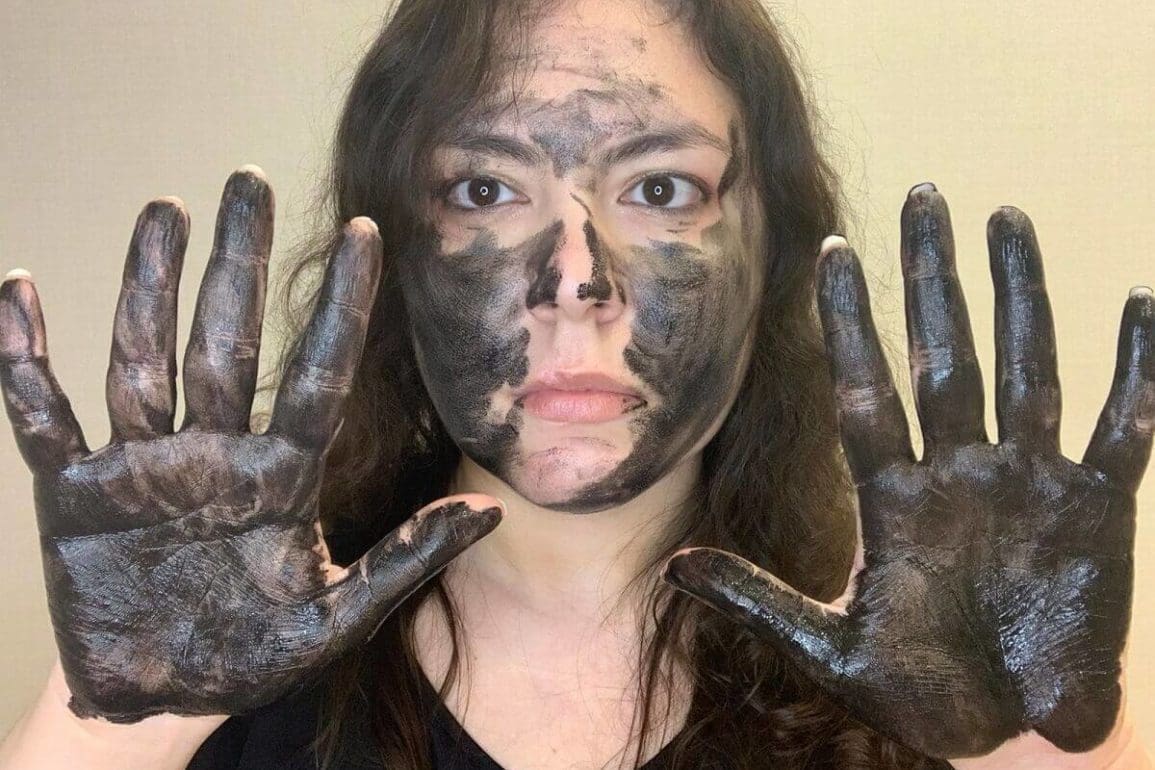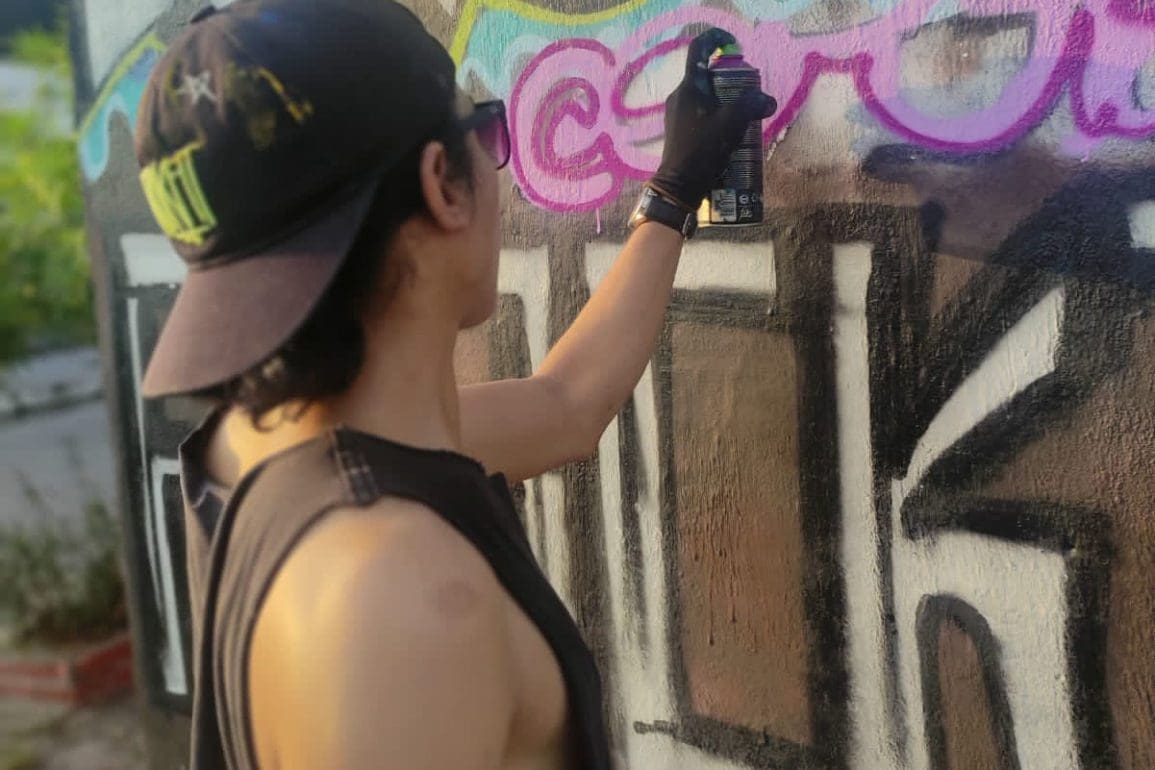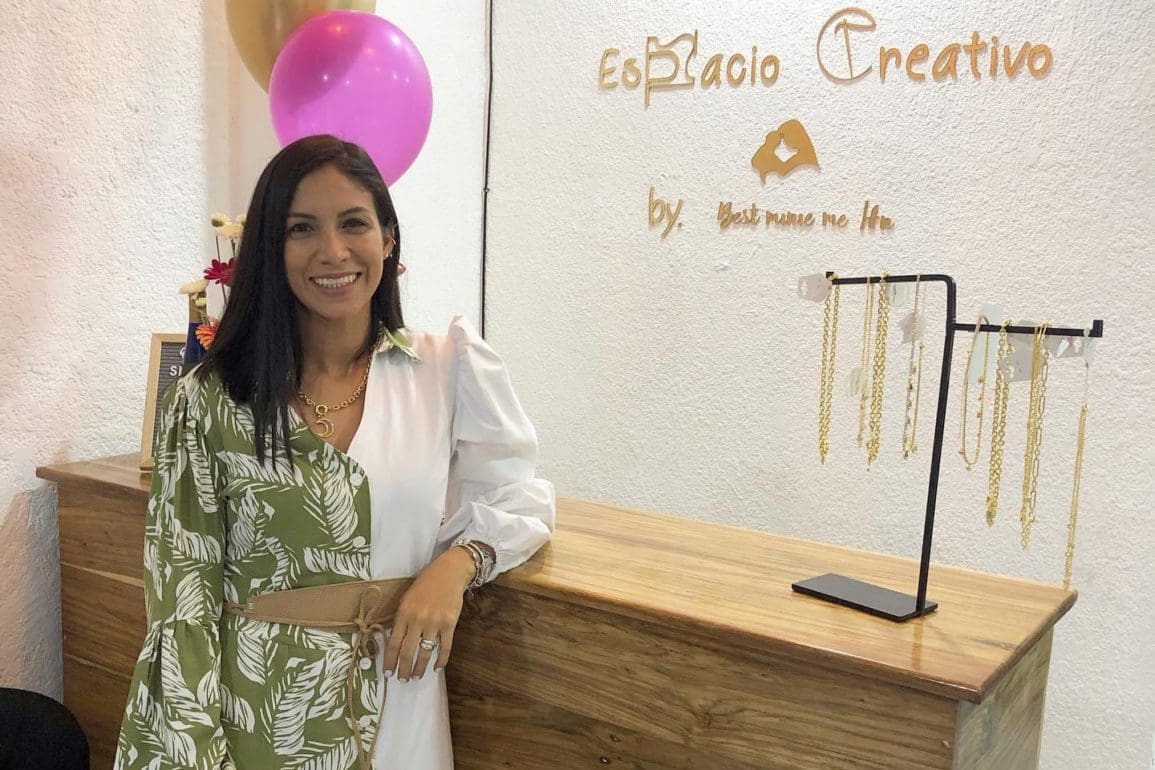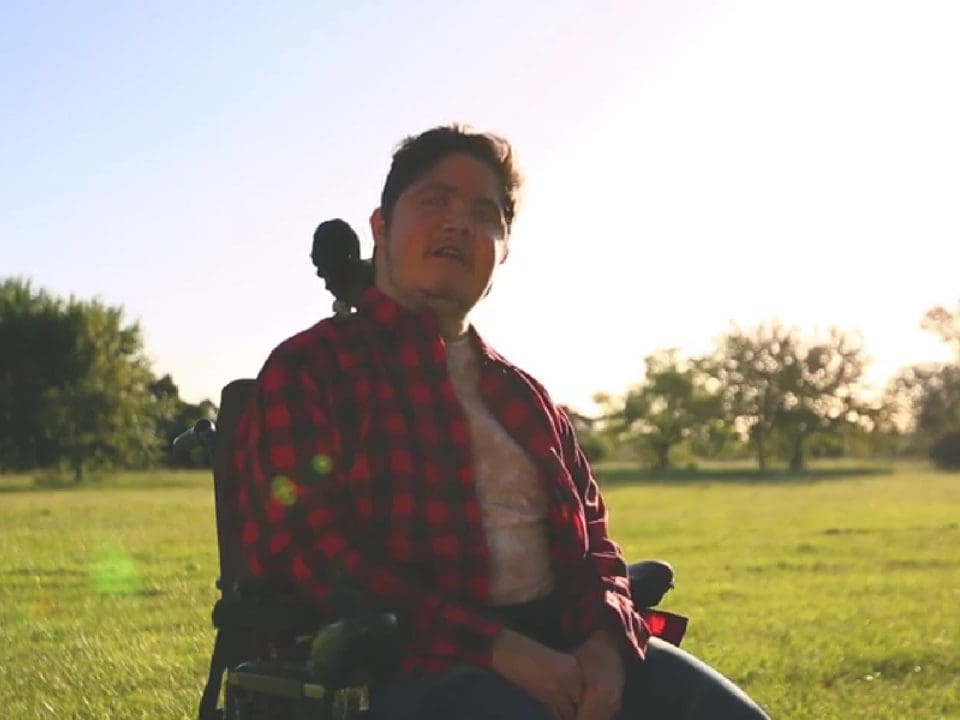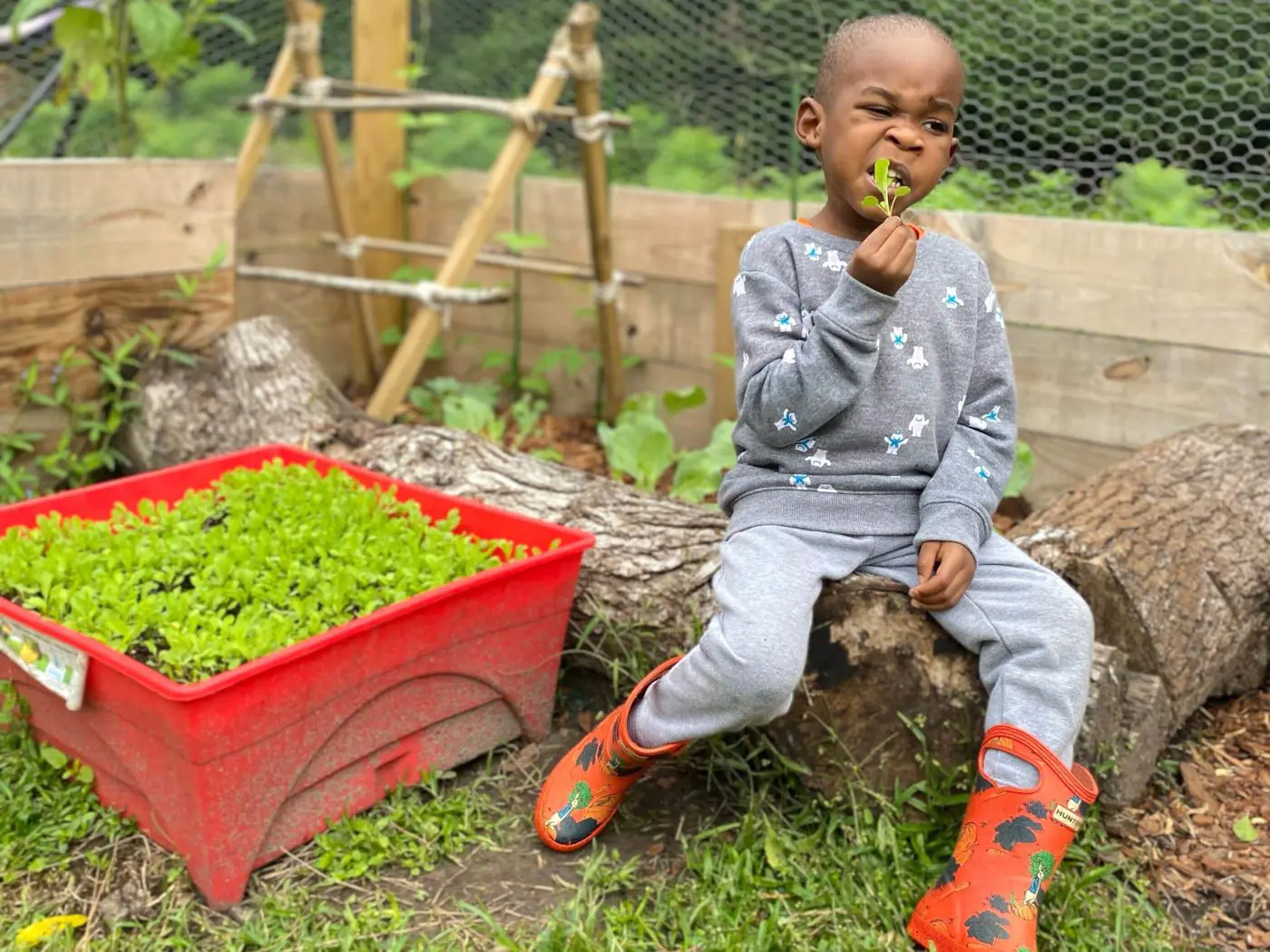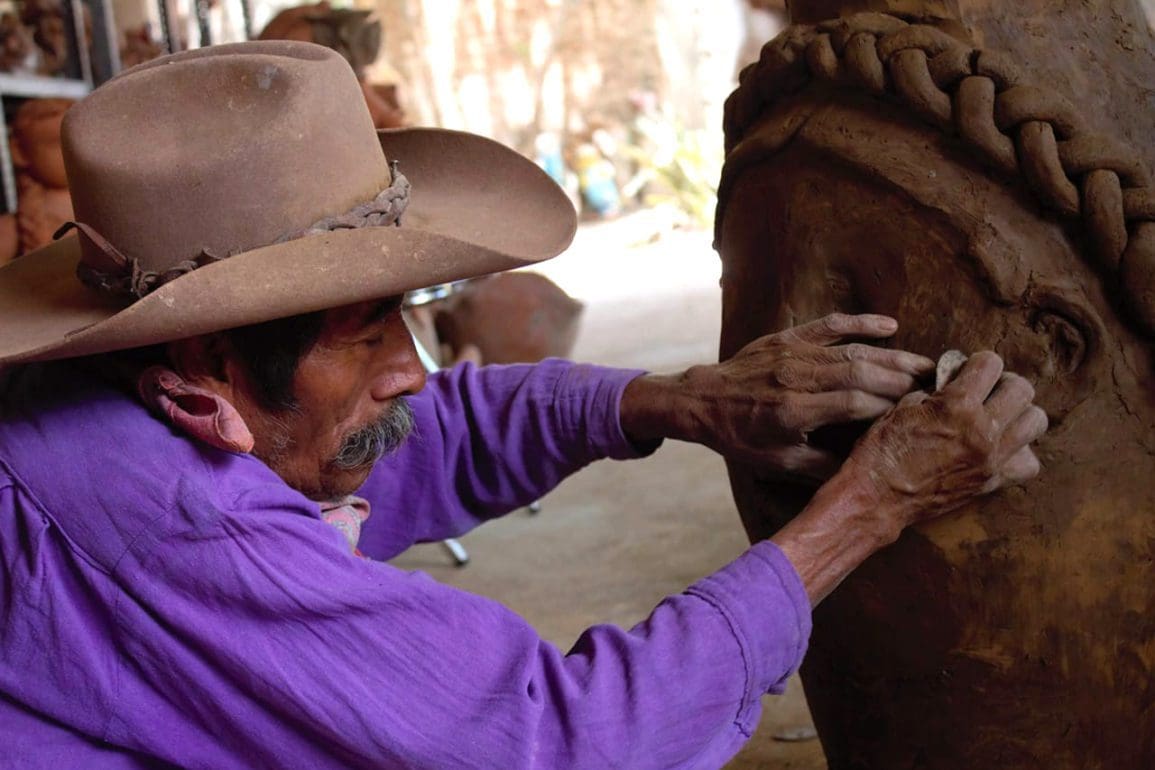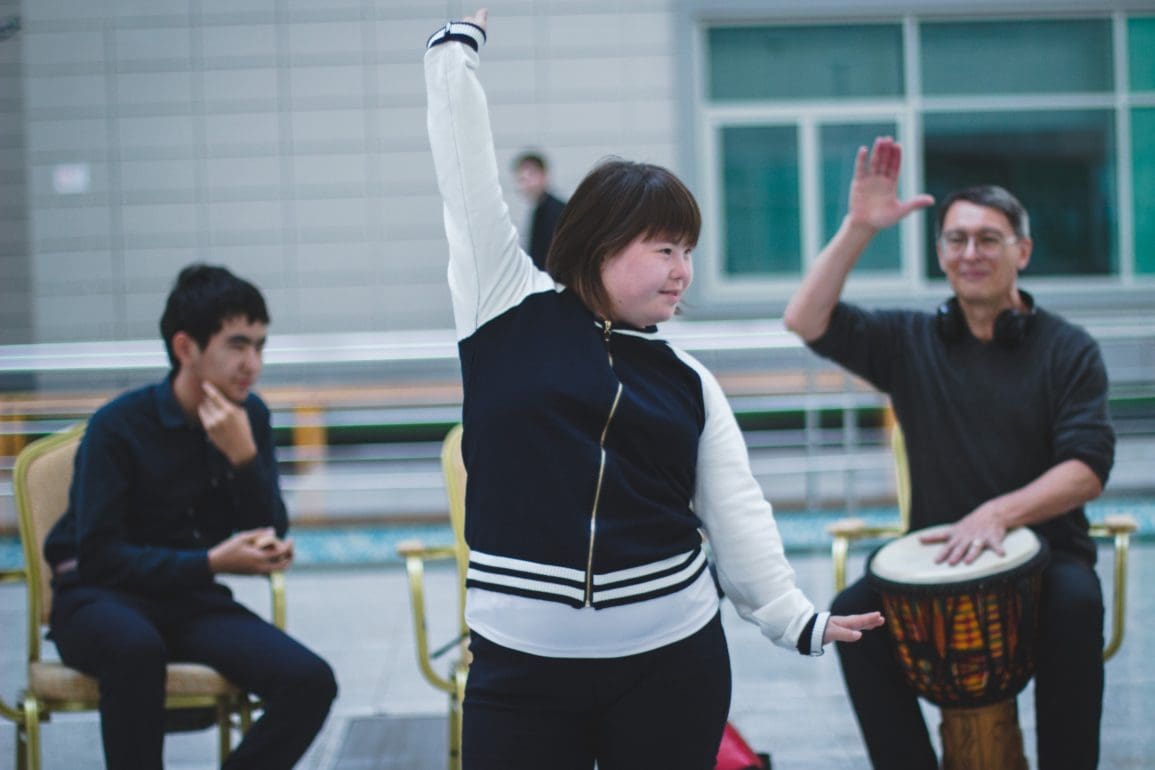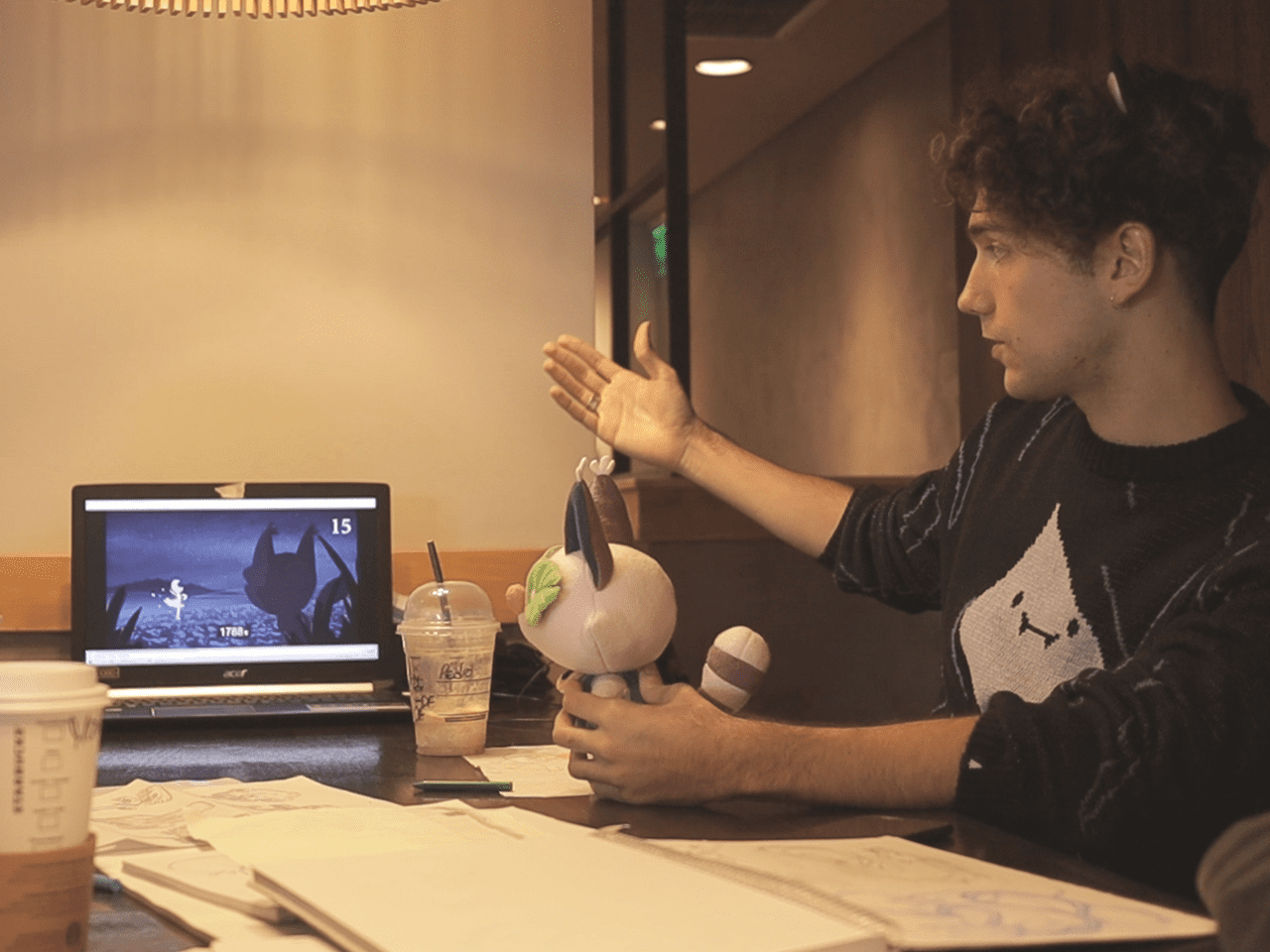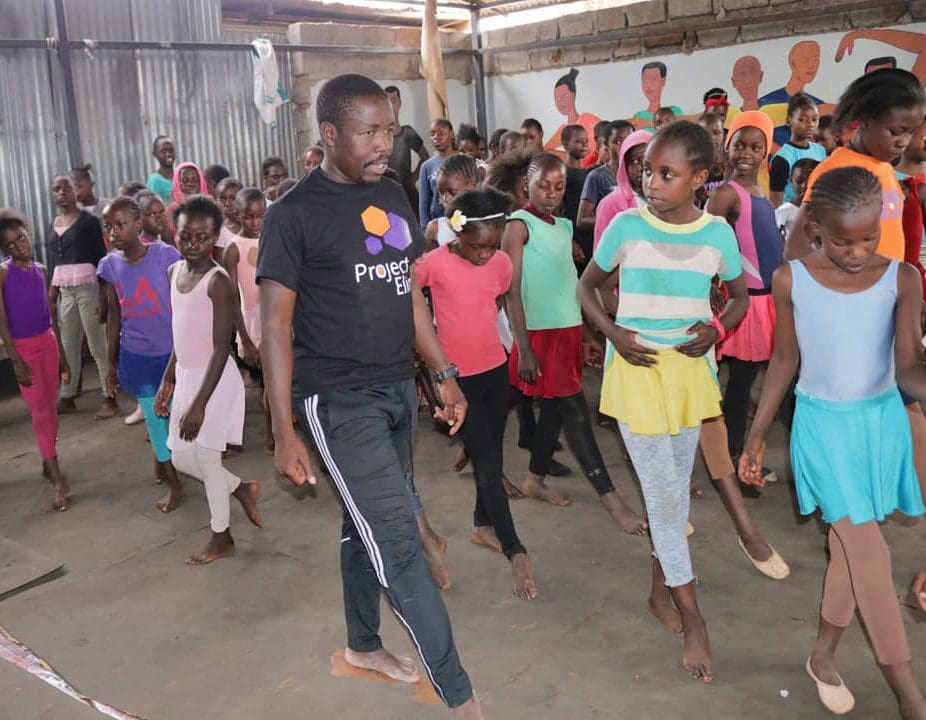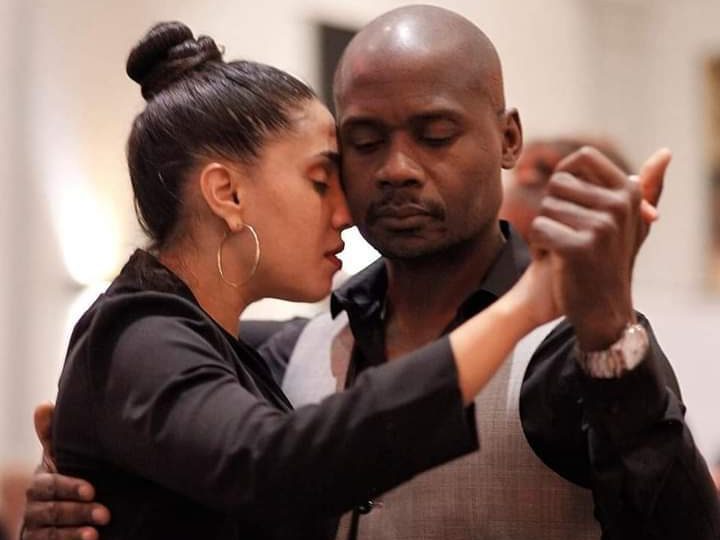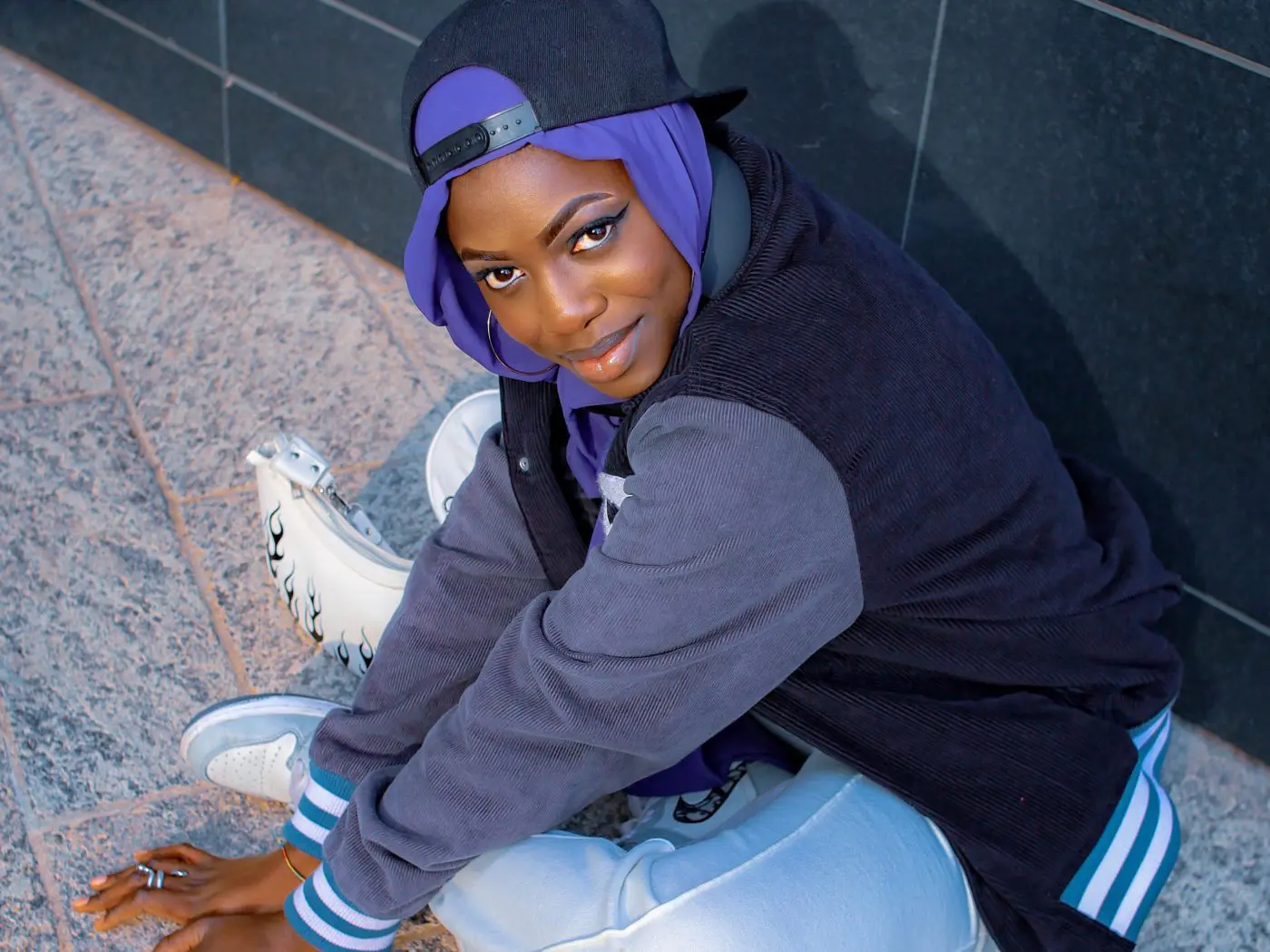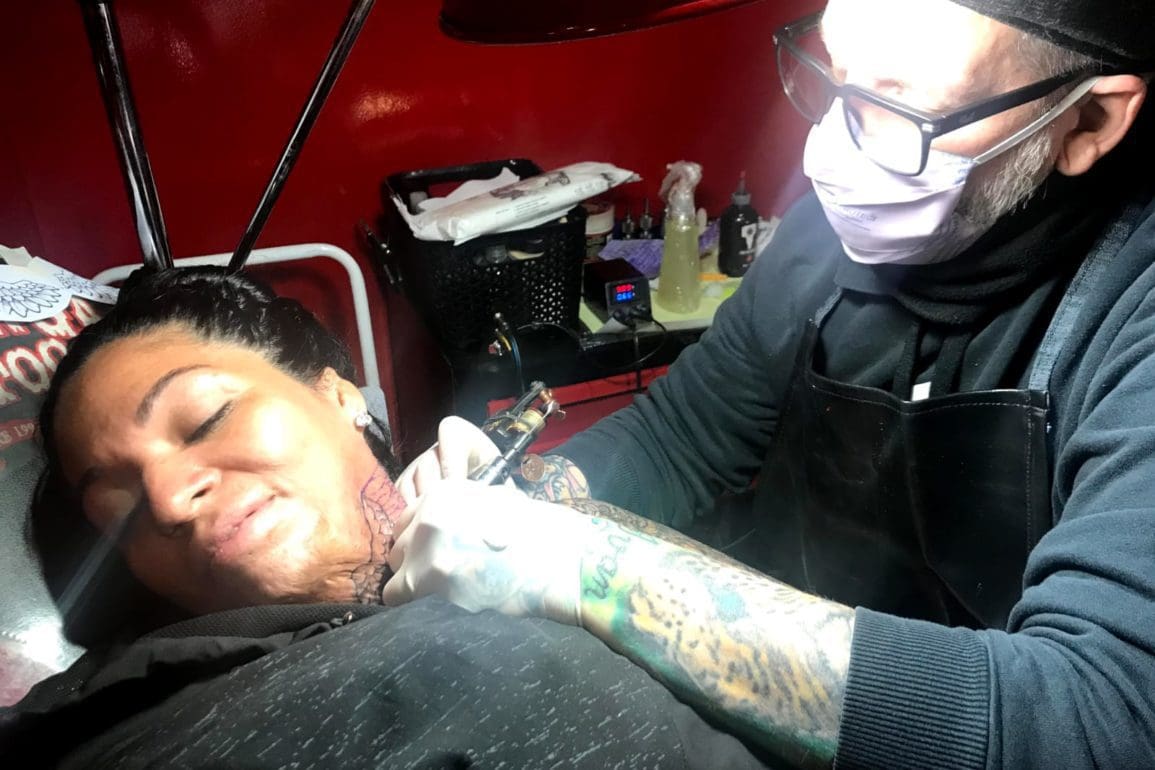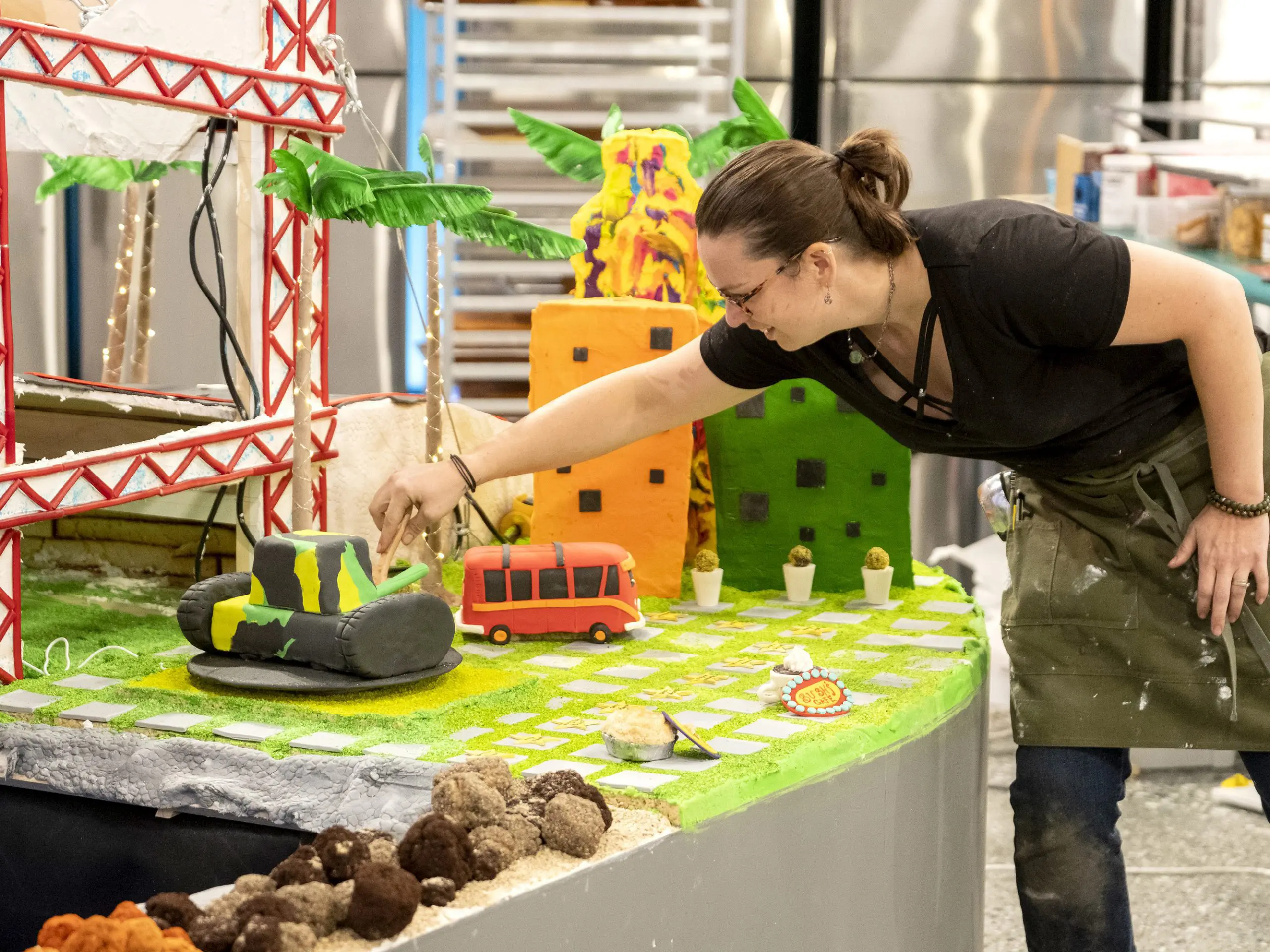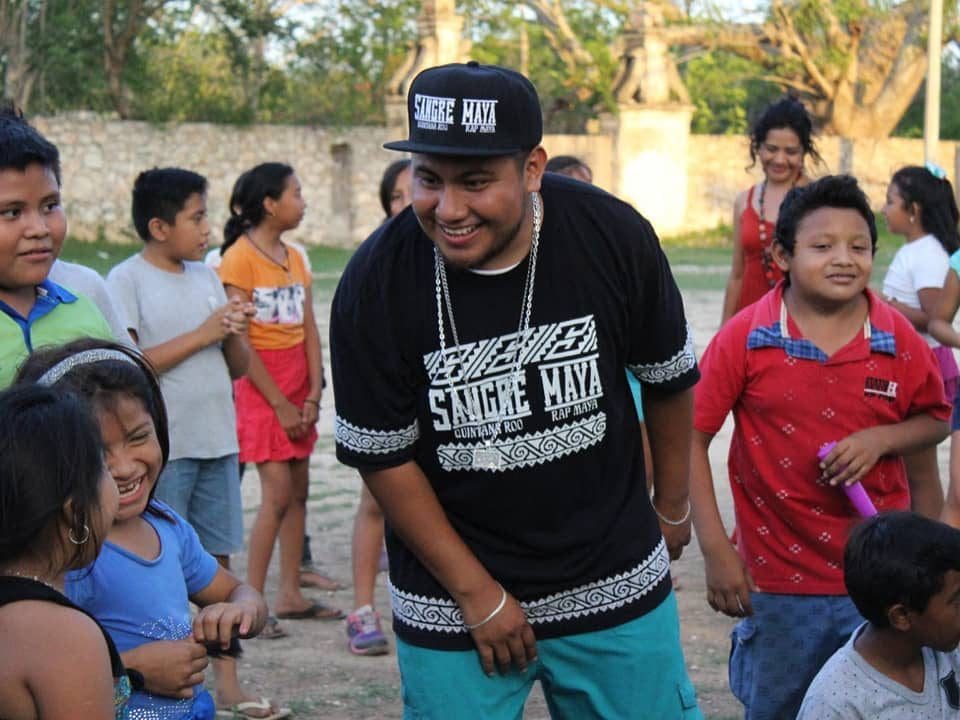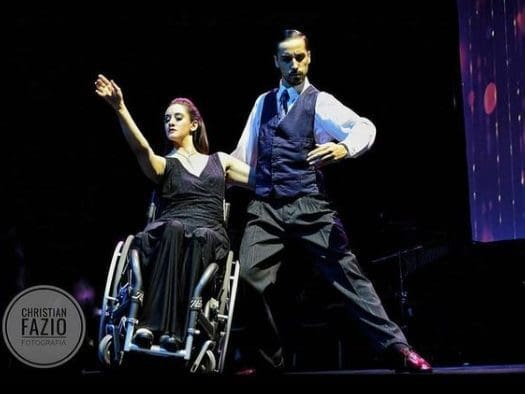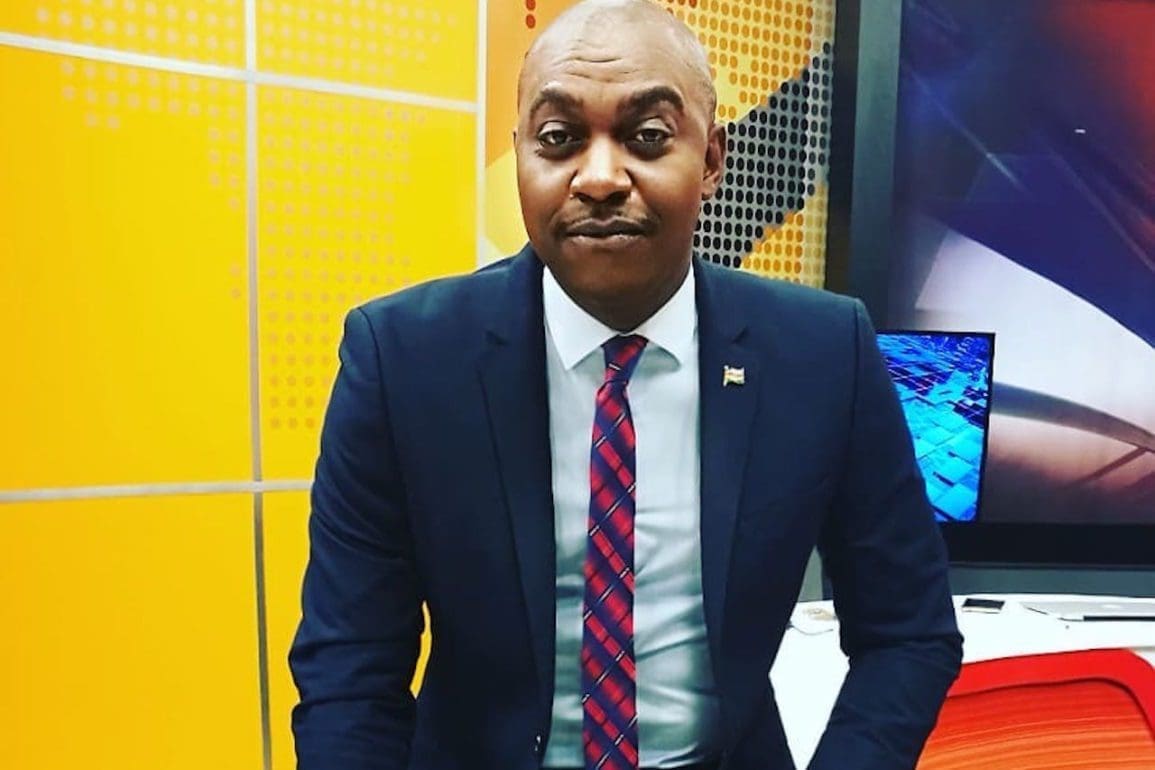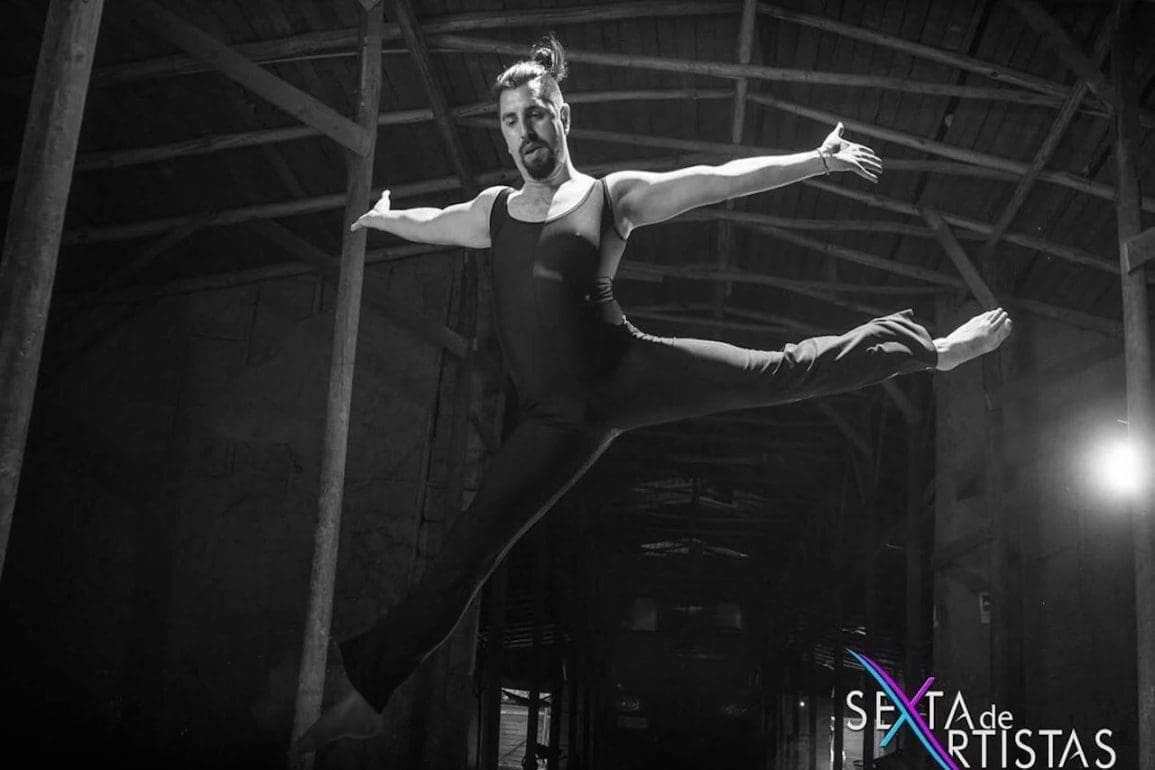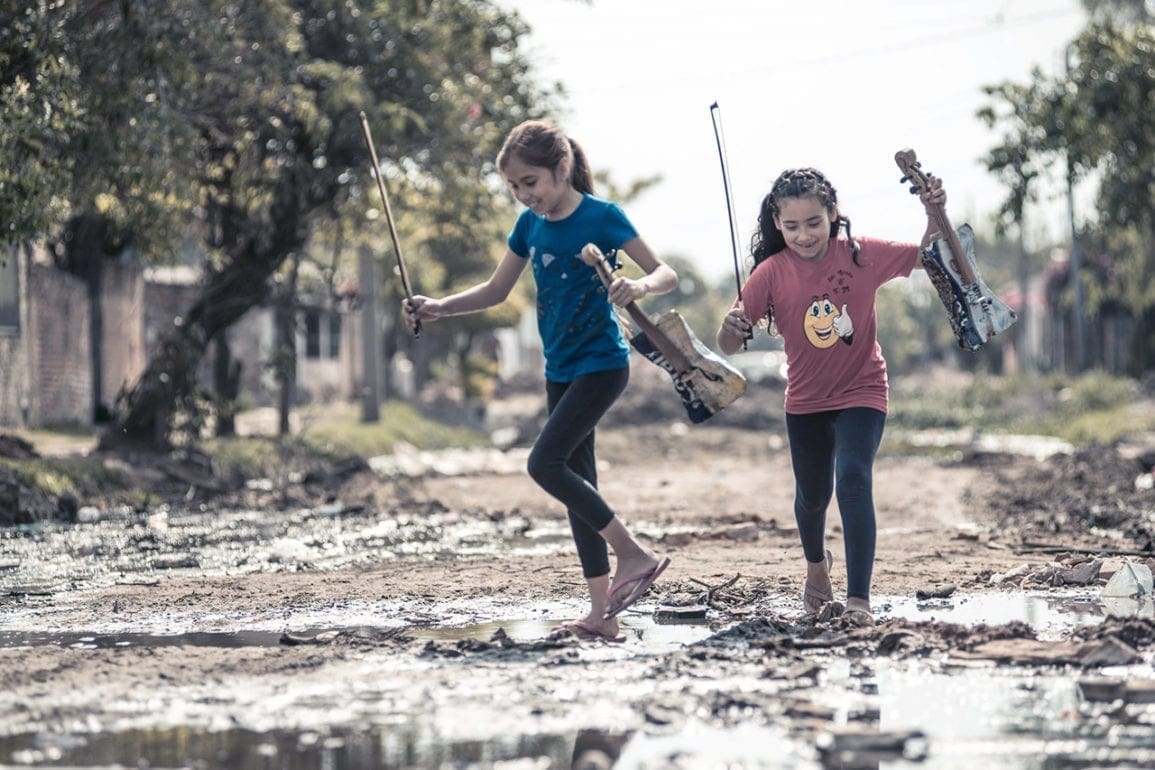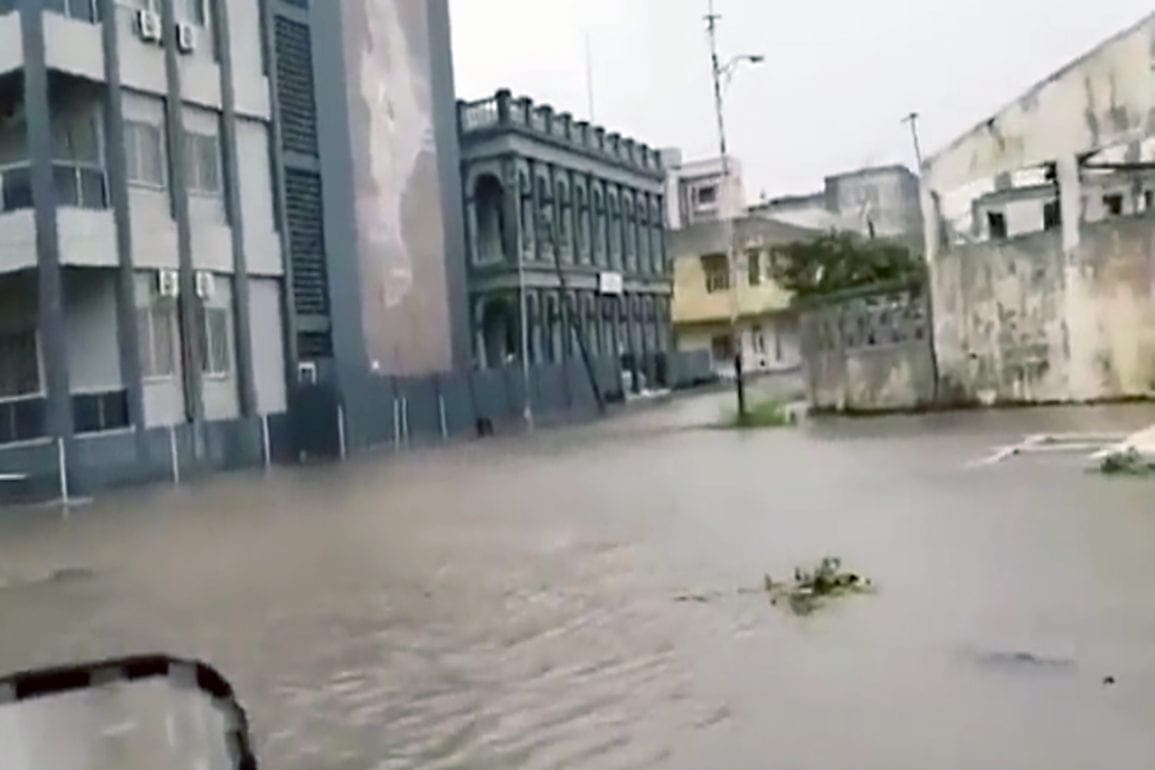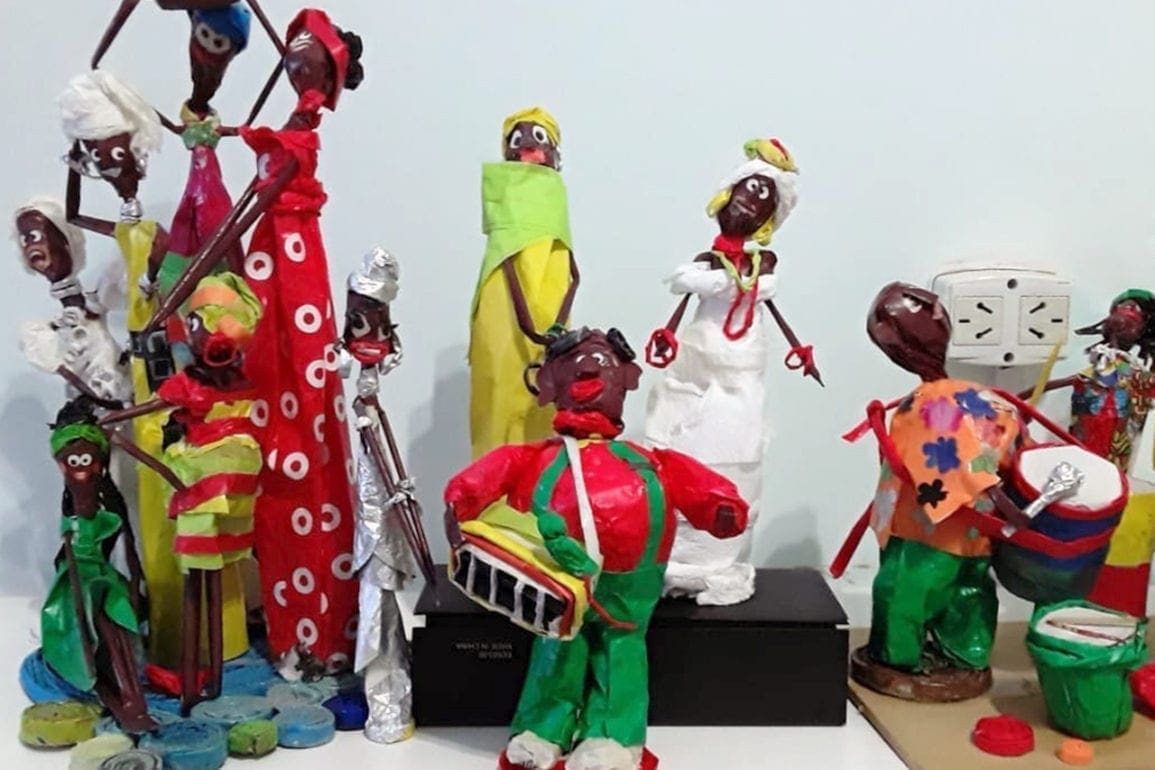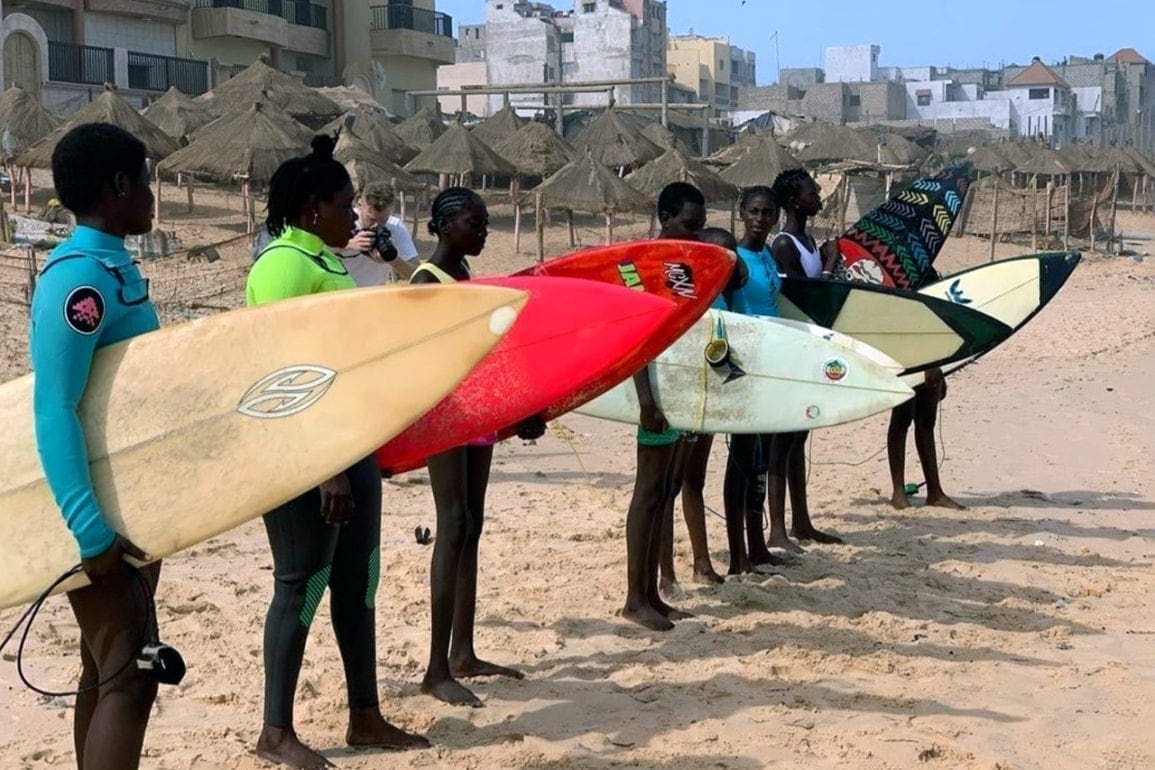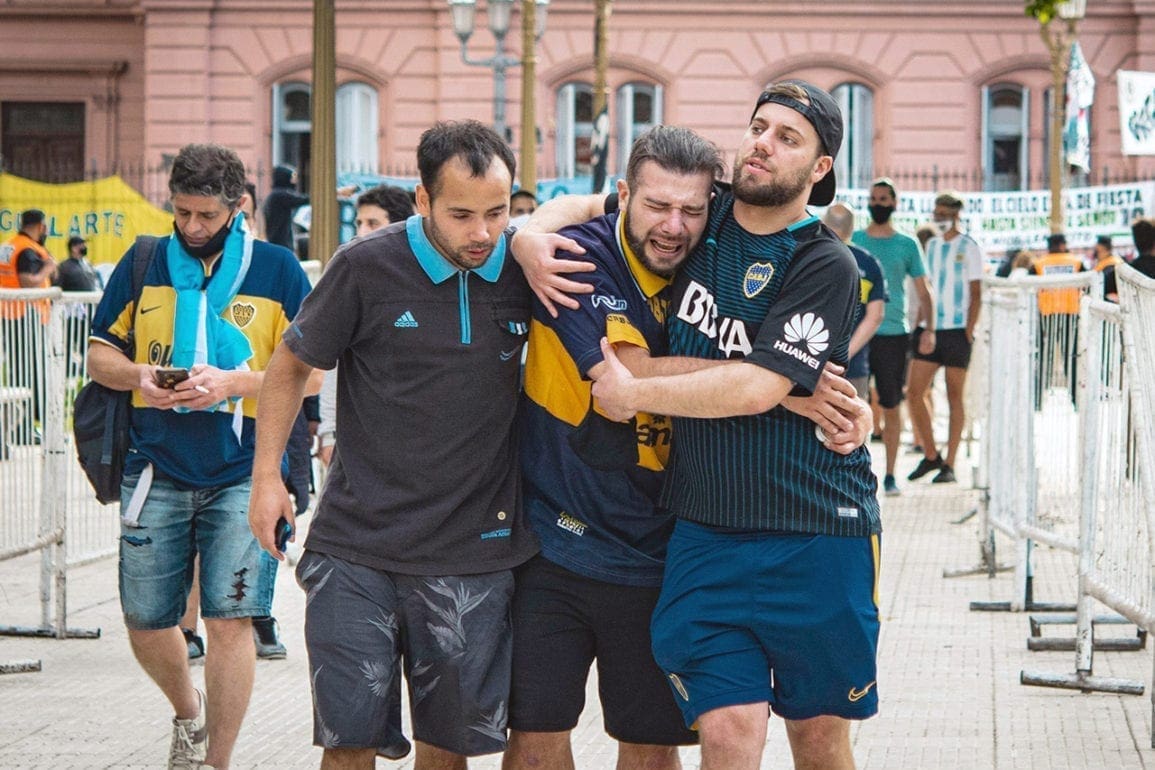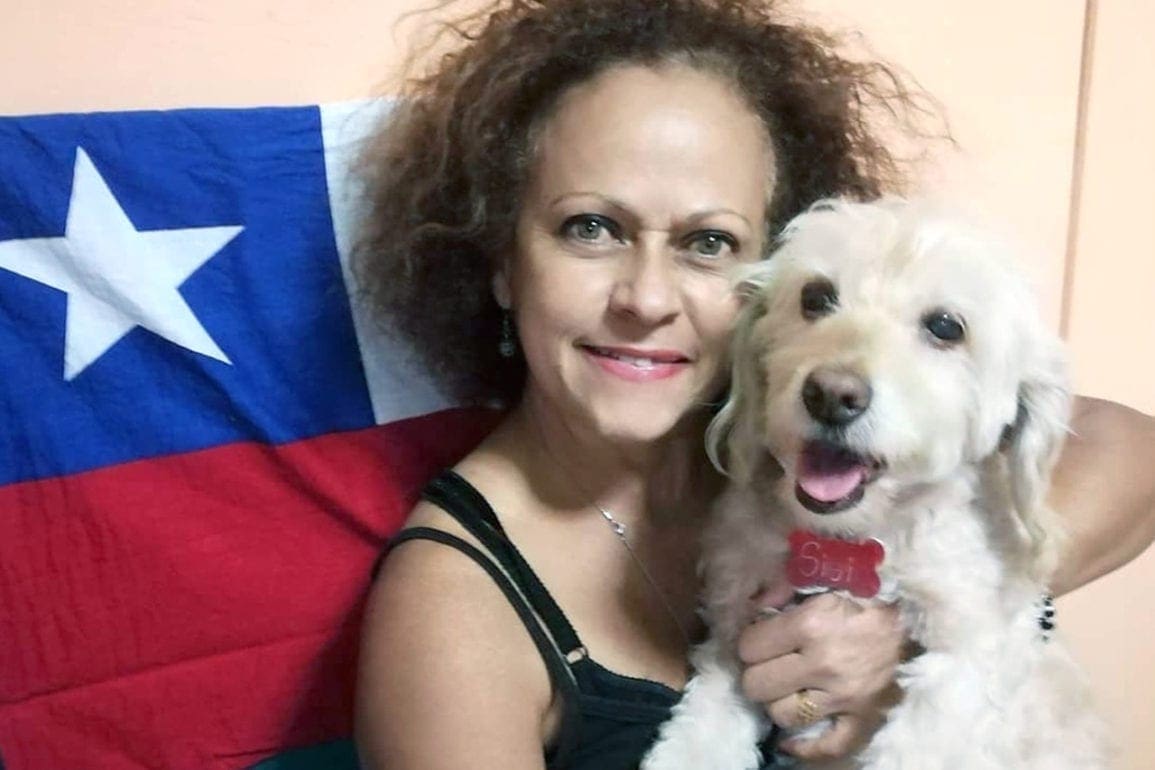Hot new fashion gains global attention: D.R.Y founder creates clothes from recycled umbrellas
As I recovered old, broken, rusty umbrellas, the joy of possibility filled the room. I found them on the streets and people brought them to me. Each umbrella became a symbol of my mission and a viable source of work.
- 2 years ago
October 21, 2023
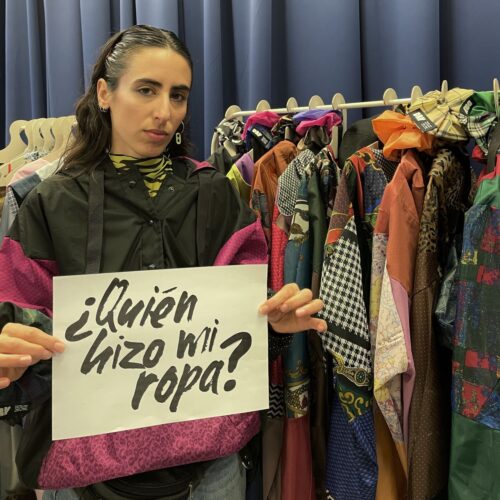
BUENOS AIRES, Argentina ꟷ Strolling through the streets of Palermo after a heavy rain, I stumbled upon a discarded umbrella thrown into the street. I felt like I found a treasure and a vision materialized in my mind. I imagined what it could become. Although I grappled with a voice inside my head saying, “This is nonsense,” joy filled my heart. Deep down, I knew this umbrella represented my mission to improve the environment.
Meet more visionaries from around the world, turning ideas into reality.
For a long time, when I looked around and saw the socio-environmental problems in society, I felt a powerful, personal motivation to change my habits. Little by little, I incorporated environmentally sustainable behaviors into my life, documenting it all in a blog, but I wanted to move beyond communication to action. I began studying data on the environment, and I discovered ecologism [a political ideology that suggests we give moral consideration to the non-human world in social, economic, and political systems]. It fascinated me.
During my research I discovered that most discarded umbrellas end up in landfills and [can take 30 to 40 years or more] to decompose. I launched my company D.R.Y. [Design. Recycled. You.], a sustainable clothing brand that utilizes material from discarded umbrellas for fashion. Soon, Argentina’s network of municipalities against climate change [through a European Union green jobs program] named us a triple impact brand. We were making a difference environmentally, socially, and economically.
An artisanal workshop where purpose combines with creativity to benefit the planet
Living in the rainy city of Buenos Aires, I often saw broken umbrellas littering the streets. Then, like magic, they would disappear. [Many sources count the number of discarded umbrellas at over a billion annually.] Likely, they ended up in landfills.
My life at that time revolved around art and communication. I was a dancer and an actor, but when I saw the umbrellas, I envisioned turning the nylon fabric into clothes. I knew nothing of the industry, so I approached a friend who worked in fashion design.
With a little mentoring, I soon launched D.R.Y. to help solve the problem of discarded umbrellas in my city. I wanted the company to serve as a call to action: a challenge to change consumer behavior and take personal responsibility for the planet.
As I recovered old, broken, rusty umbrellas, the joy of possibility filled the room. I found them on the streets and people brought them to me. Each umbrella became a symbol of my mission and a viable source of work. I disassembled each piece manually without the use of machines, taking care to protect the nylon fabrics. My mother dove in to help and the workspace became an artisanal workshop. Each article of clothing we created felt like a puzzle we pieced together.
The first time I held a finished garment in my hands, an amazing emotion swept through me, and it still happens every time. Each one-of-a-kind piece represents purpose, consciousness, and social change. D.R.Y. allows me to live experiences I never imagined, from attending fashion week in Madrid to reaching the finals at the Green Awards in the Galapagos Islands.
From the streets to the workshop and back out to the community: we can each contribute our grain of sand
For a year and half after launching my brand, I felt mind-blown by the process. I found mentors and trainers in various areas of the industry who put my dreams within reach. Every event felt like a milestone, reaffirming my path, and driving me to push further. Standing on stage at the Green Awards in Ecuador as a finalist, so quickly after launching D.R.Y., left me speechless. The words I prepared evaporated and only the emotion remained. With my parents watching, the pure excitement of turning my ideas into reality filled me with gratitude.
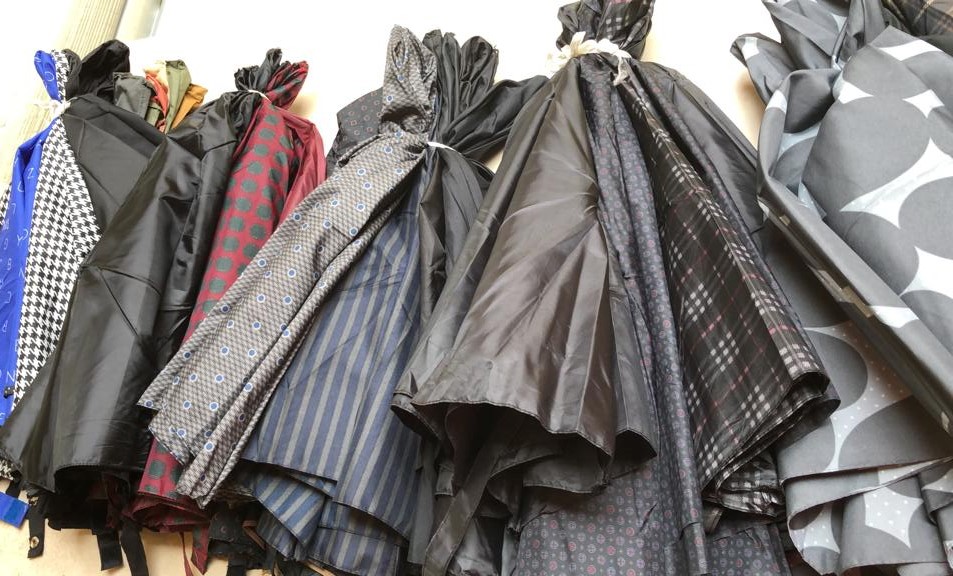
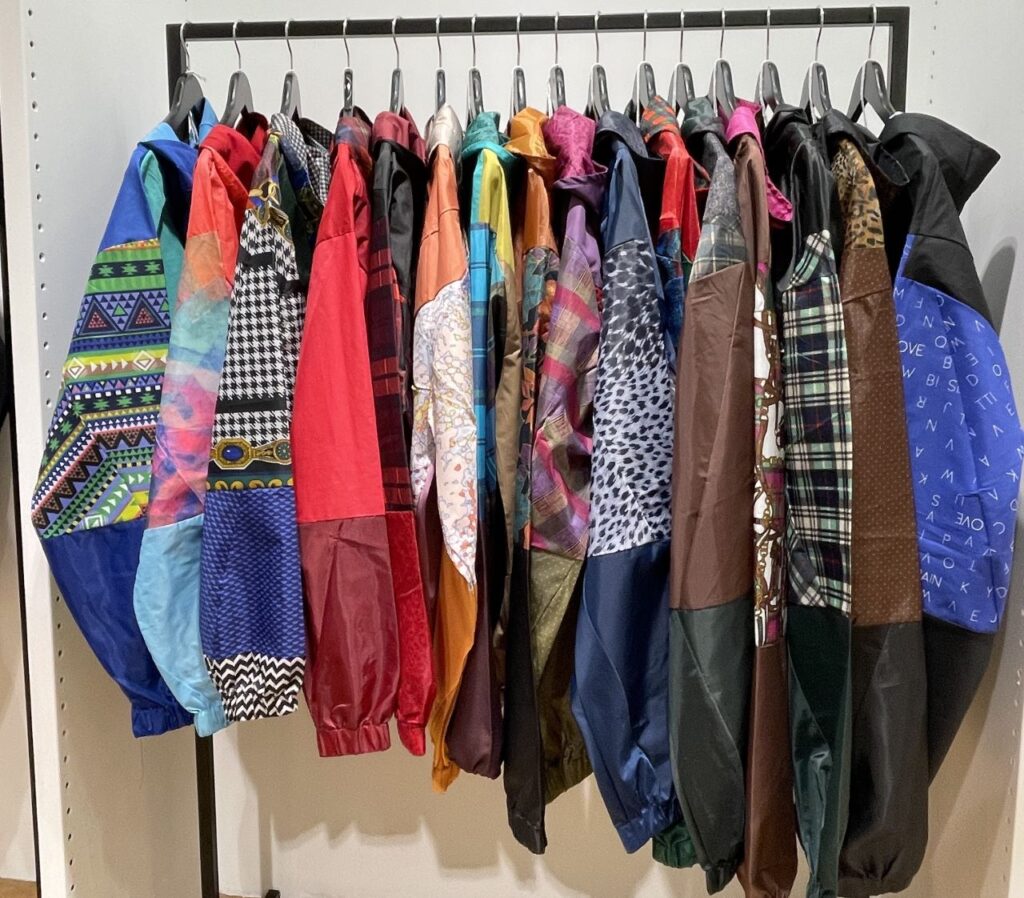
Today, my work goes beyond simply making clothes. In the workshop, I began to worry about the leftover metal remnants from the discarded umbrellas. A friend told me about the Niwok Foundation, which collected the metal frames for reuse. I called them and a beautiful collaboration ensued. Now, we donate all the metal remnants from the umbrellas to the foundation. From there, they make their way to the indigenous women of the Wichí community. The women transform them into knitting needles used to create and sell fair trade products.

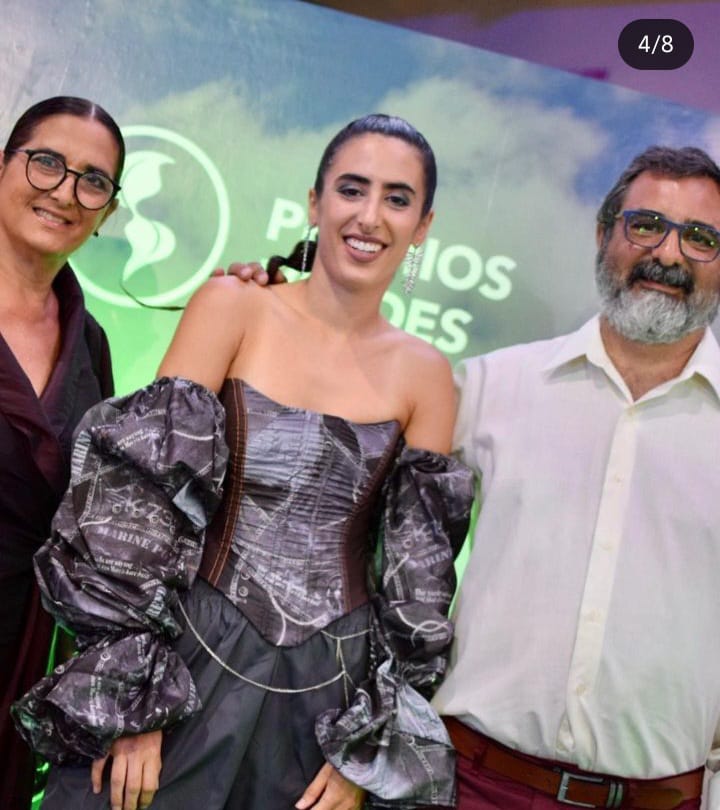
The work taking place at D.R.Y. represents environmentally conscious cooperation and the possibility that each person can contribute where they are at. Together, we can make an impact at a global level and act against climate change. I still feel surprised at times by the unexpected and magnificent success of D.R.Y. Doing the right thing for the planet need not be expensive nor complicated. From personal products, to transportation, to food – each of us can contribute our own grain of sand toward a healthier planet.

